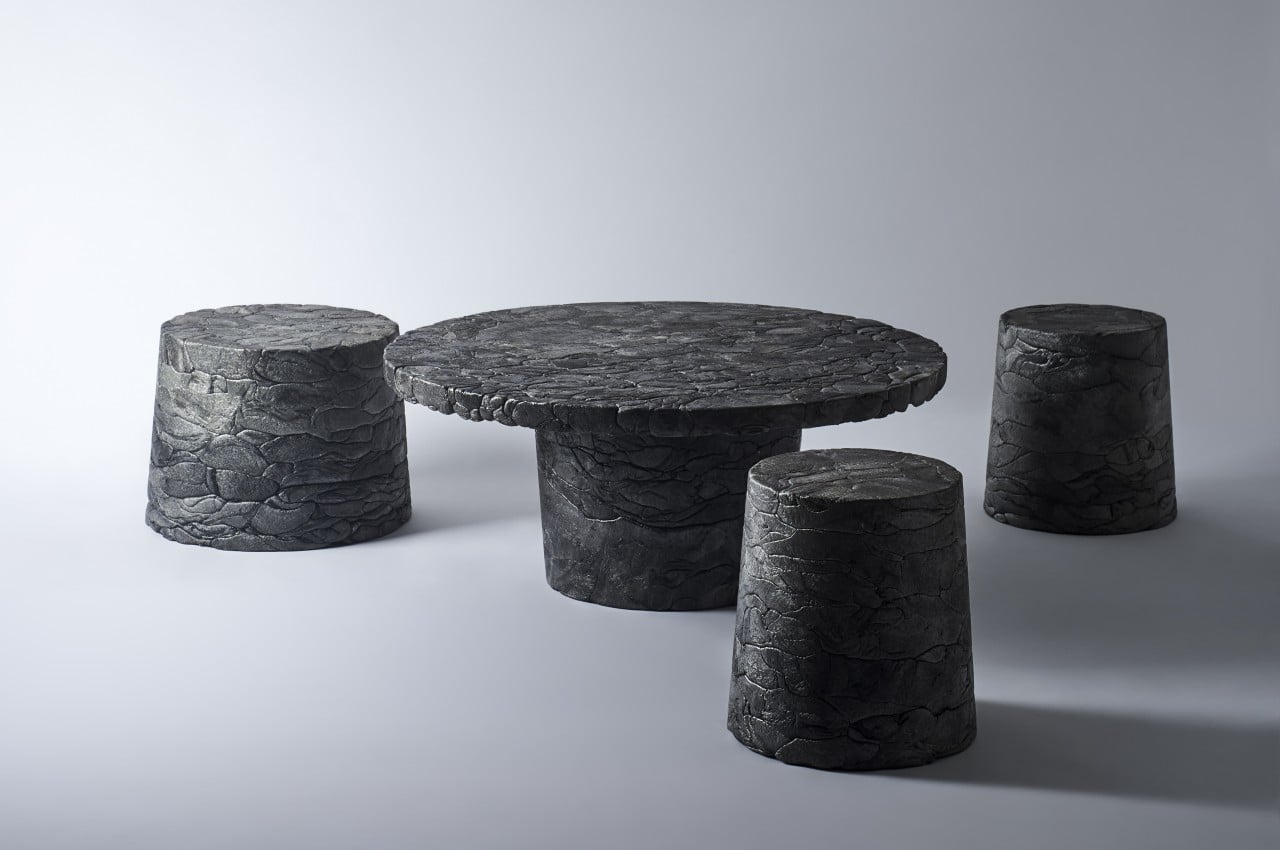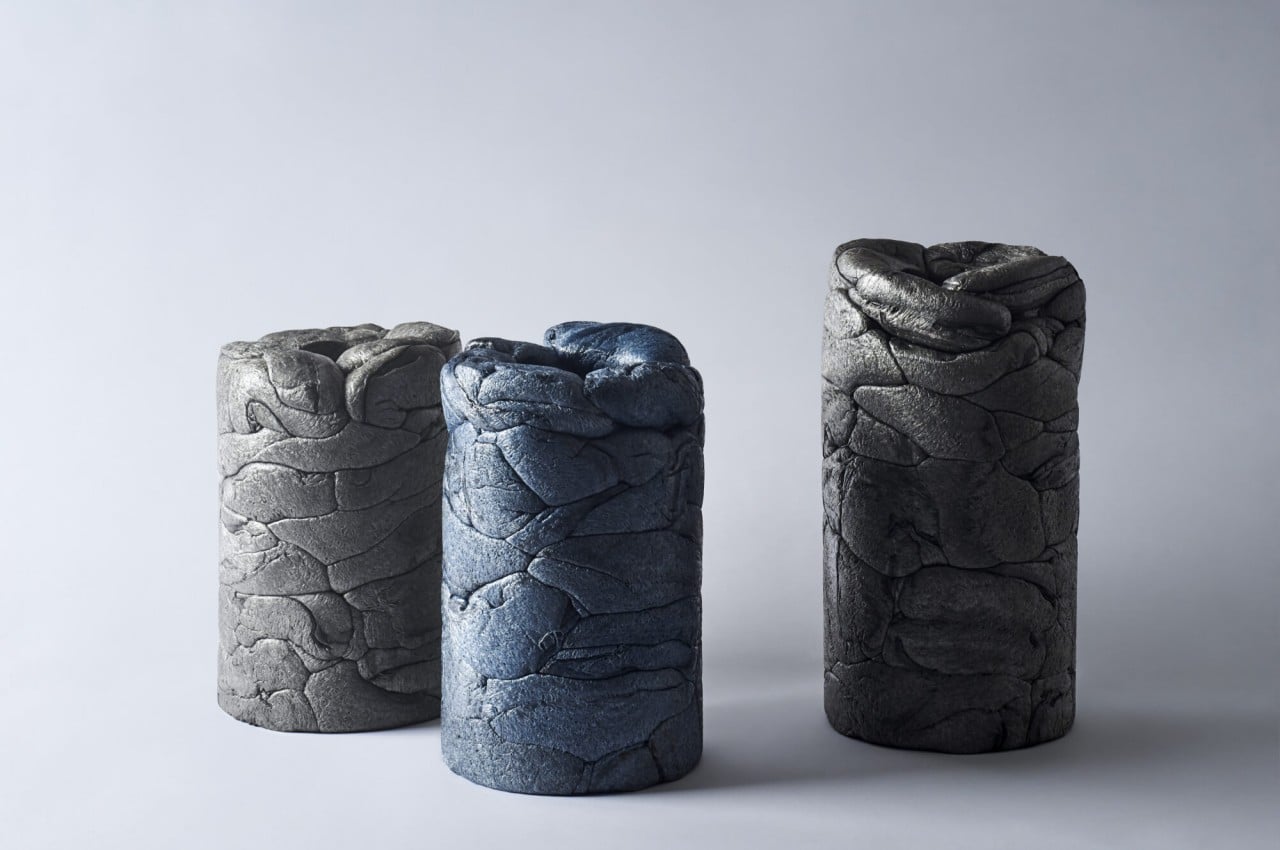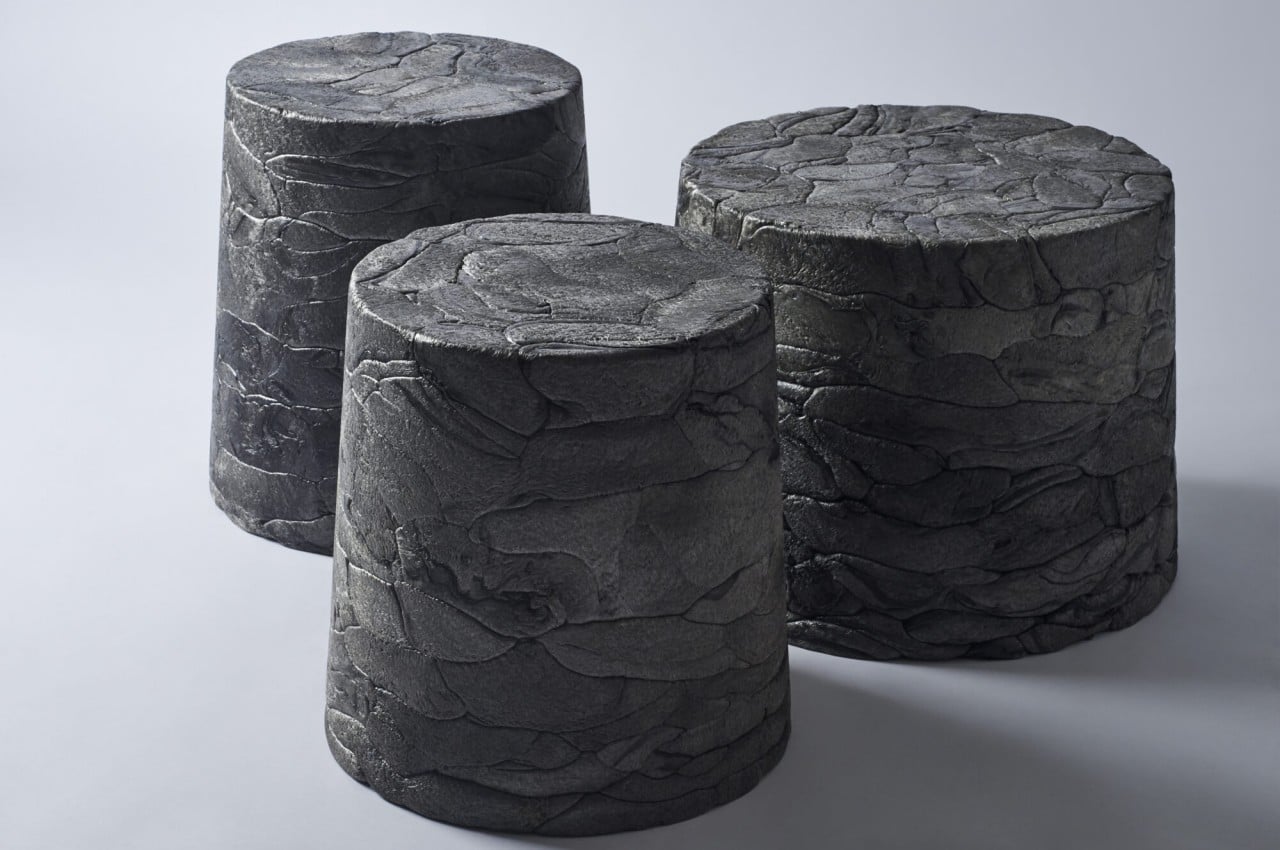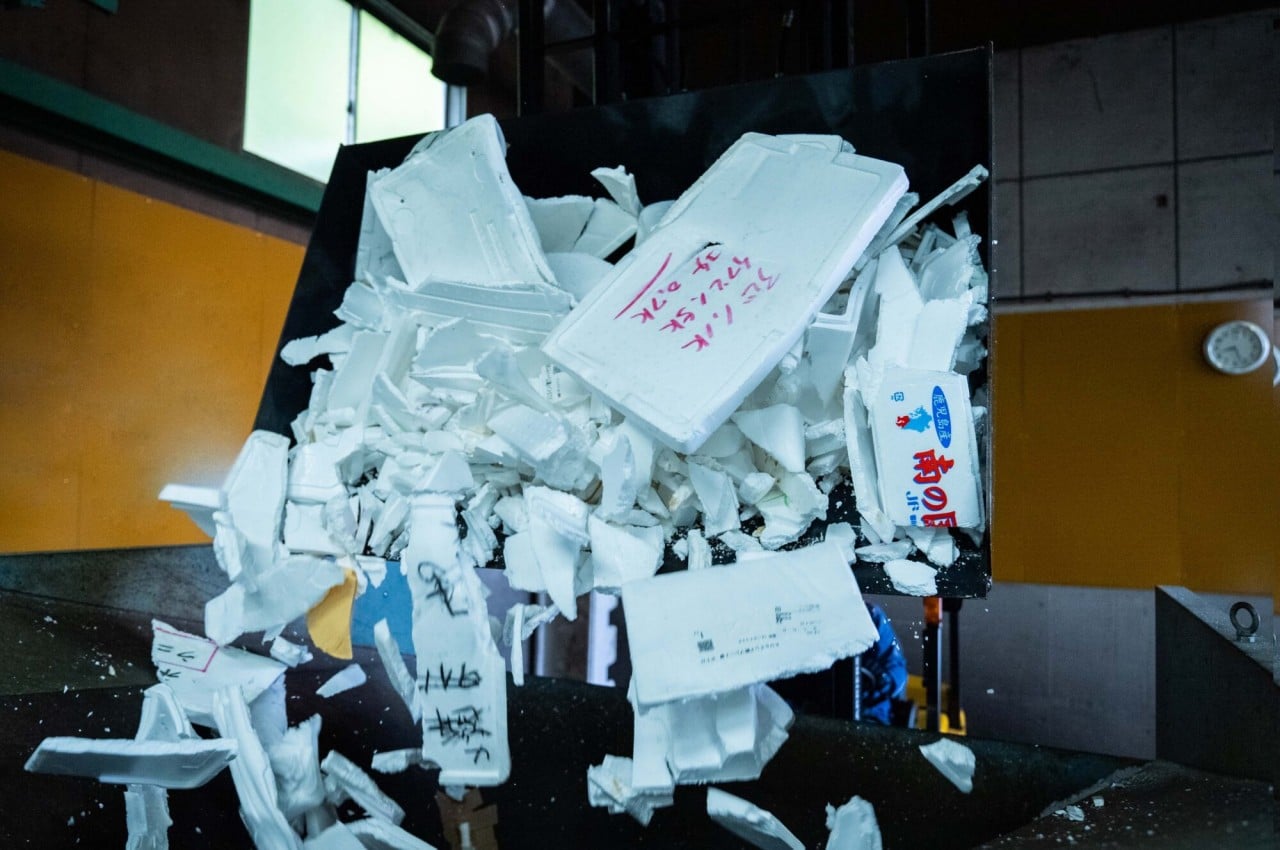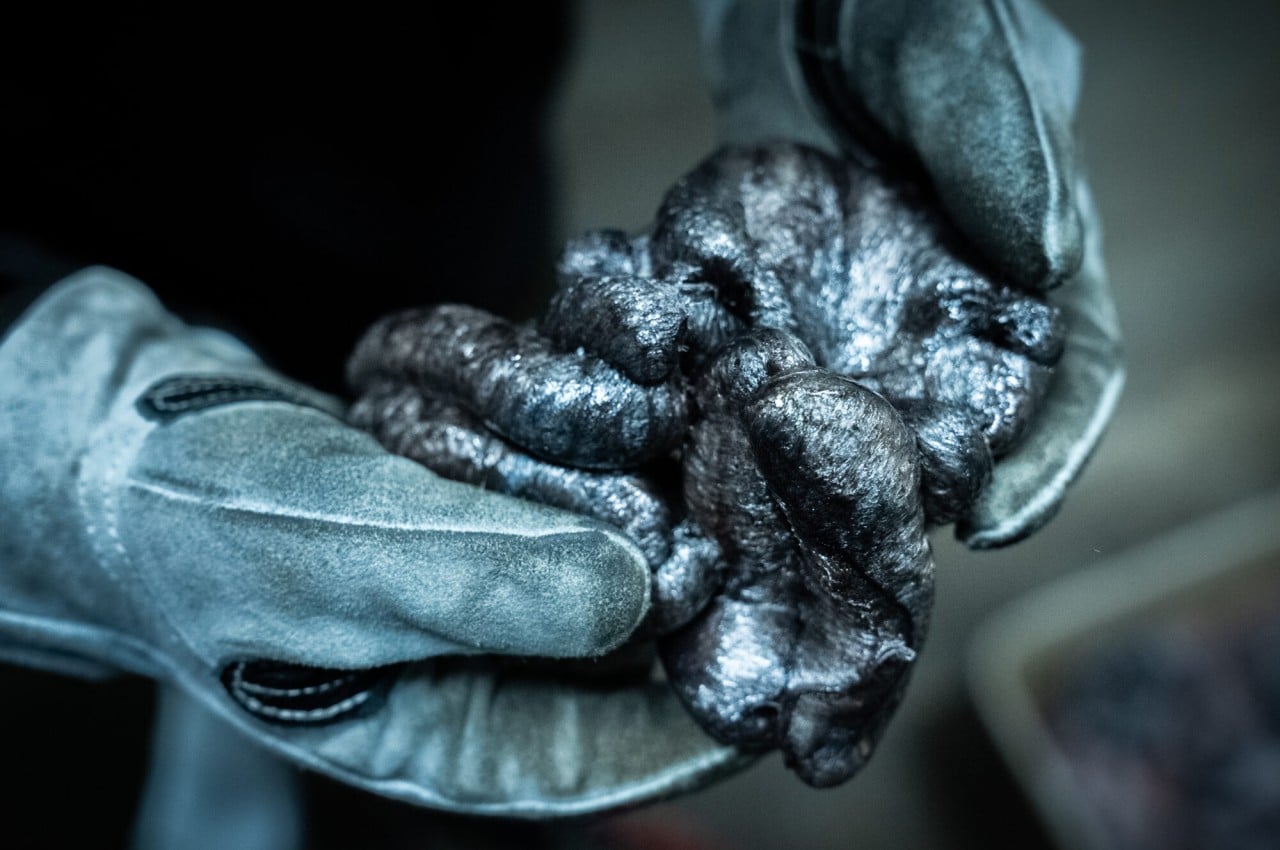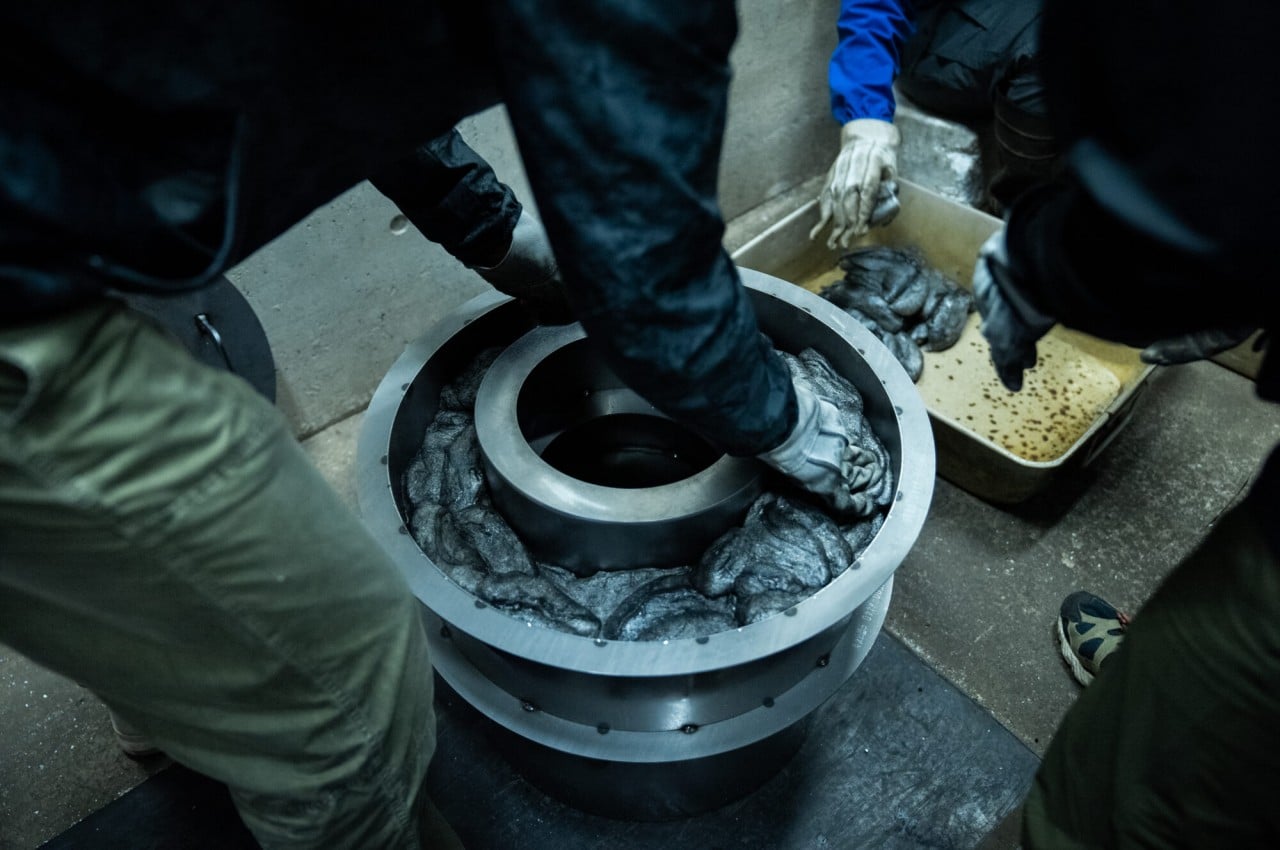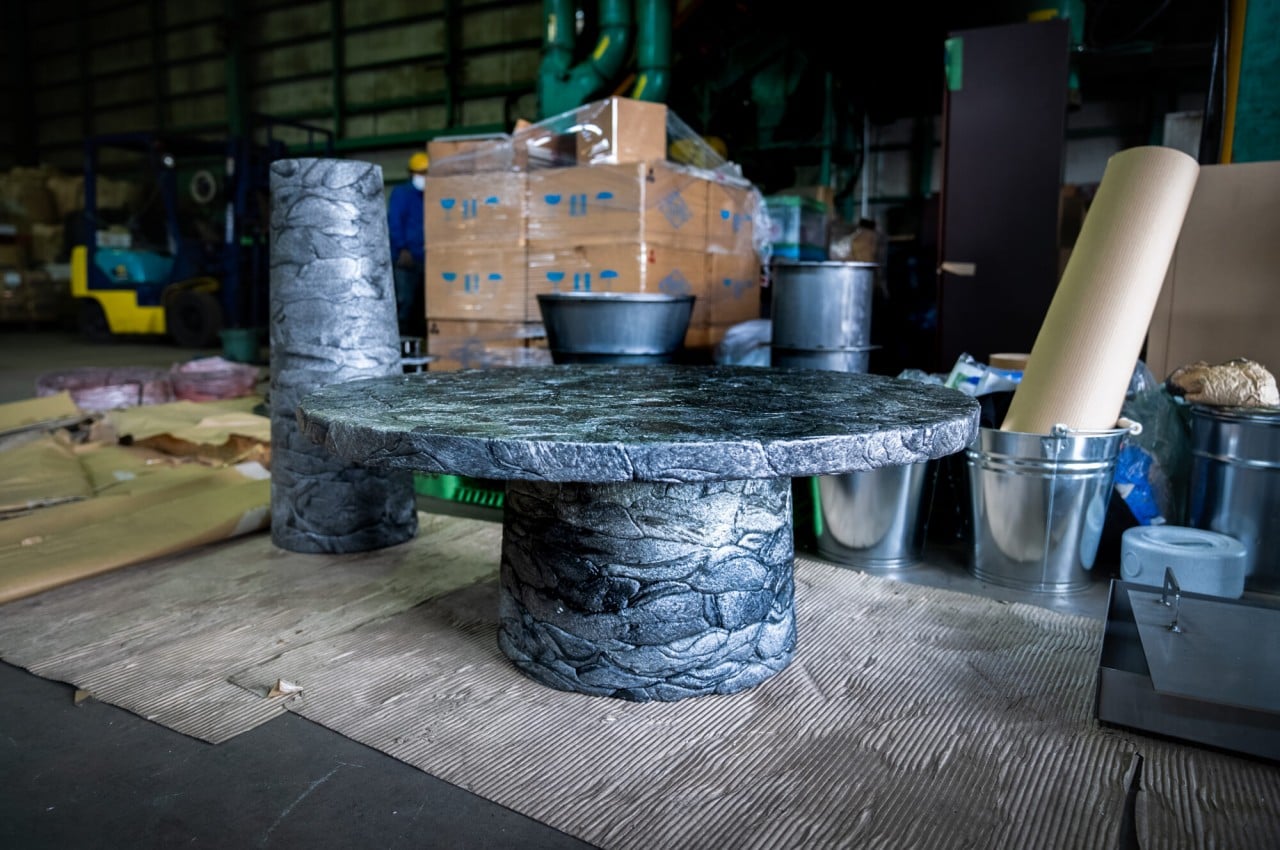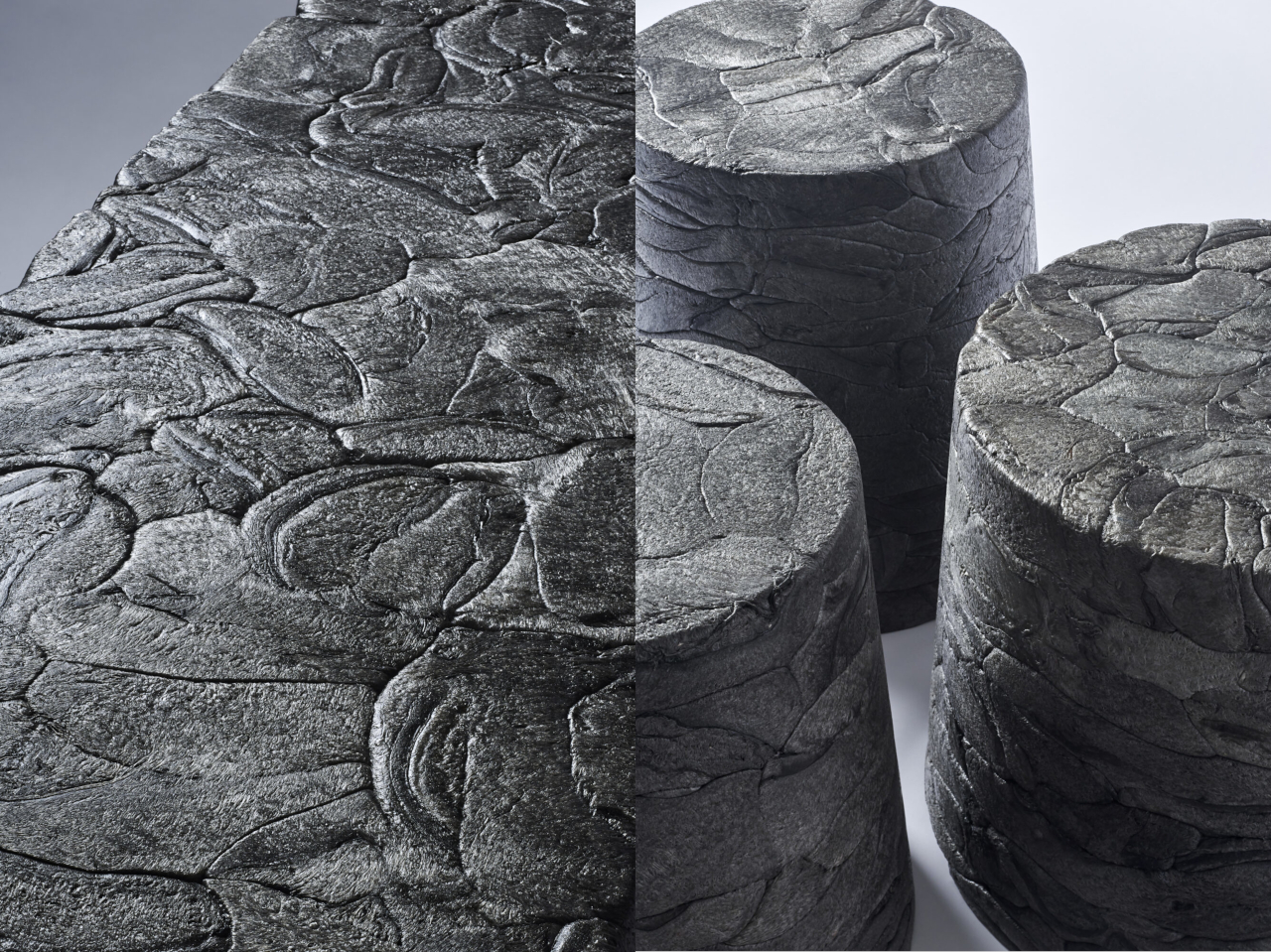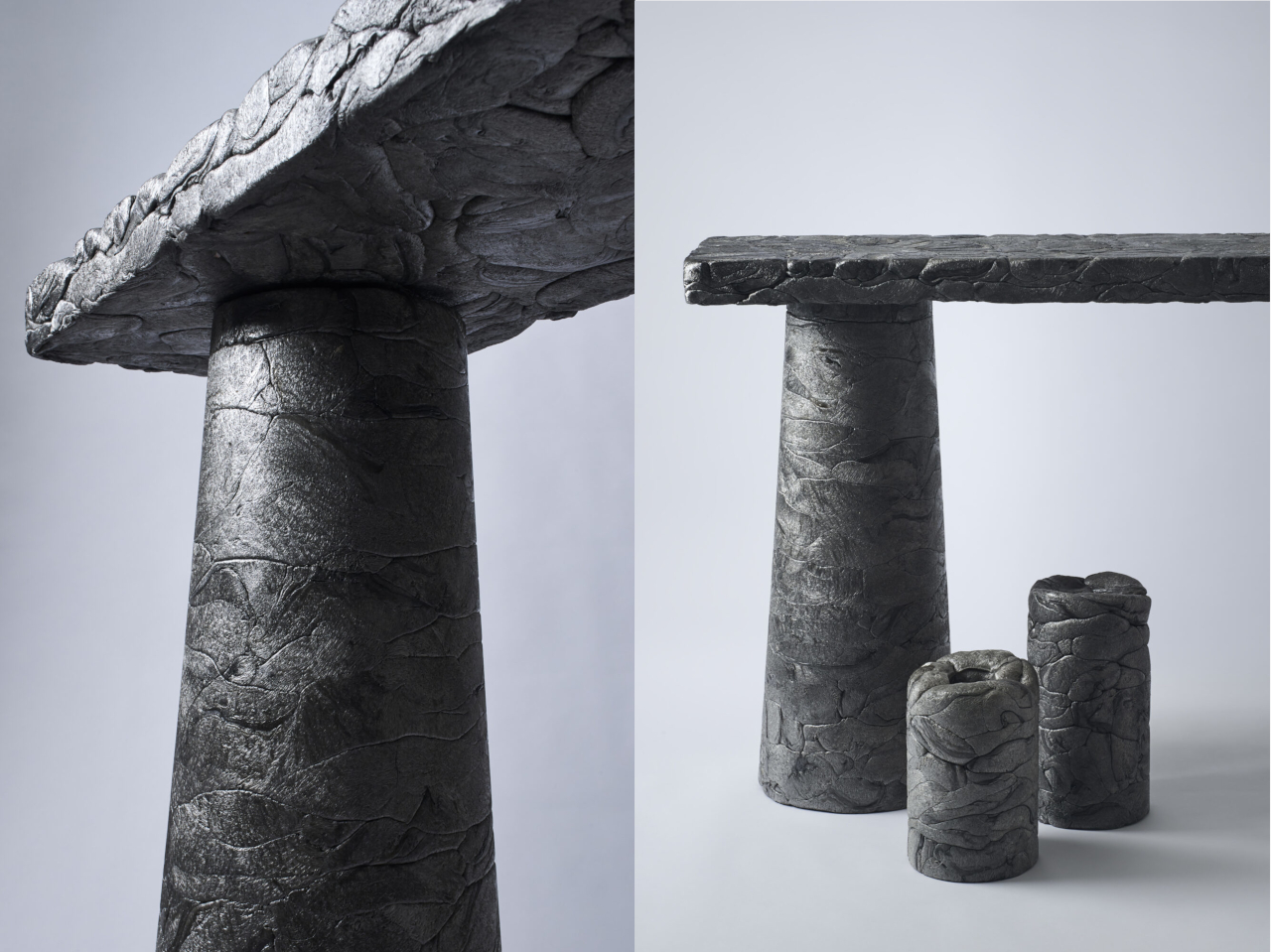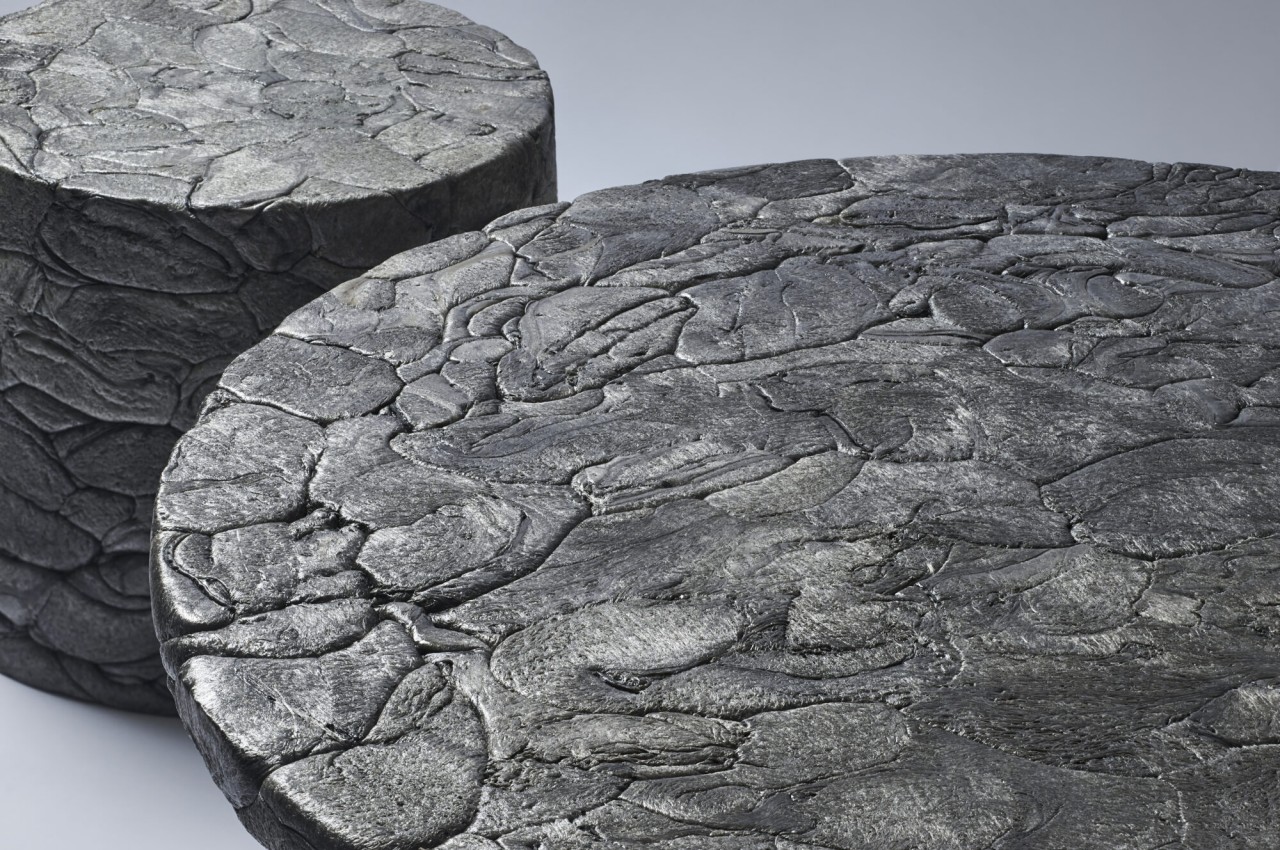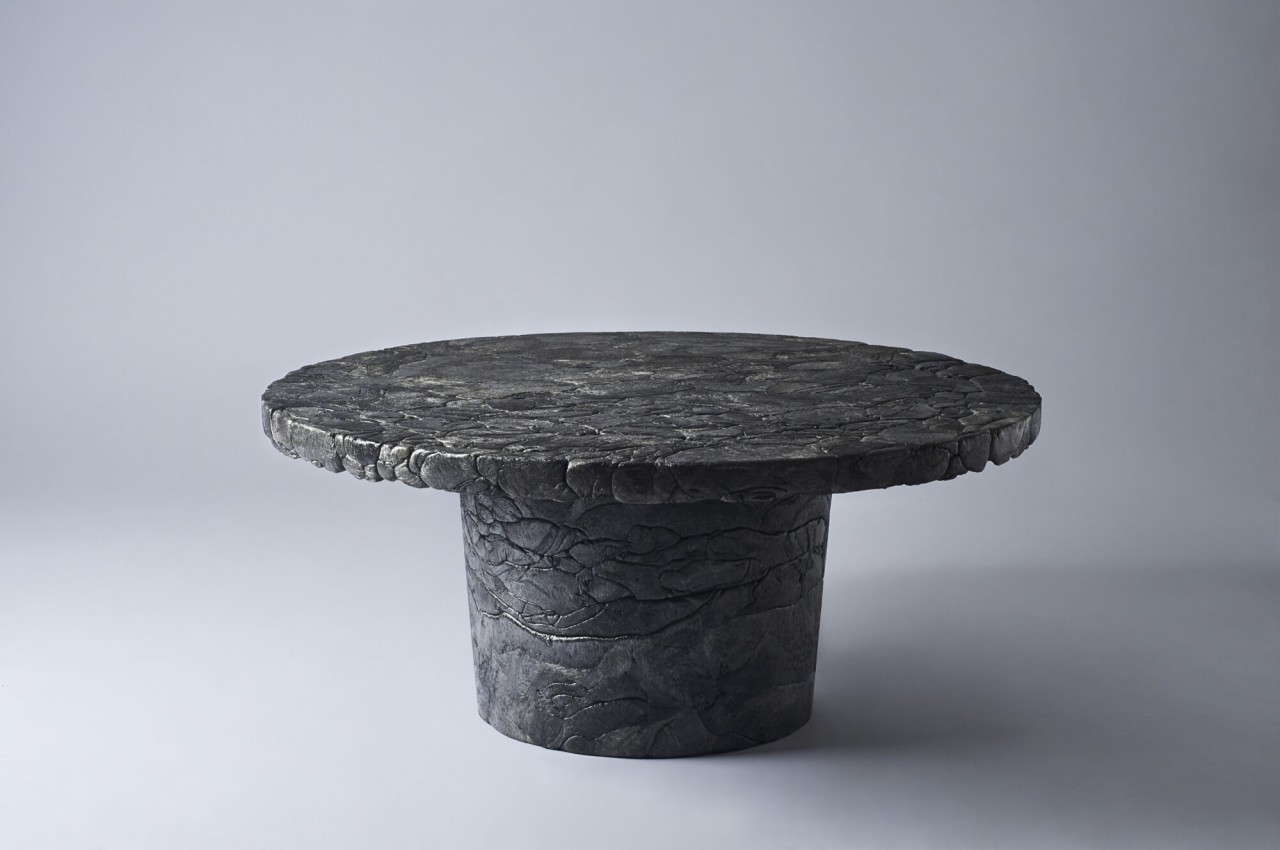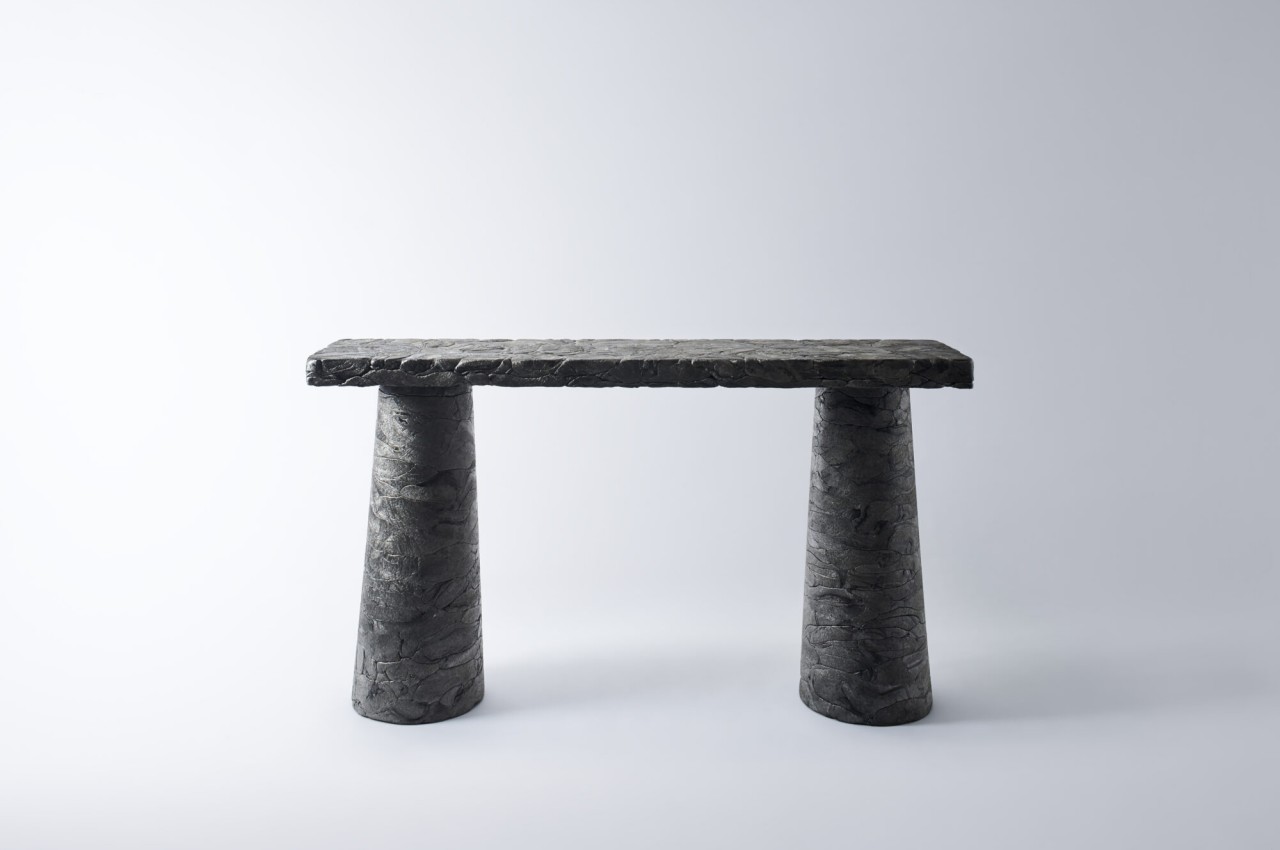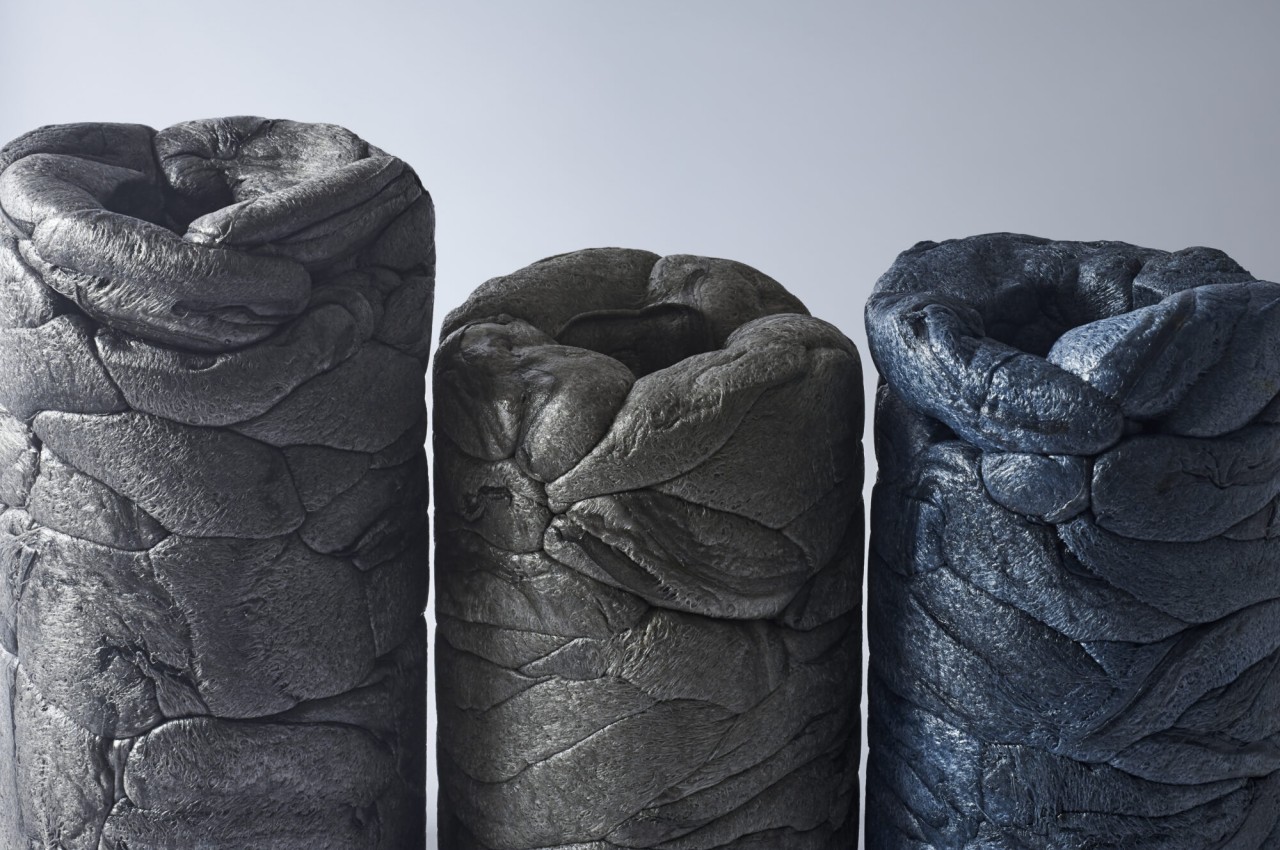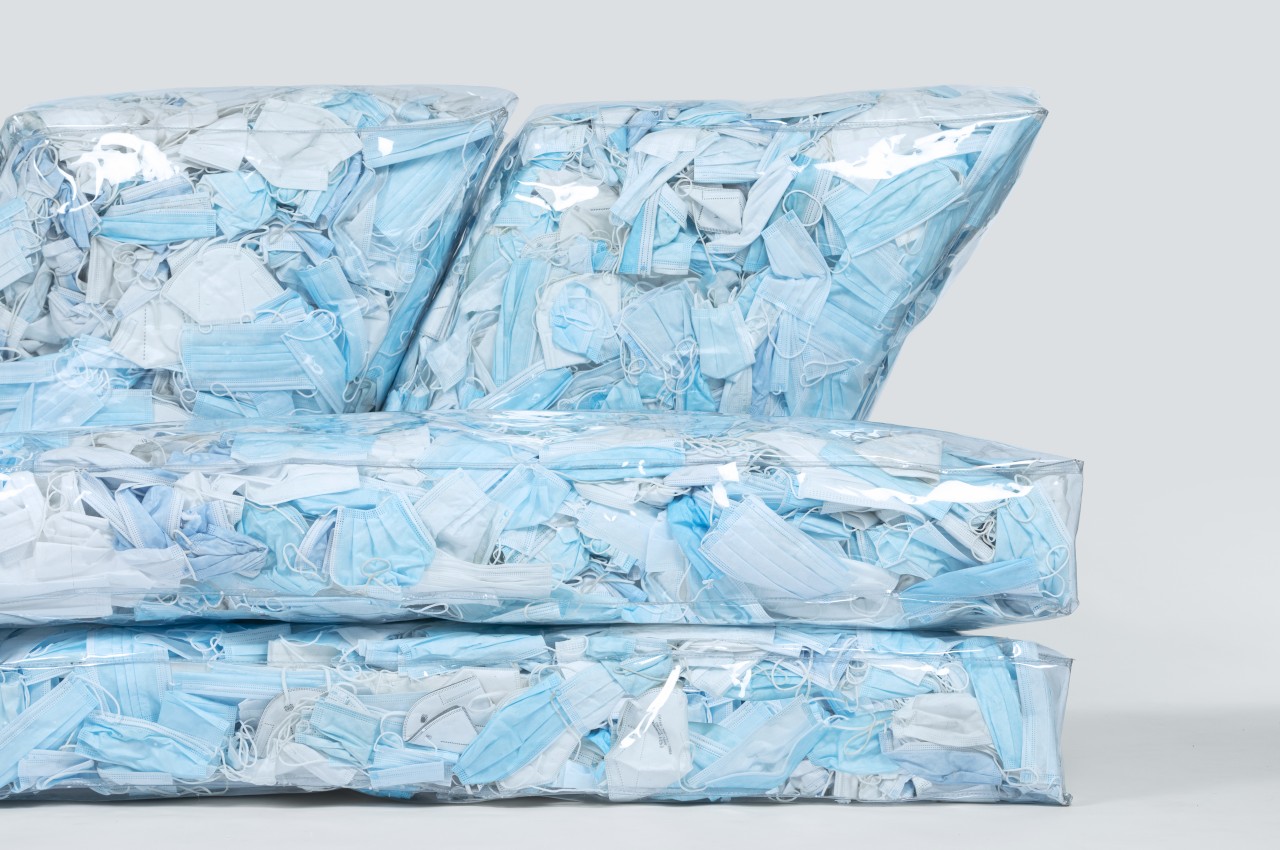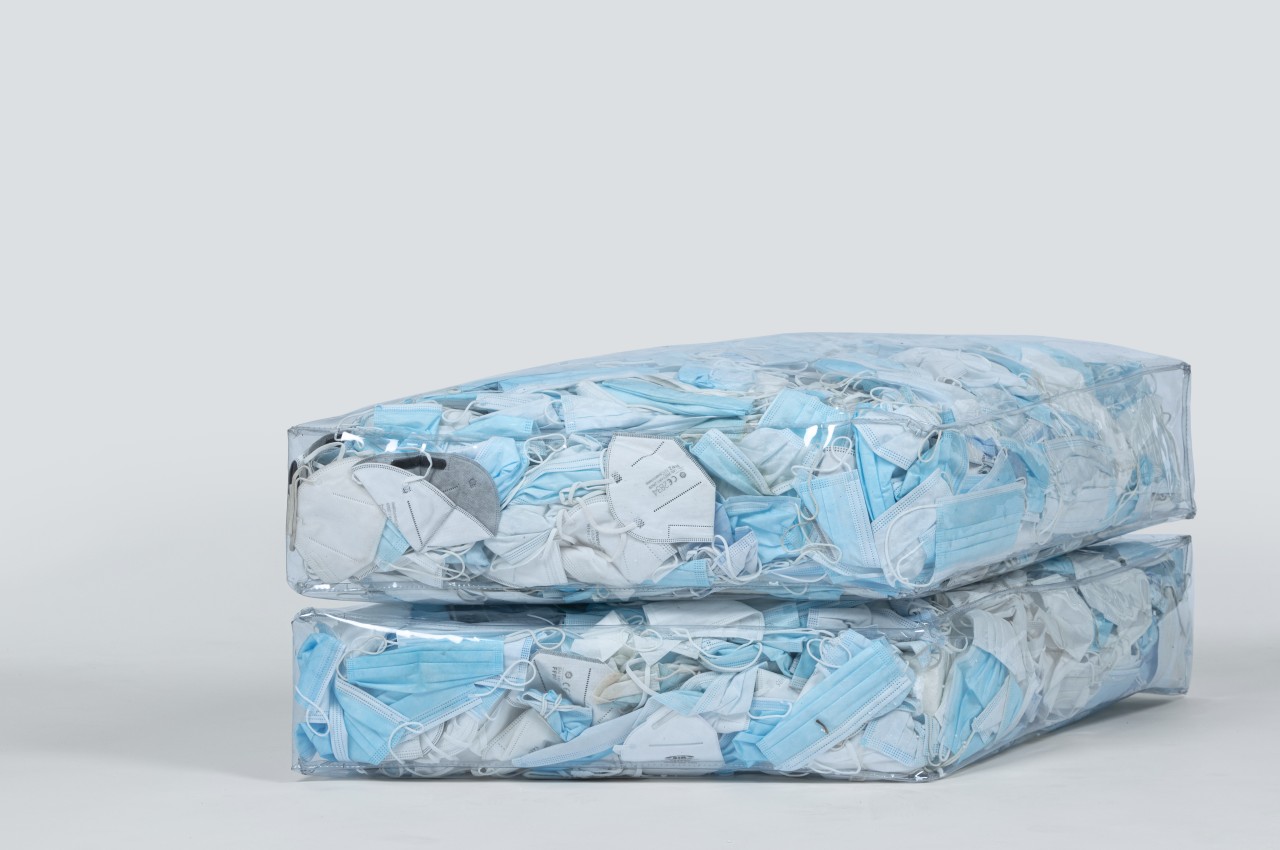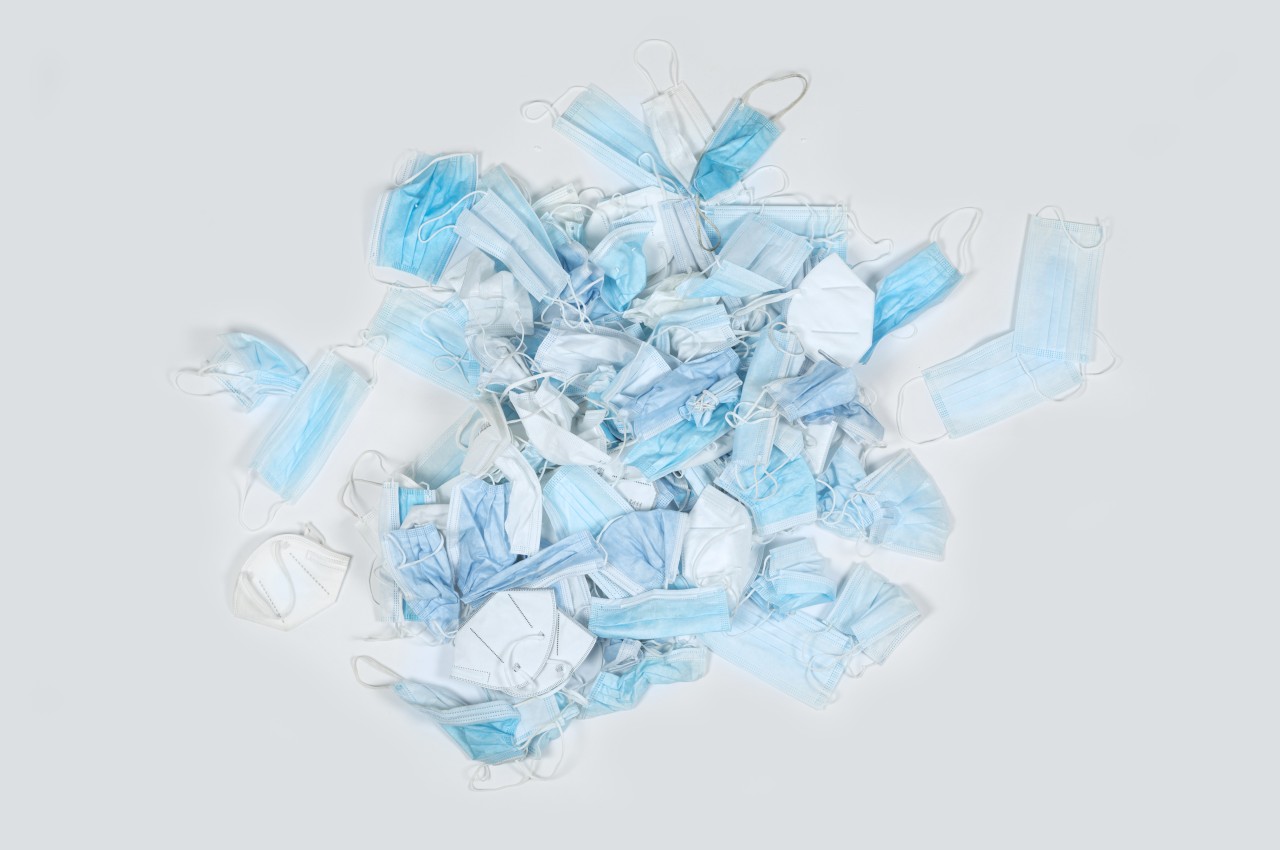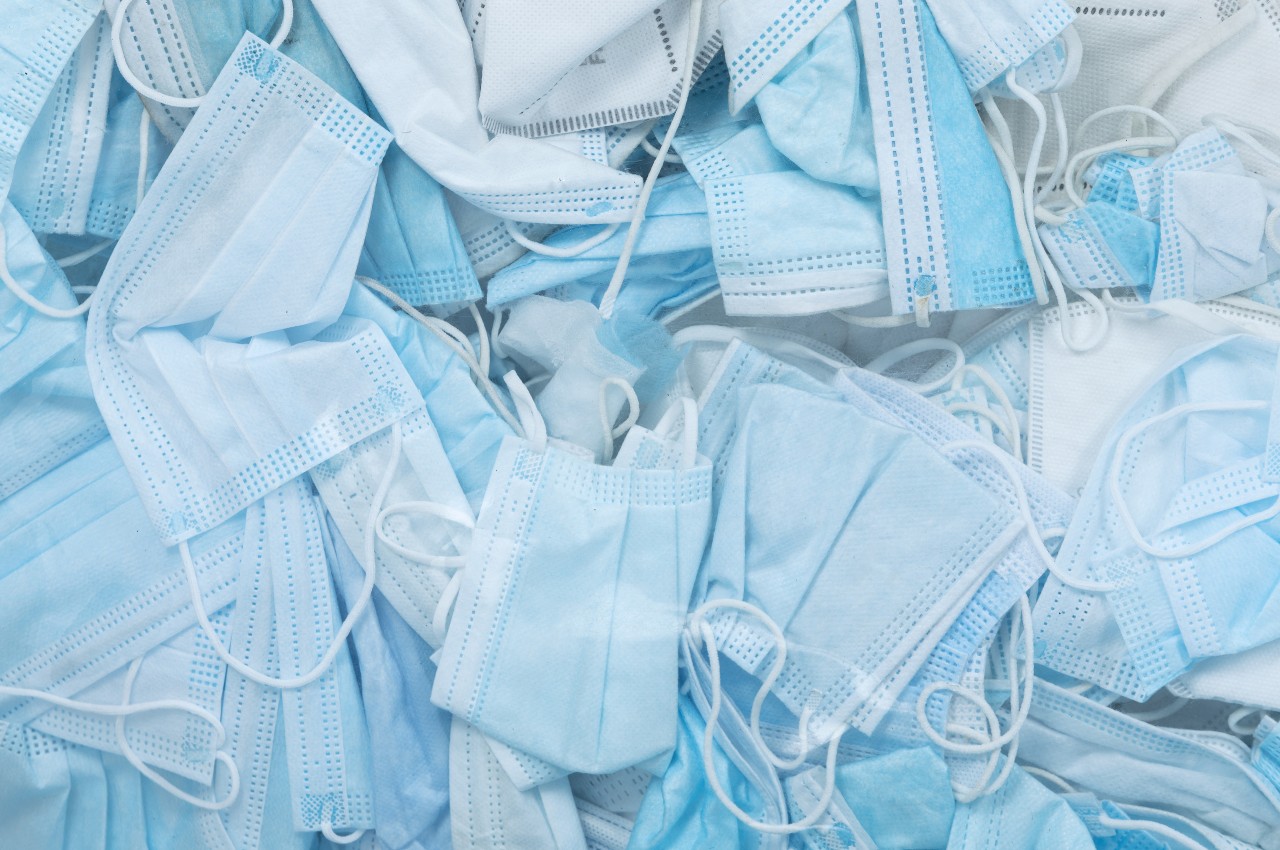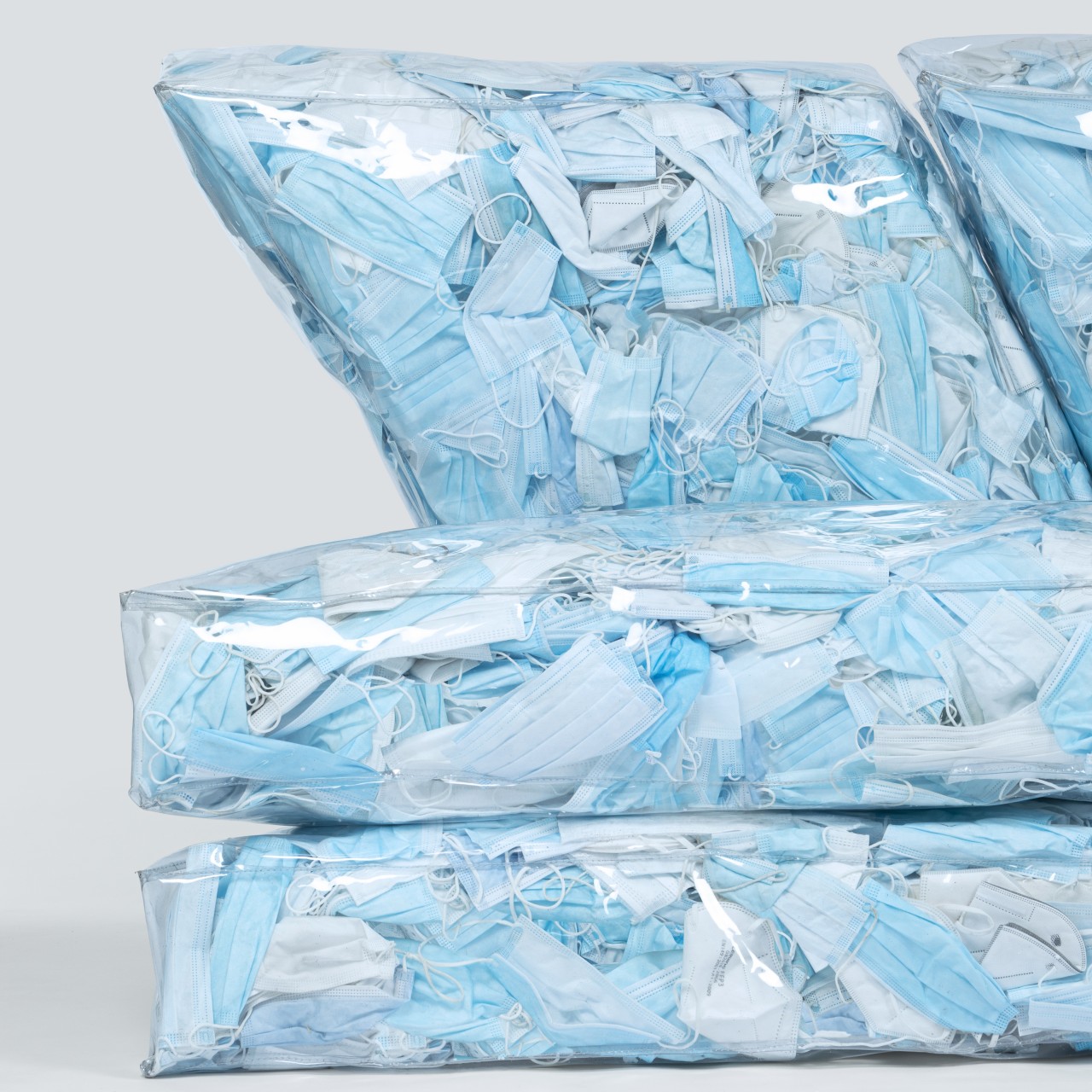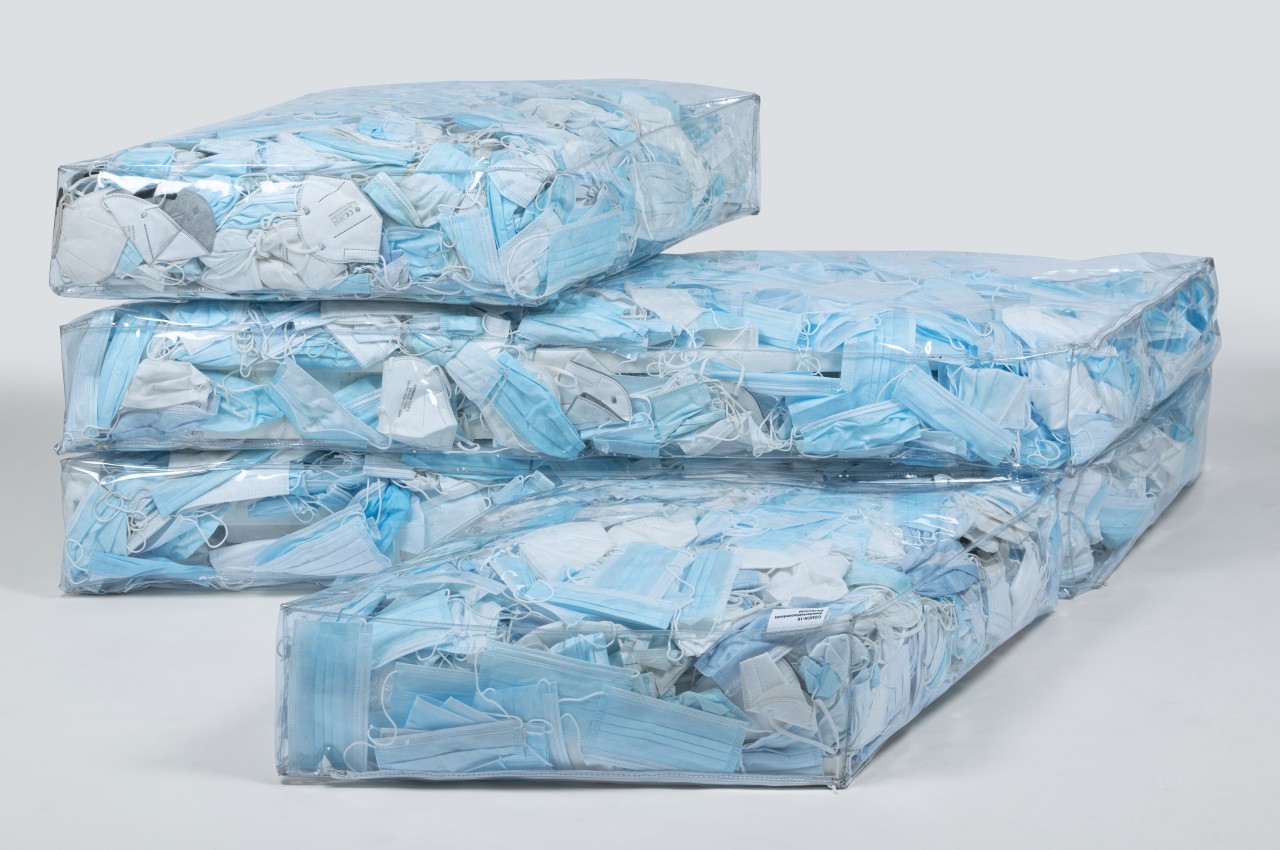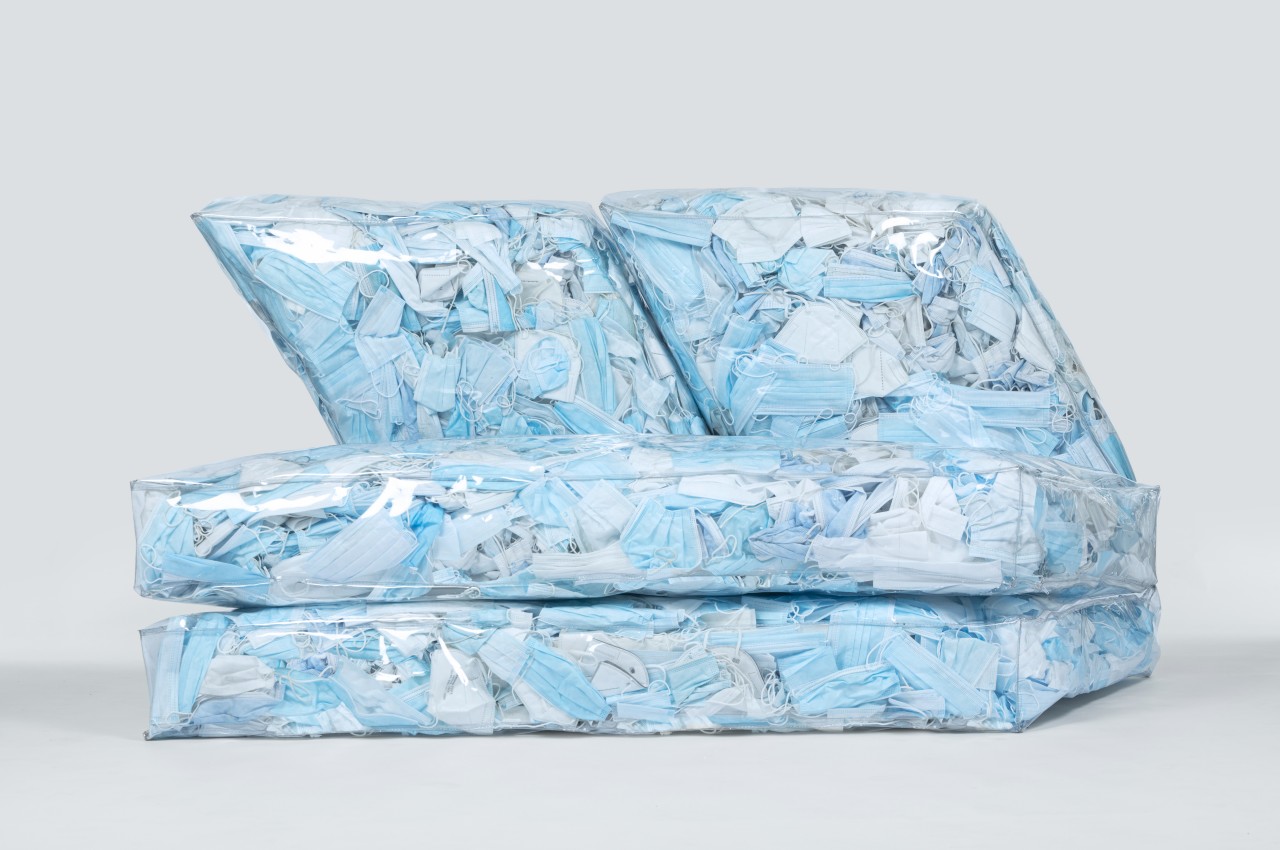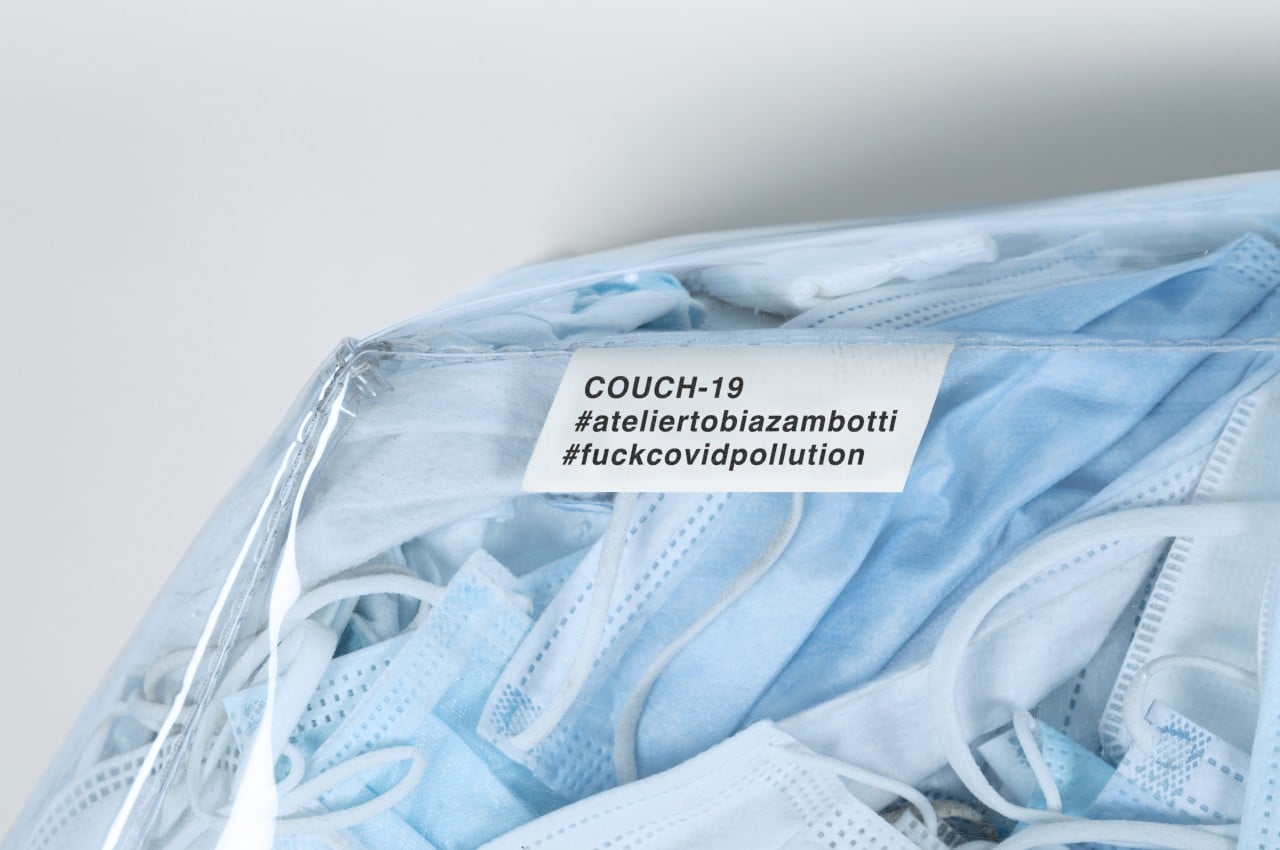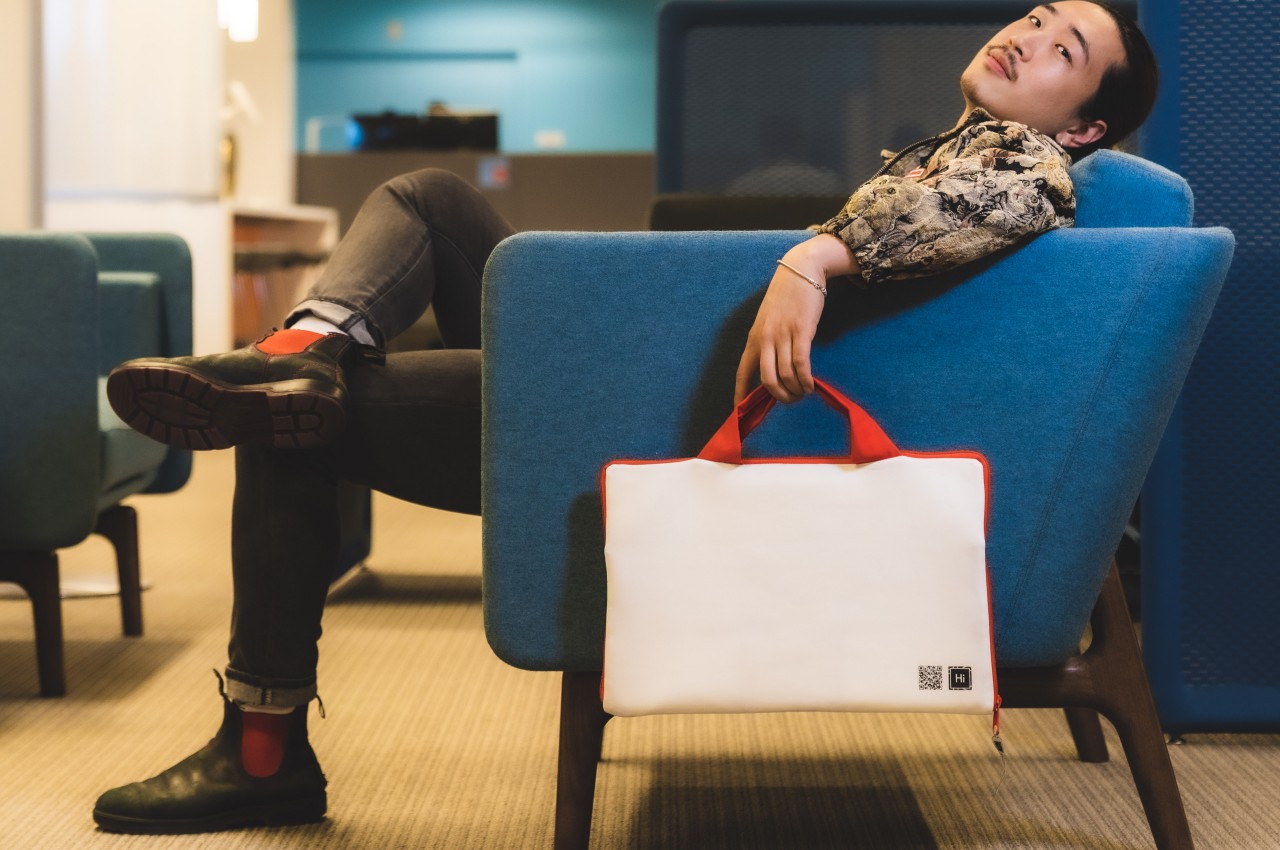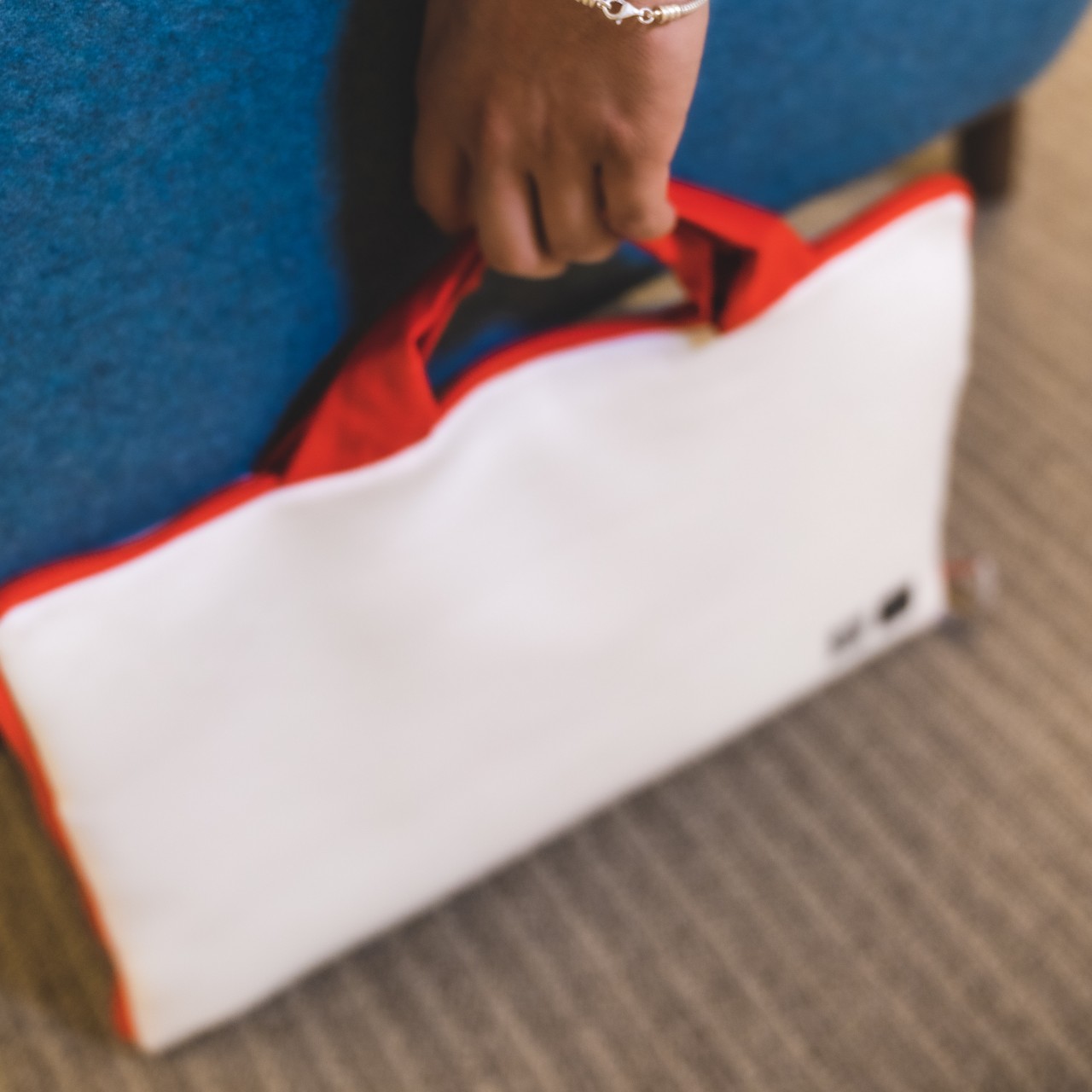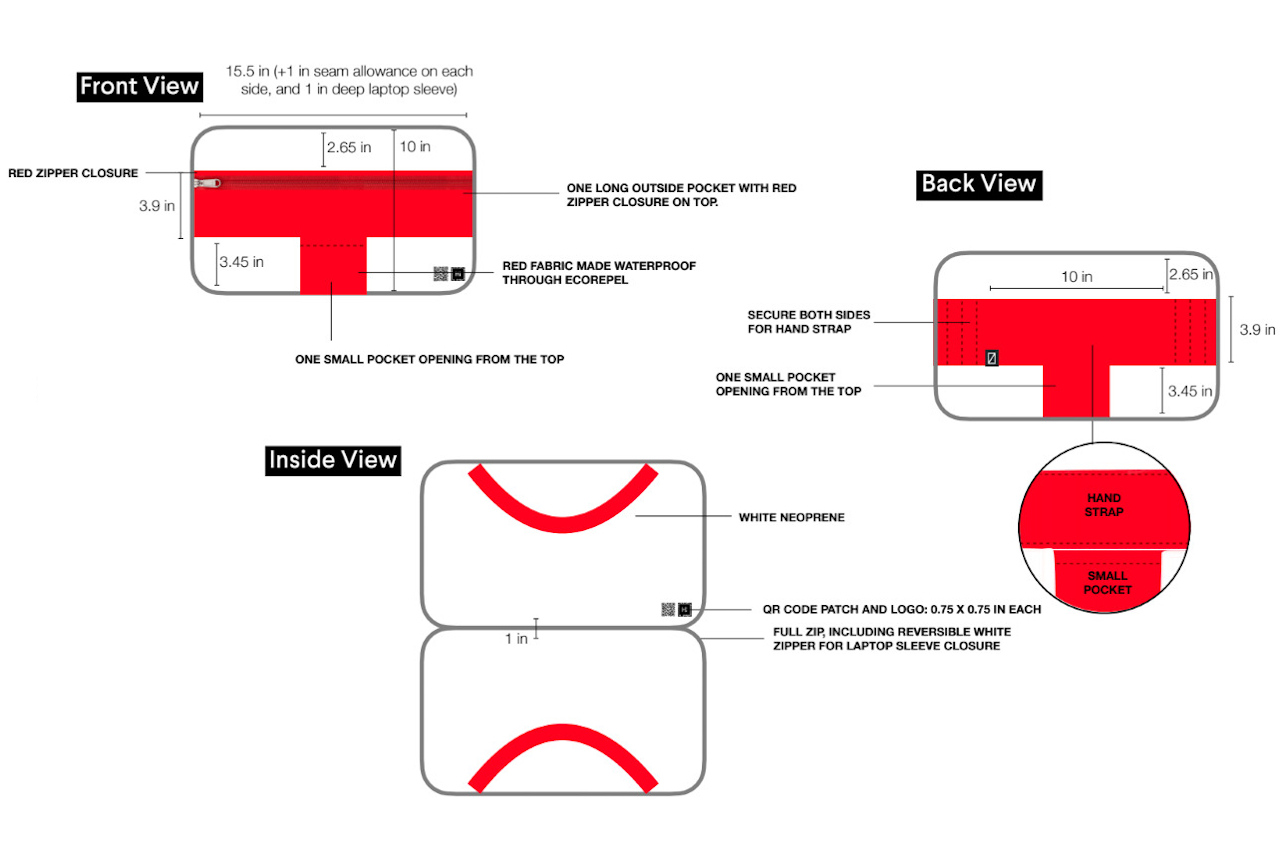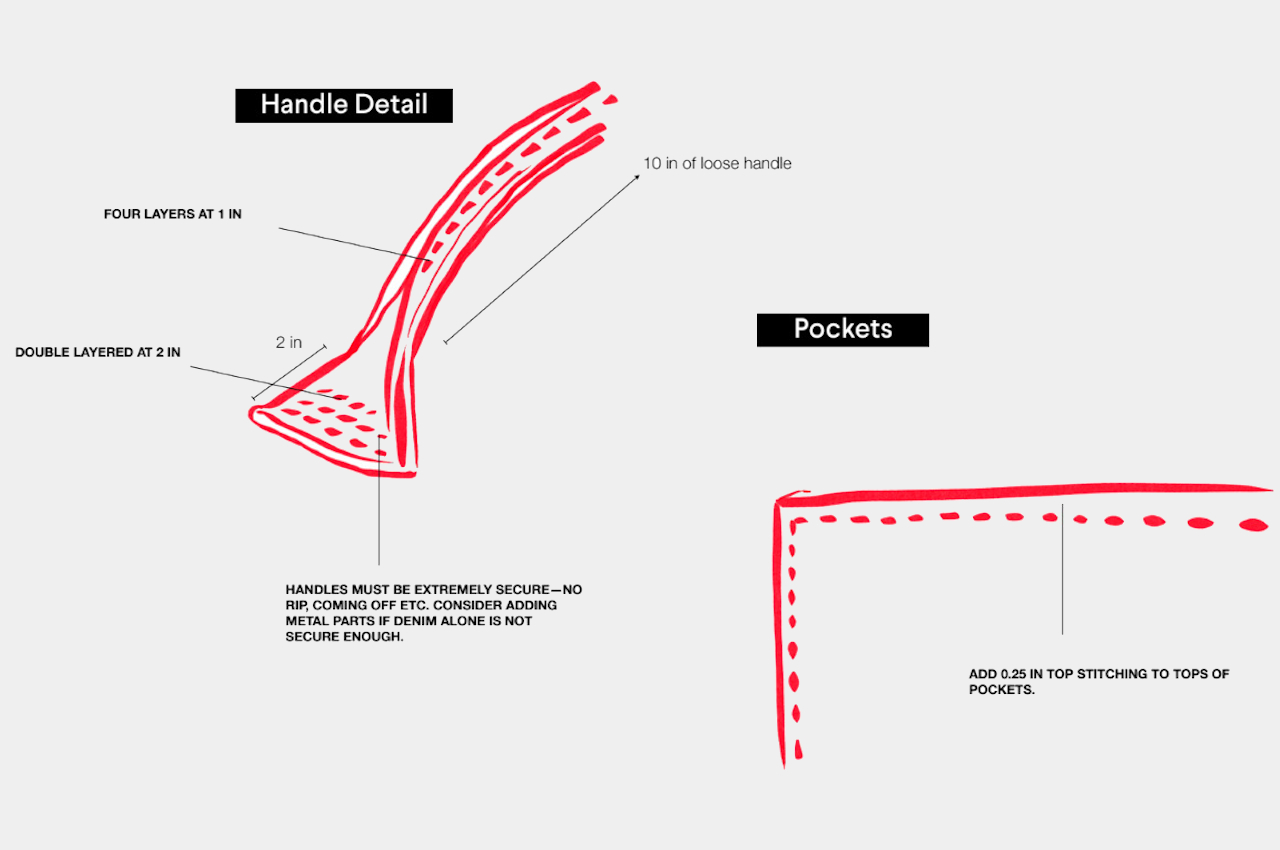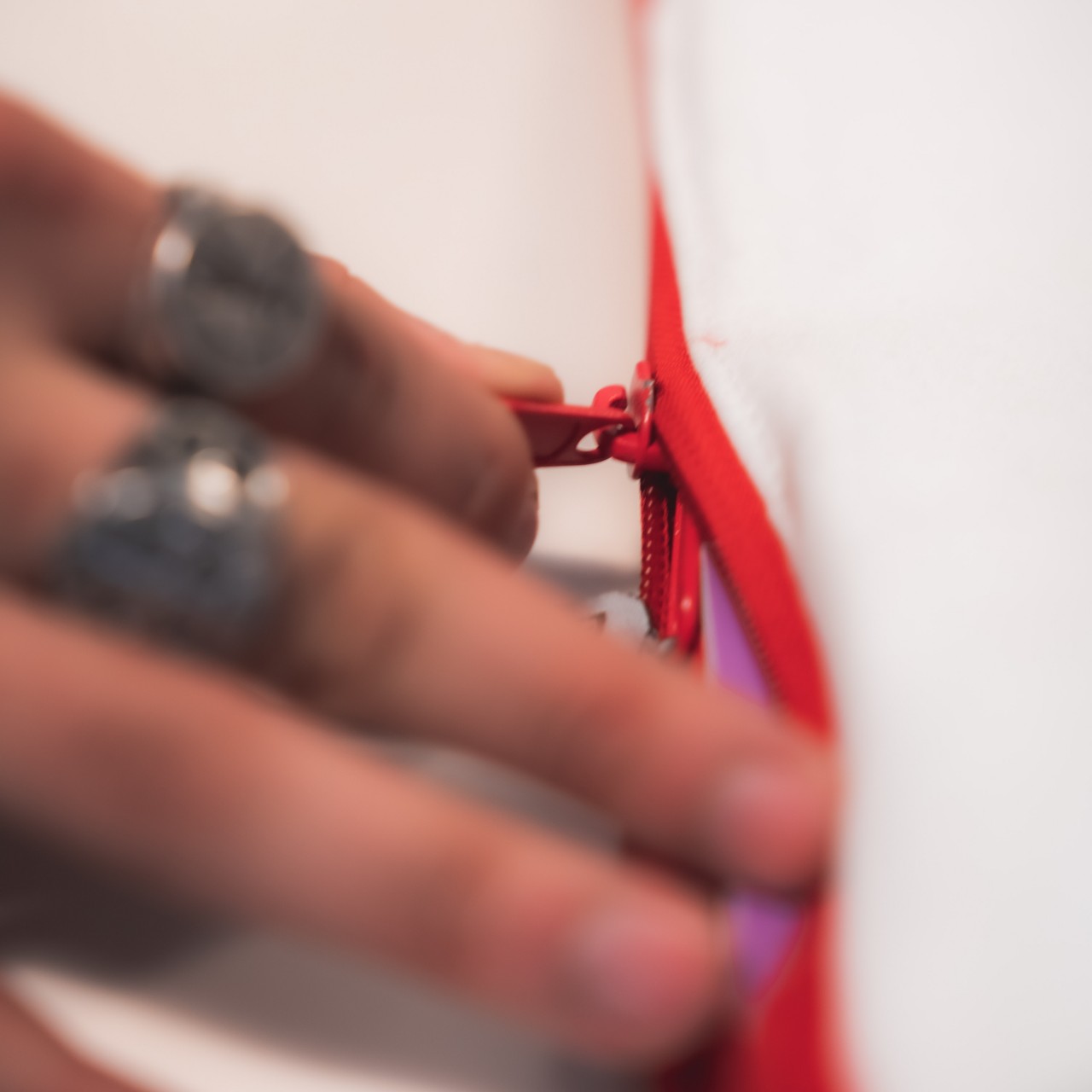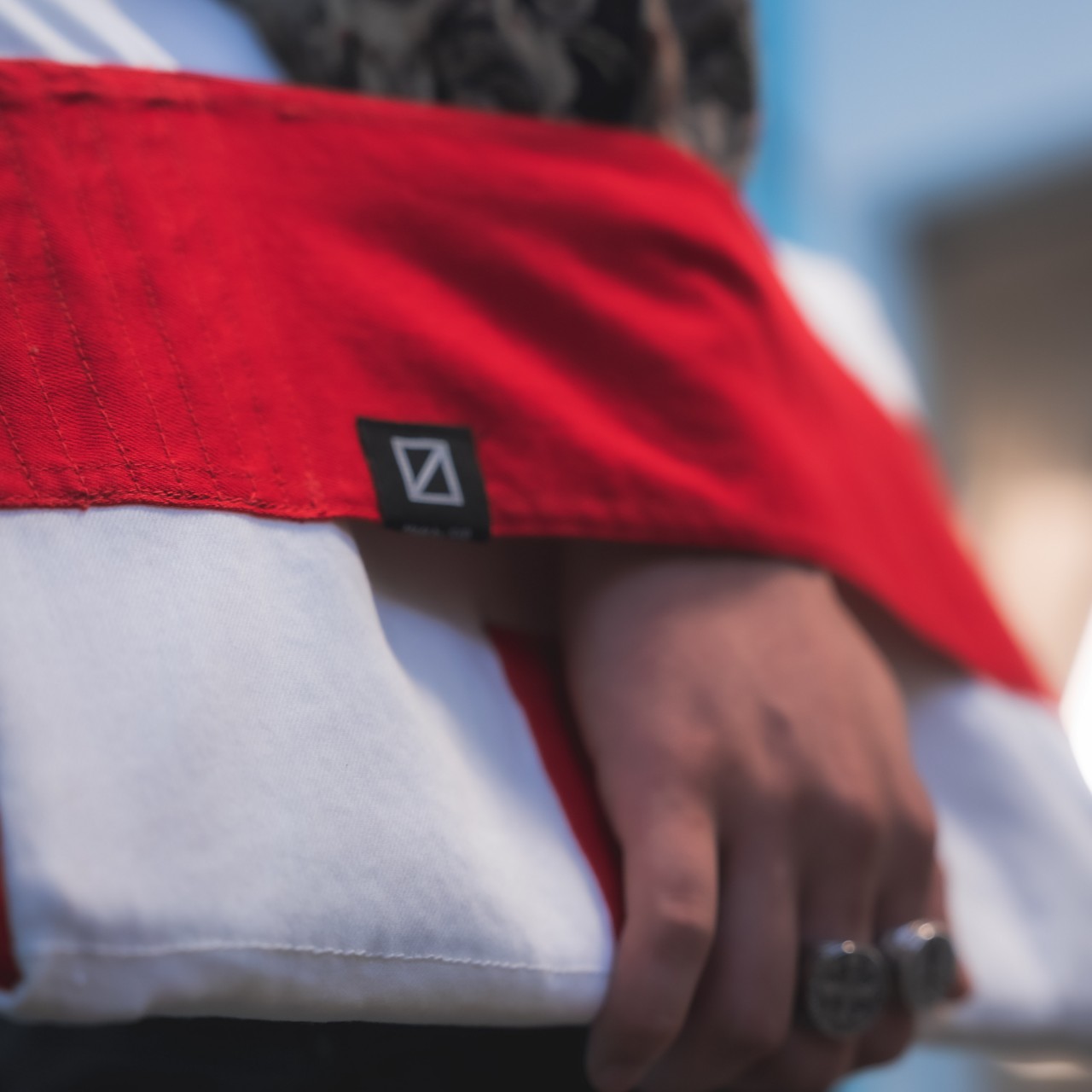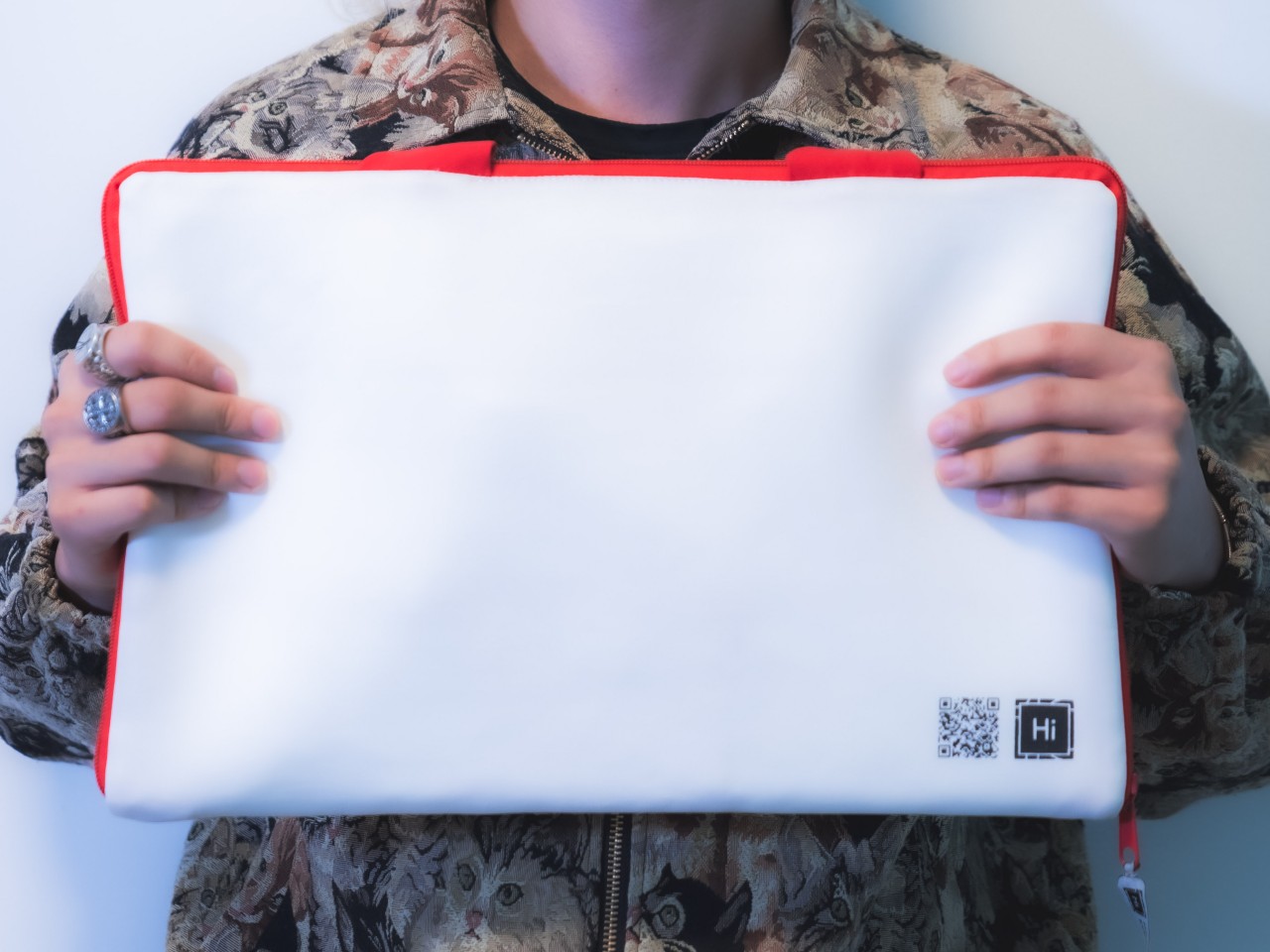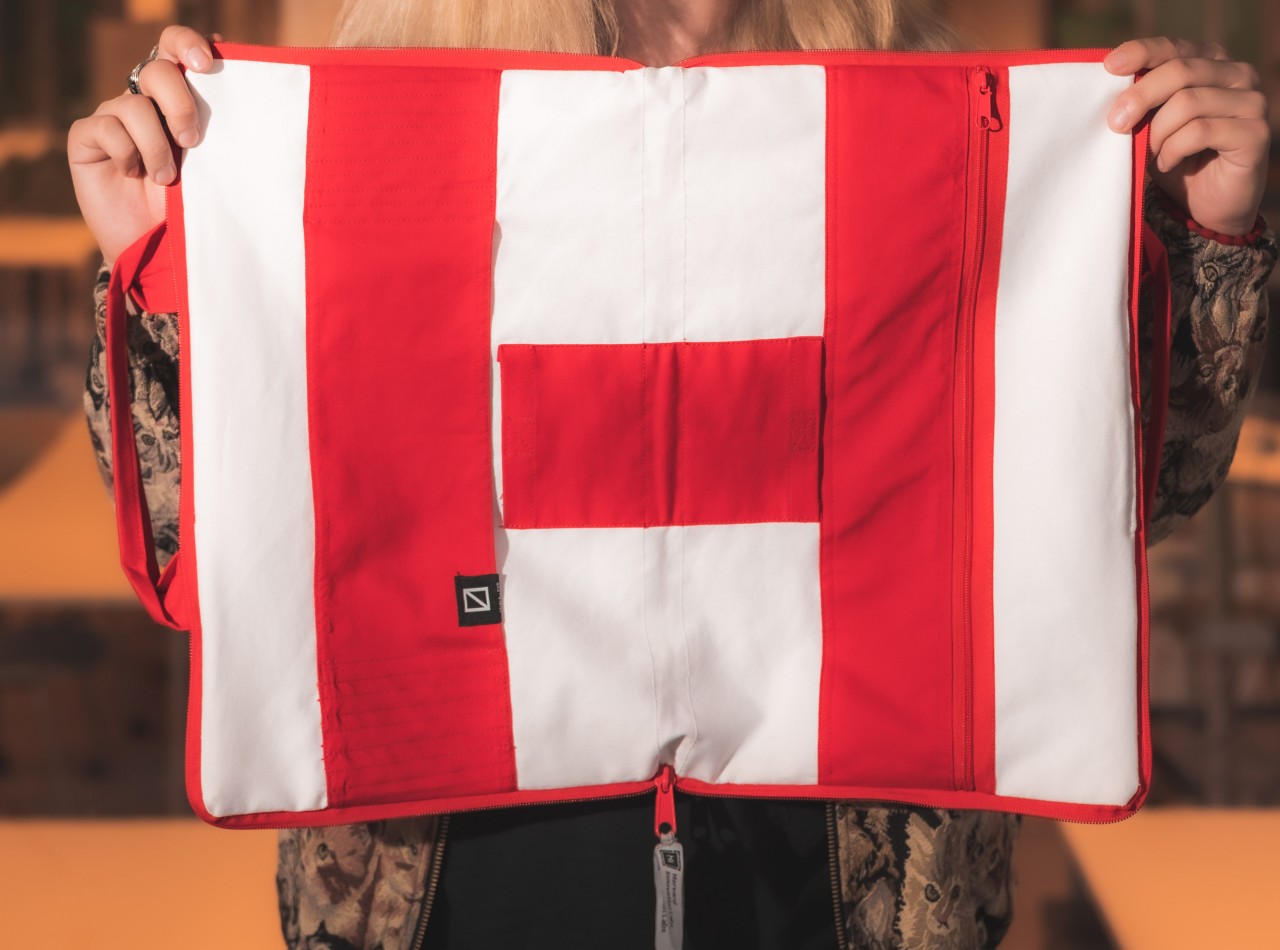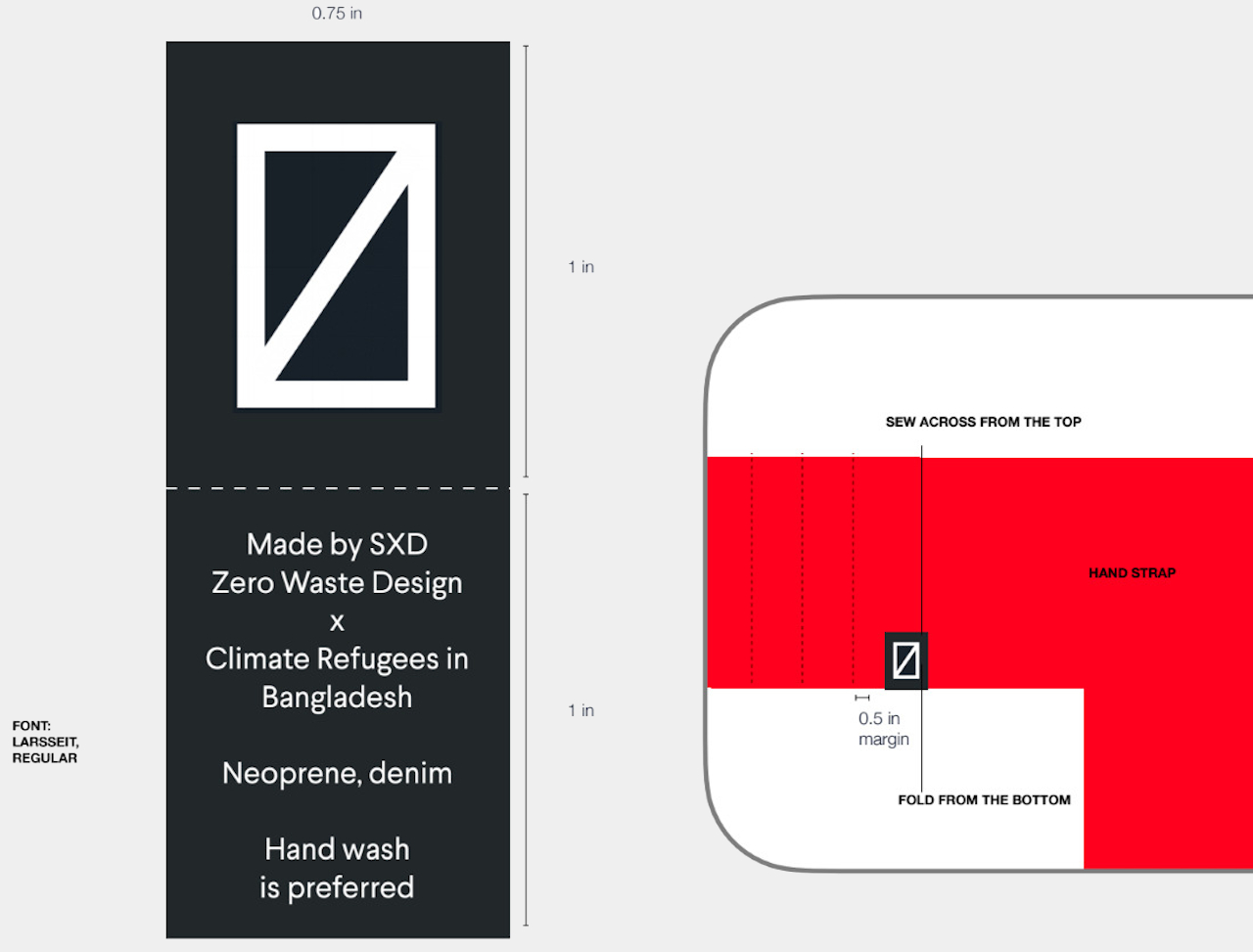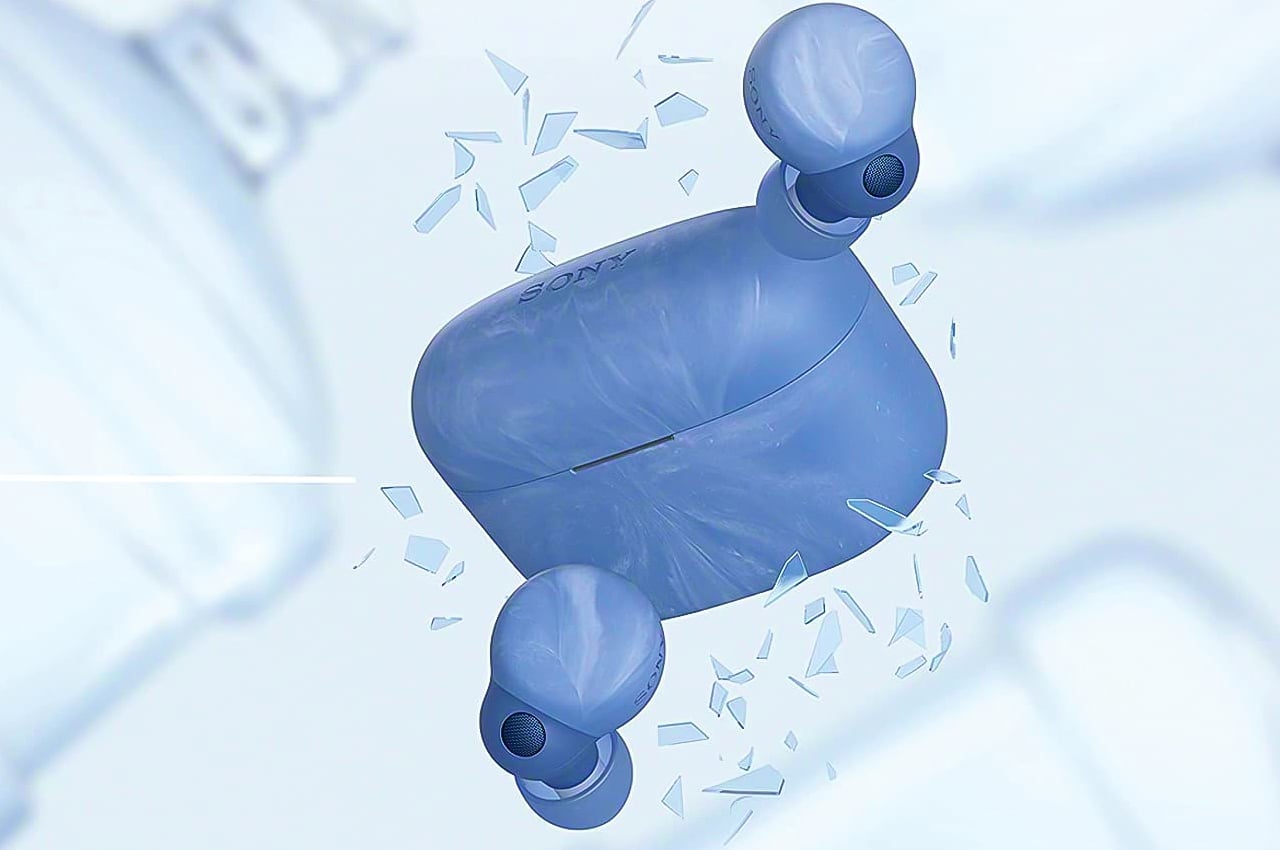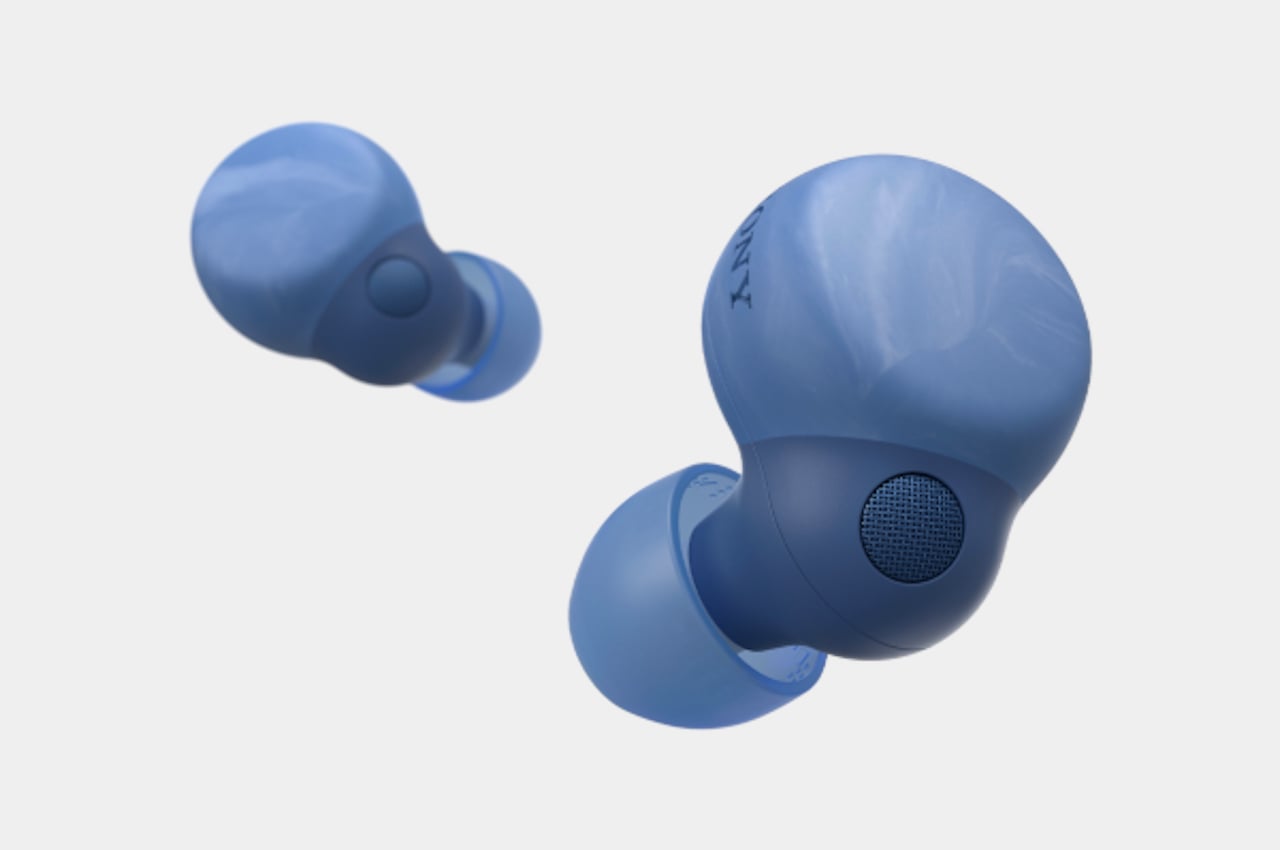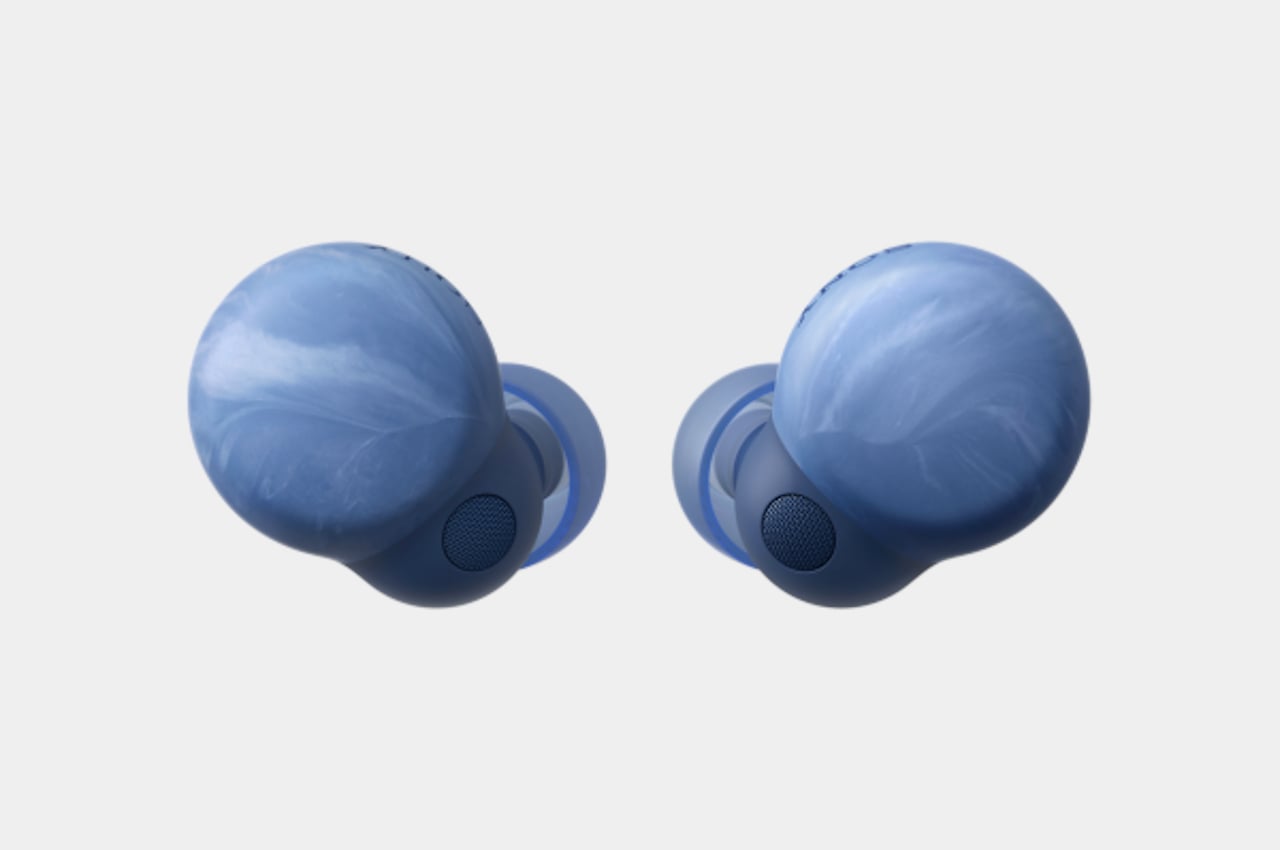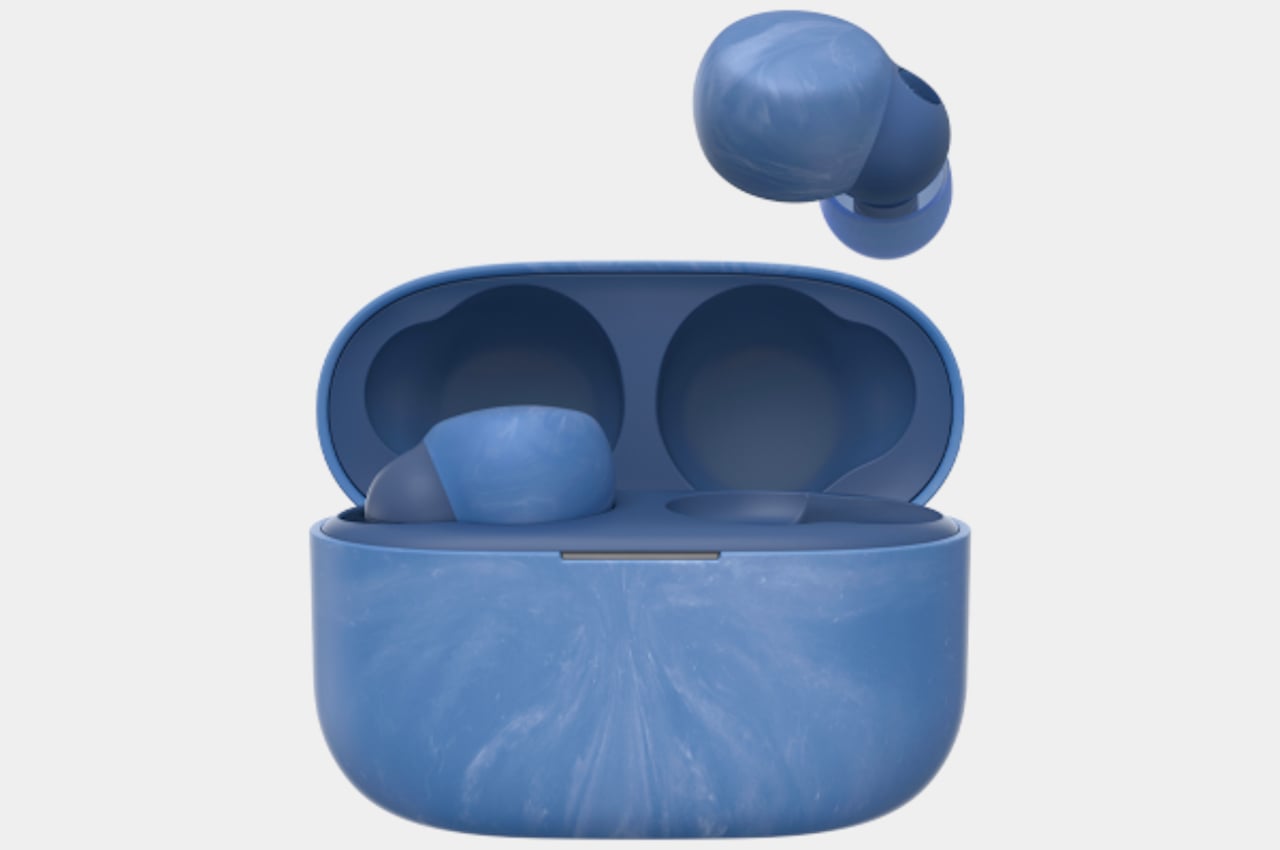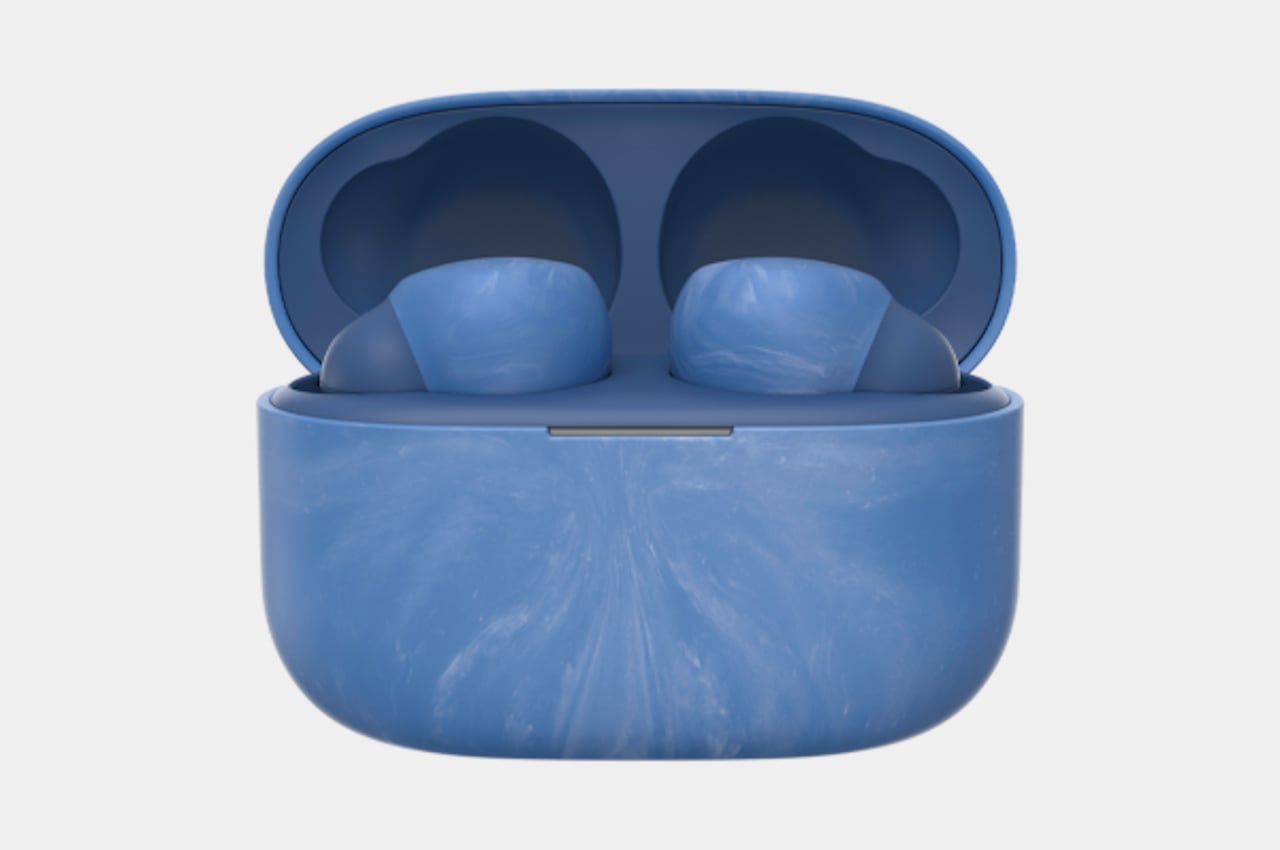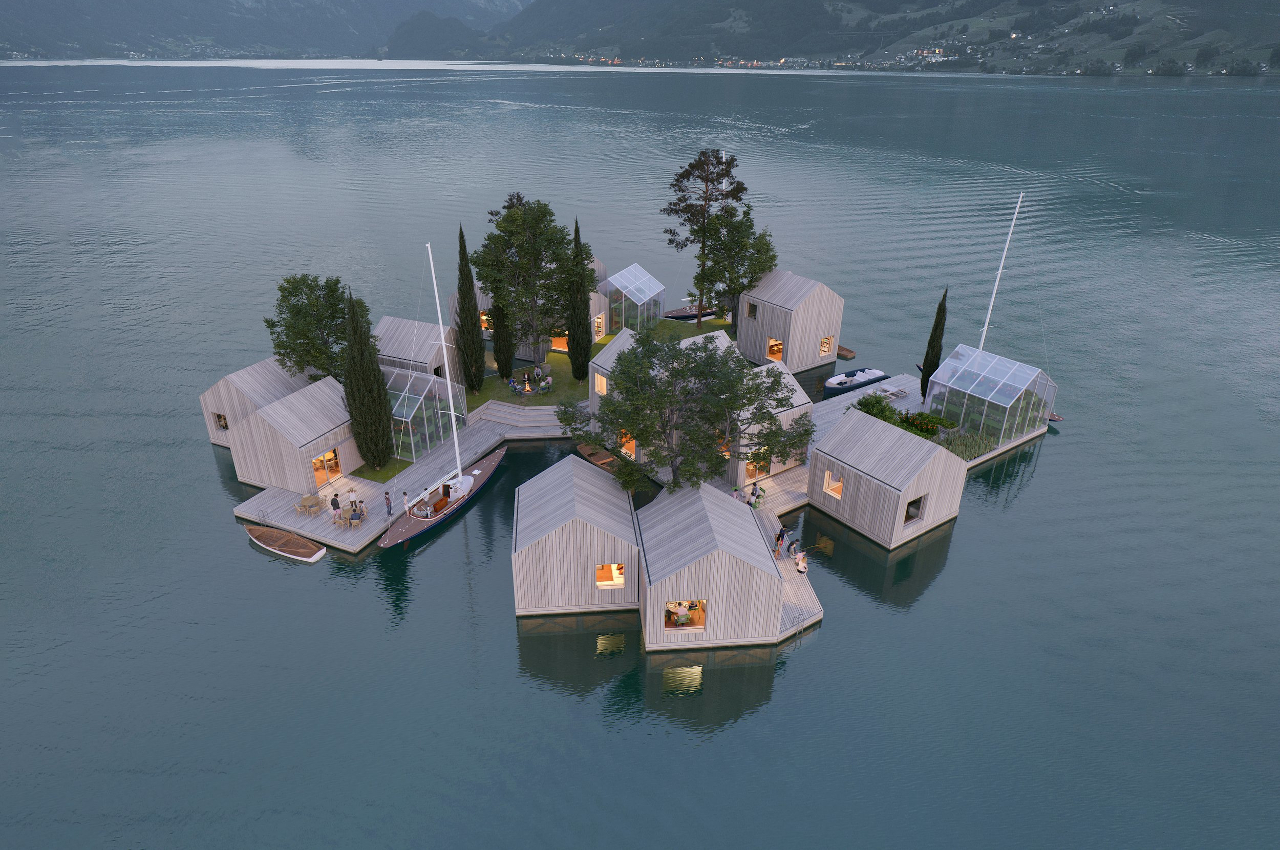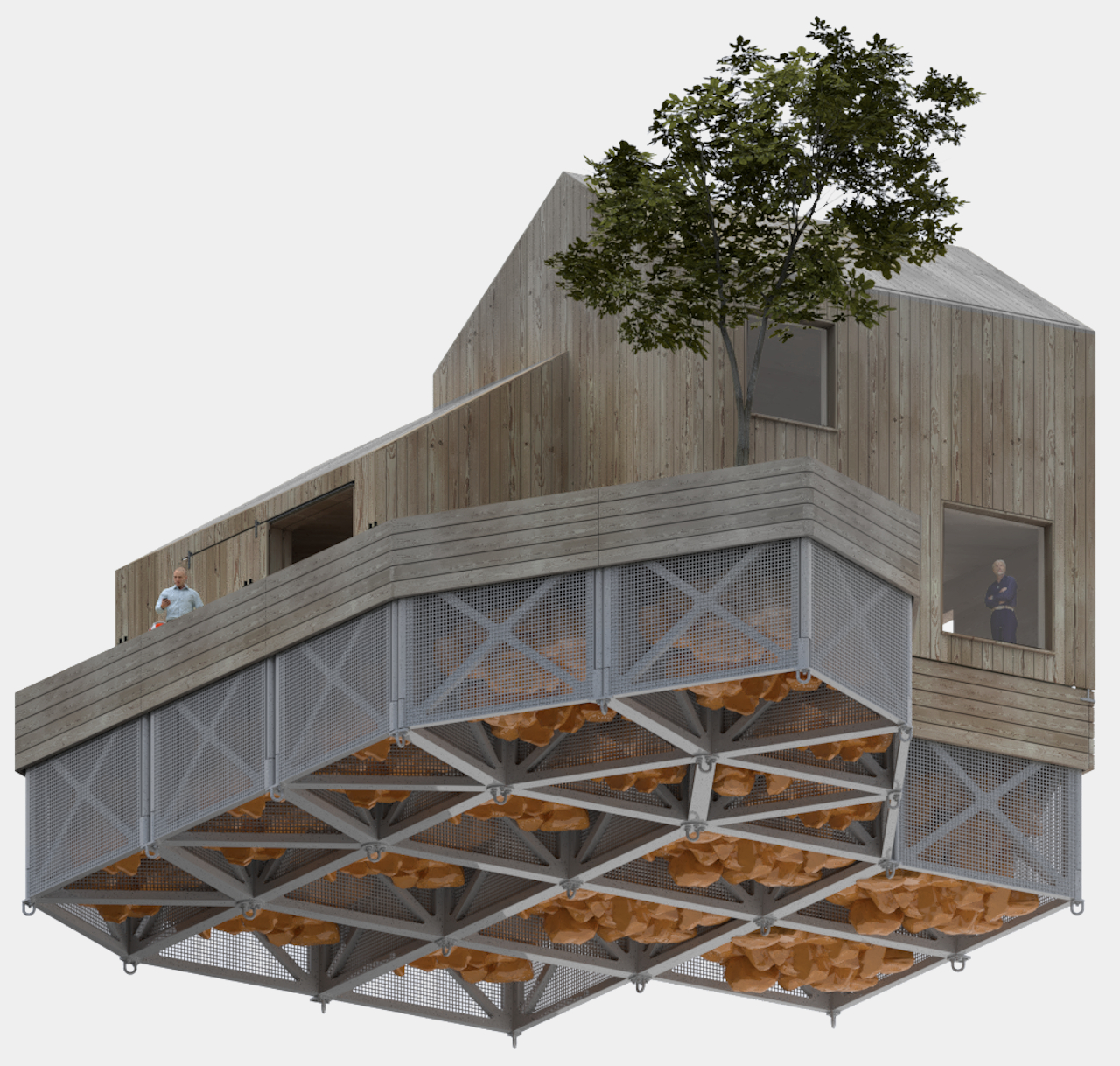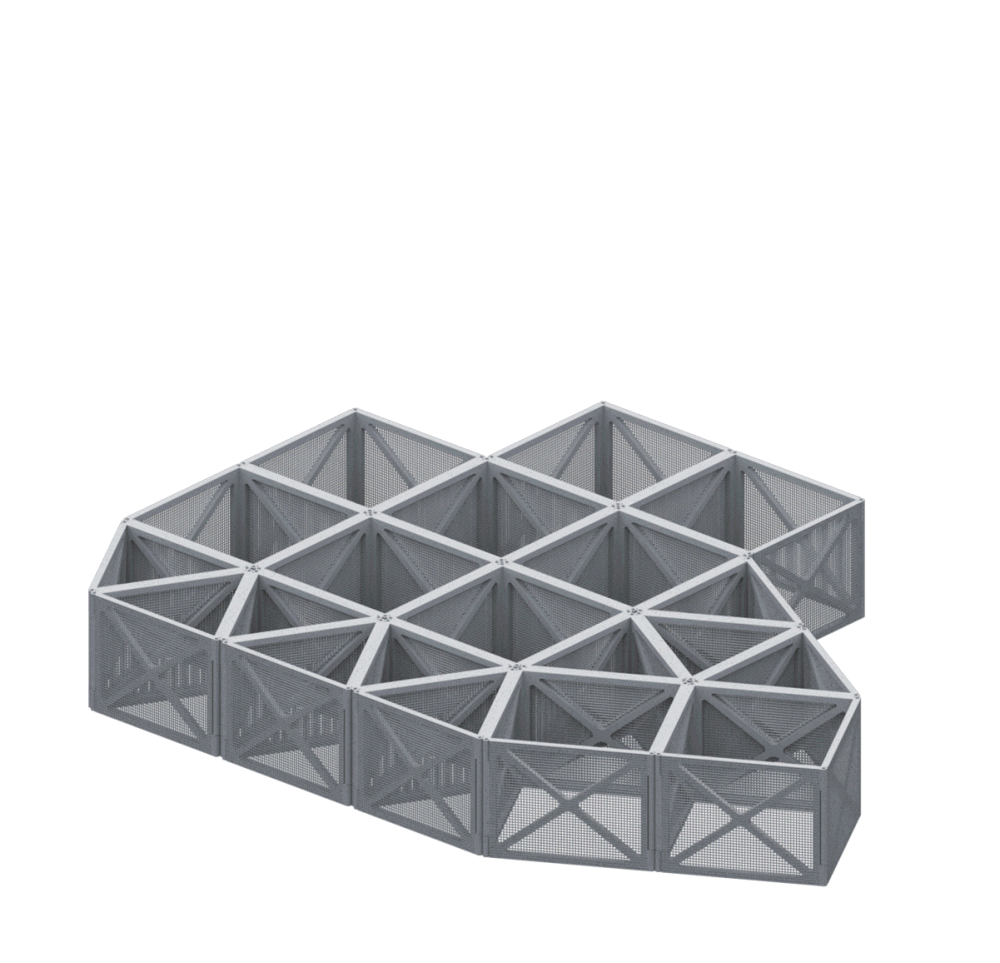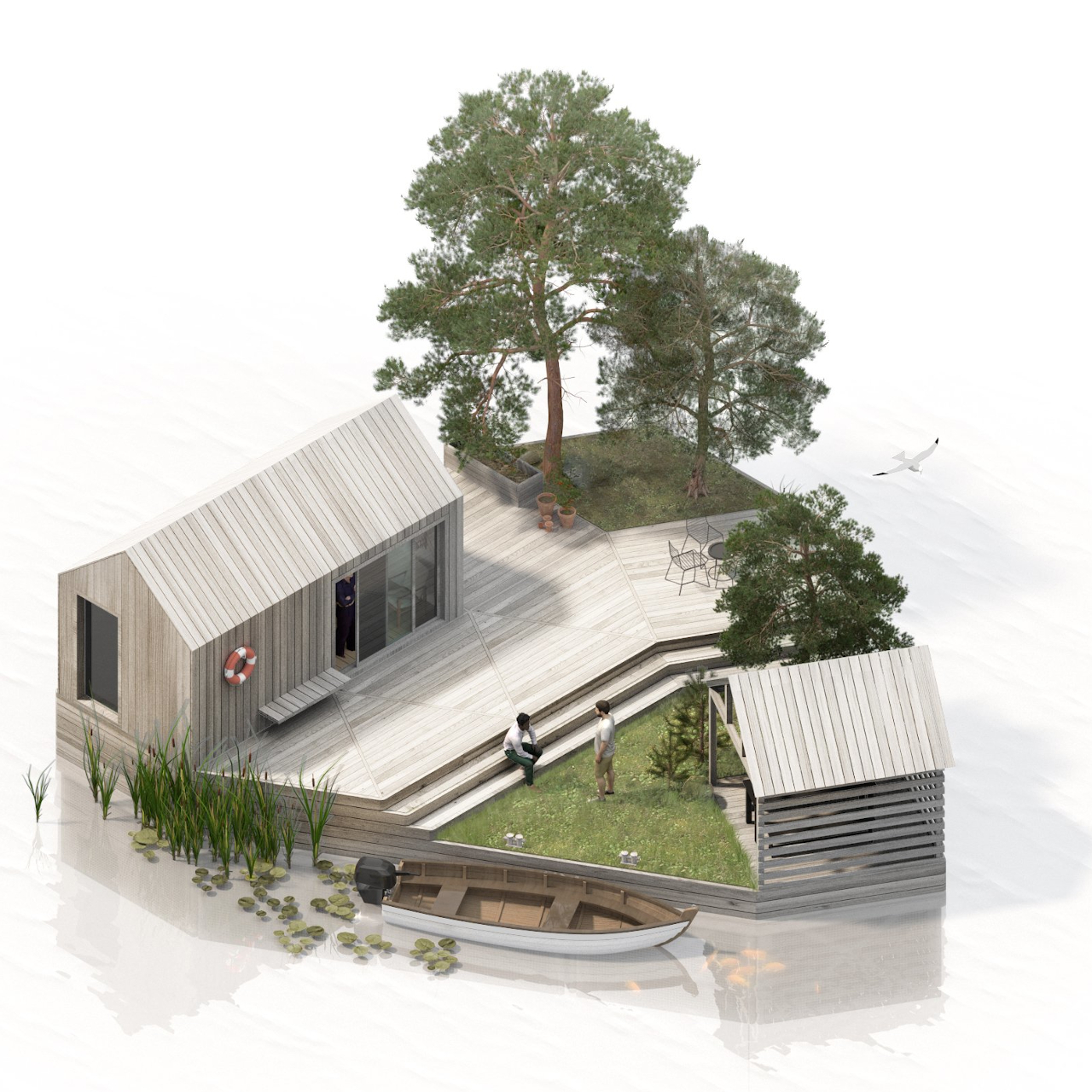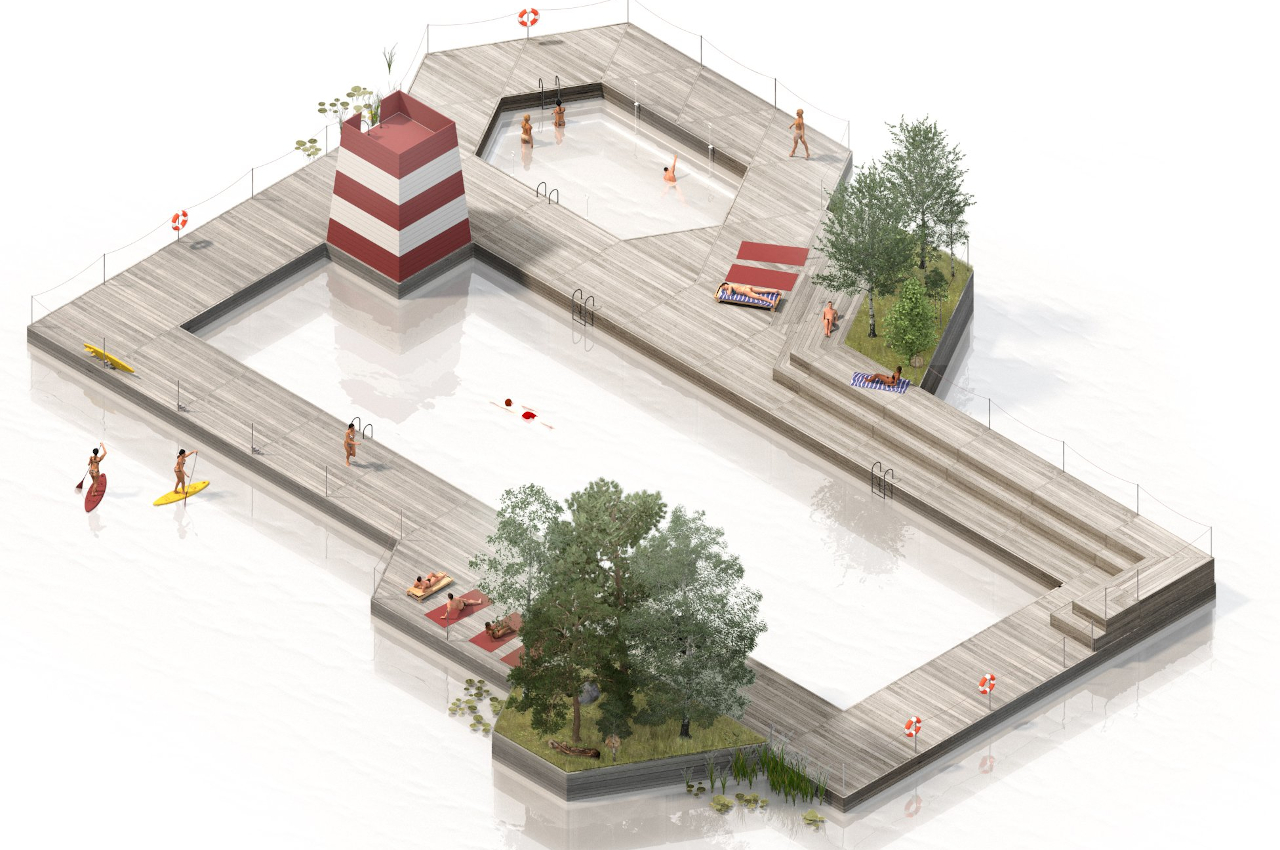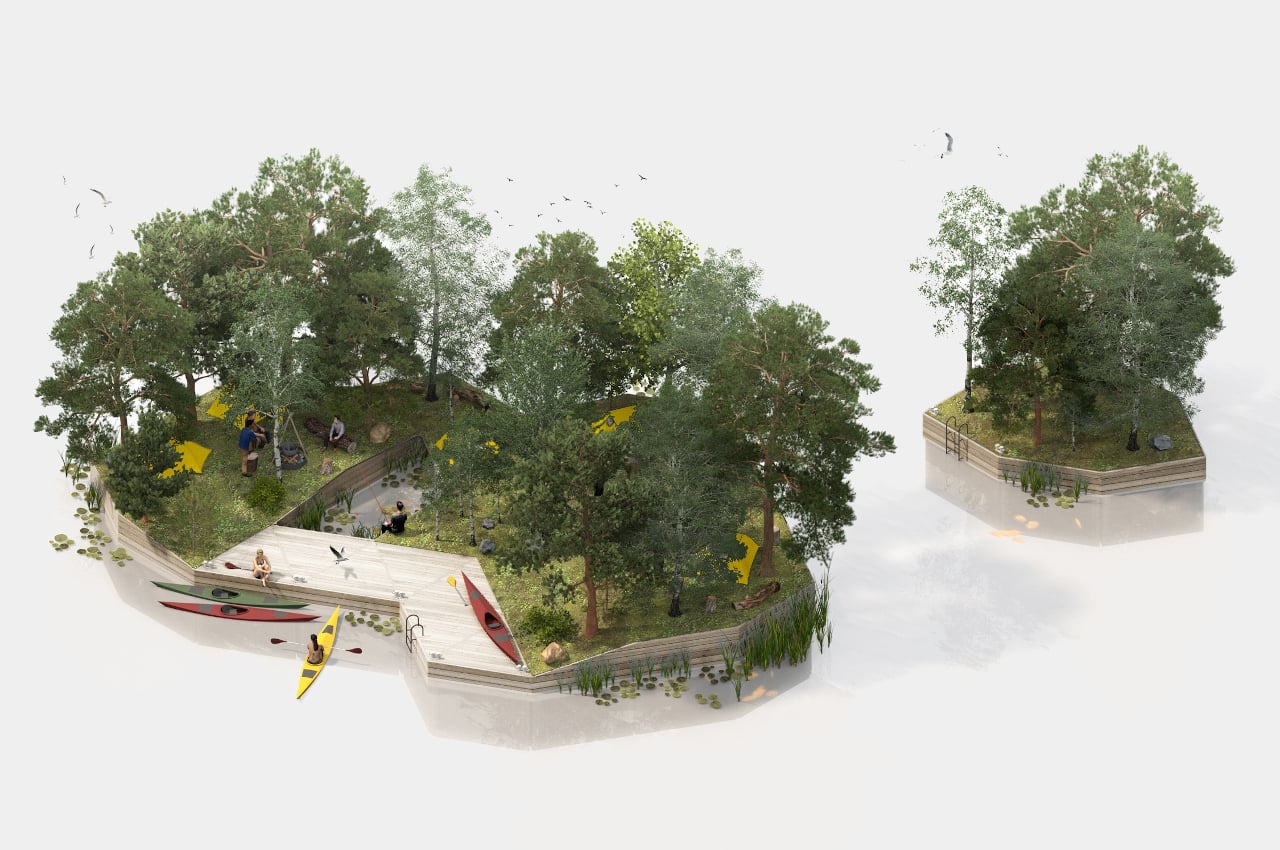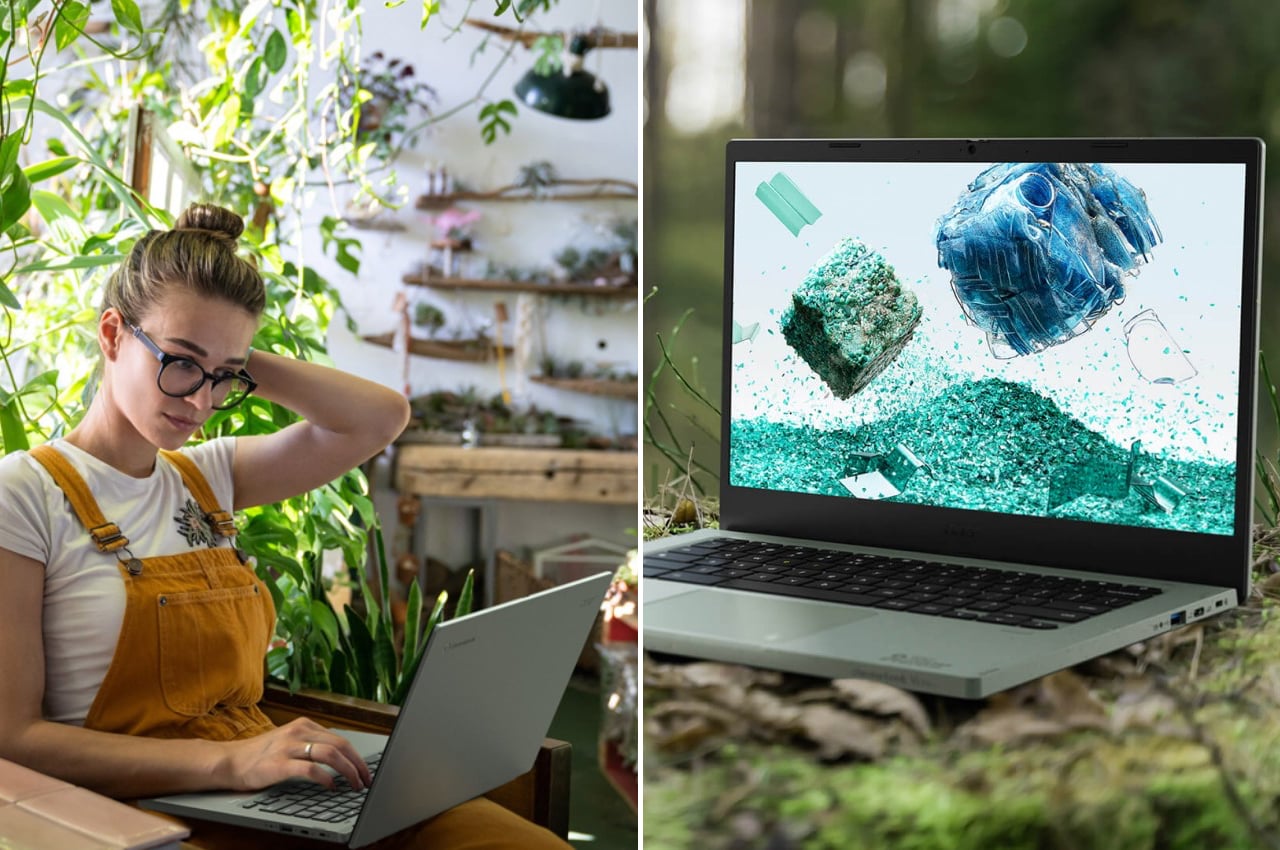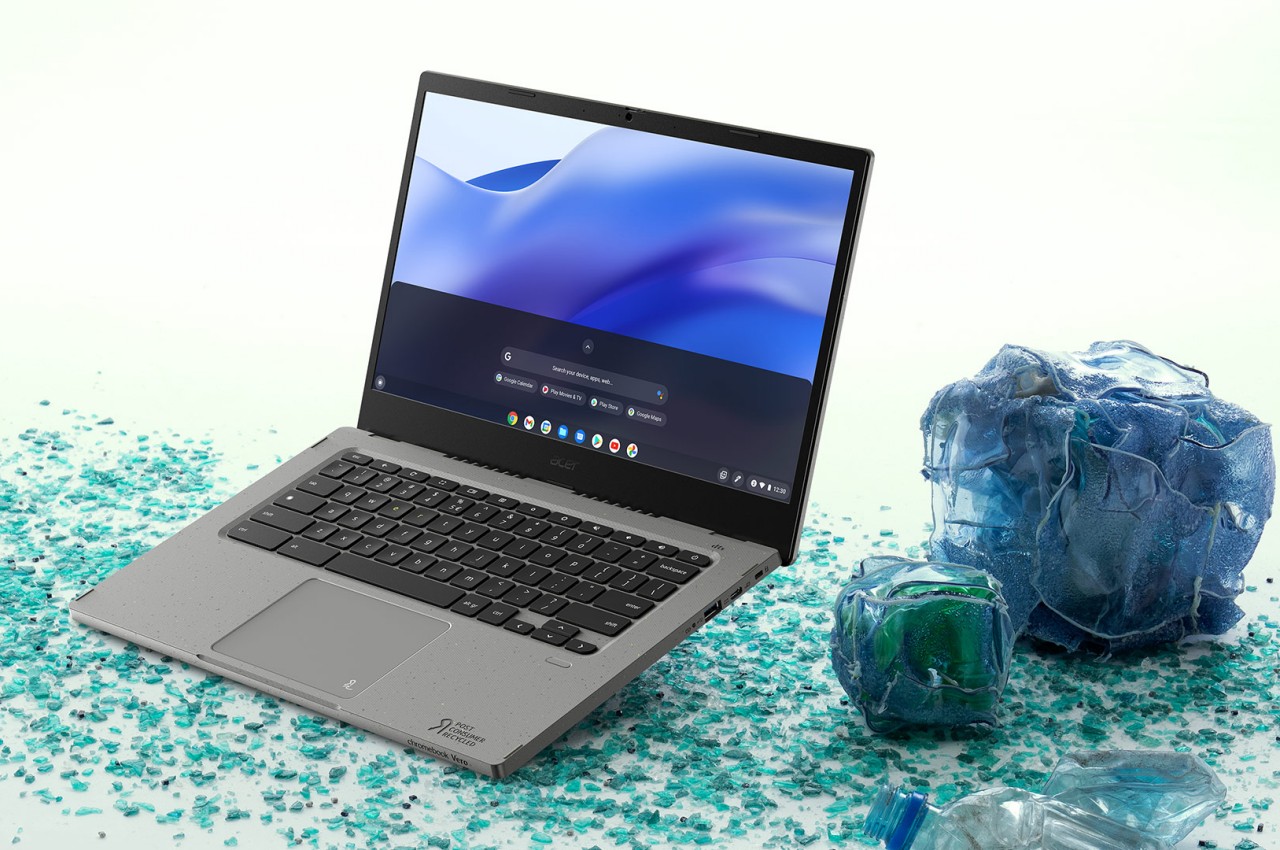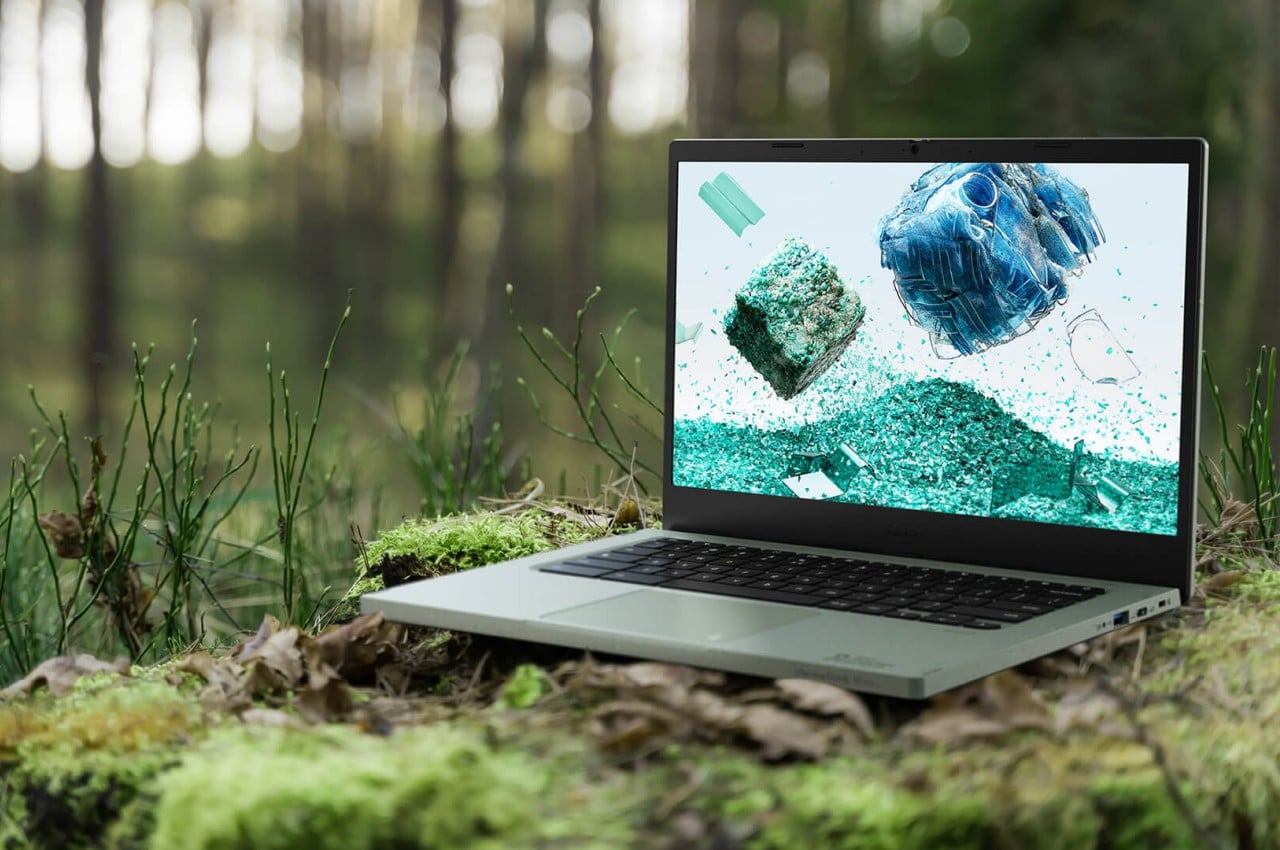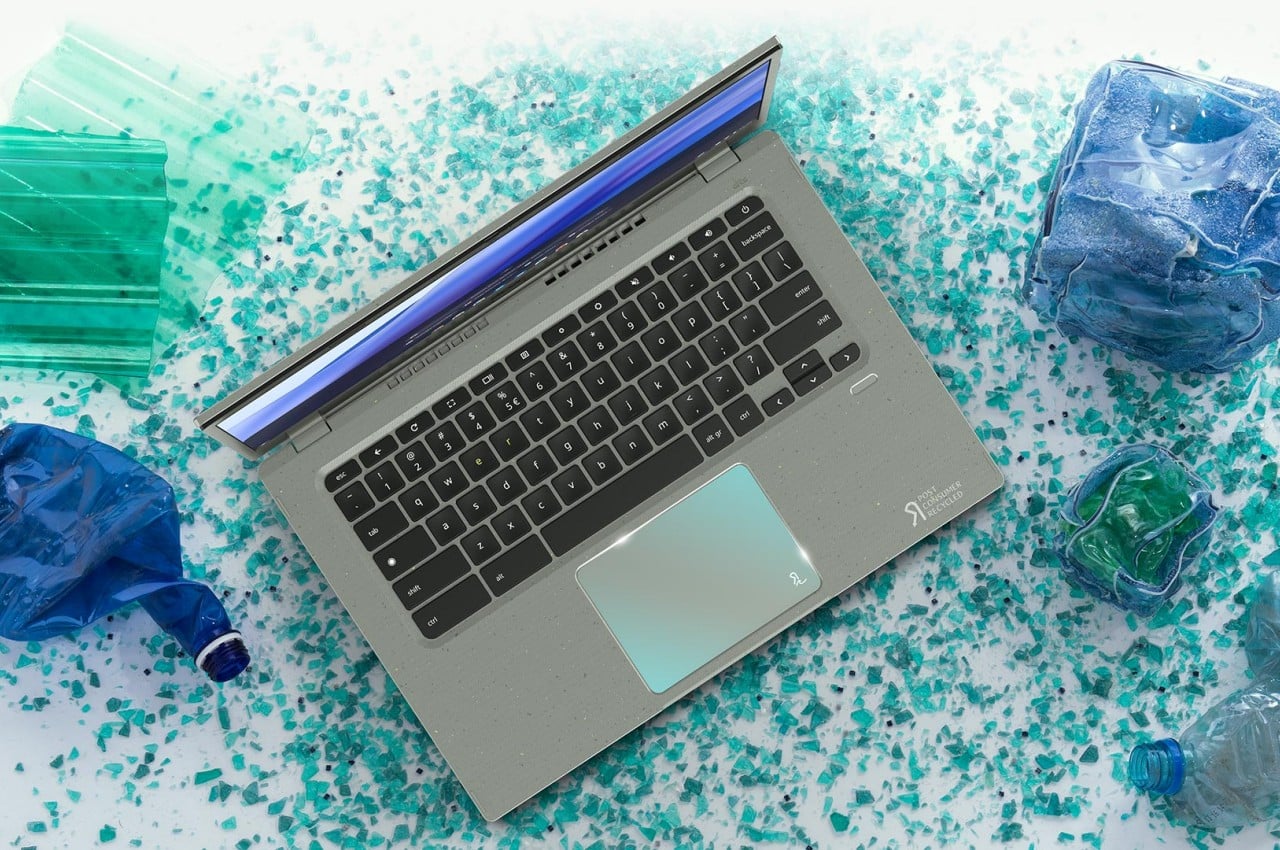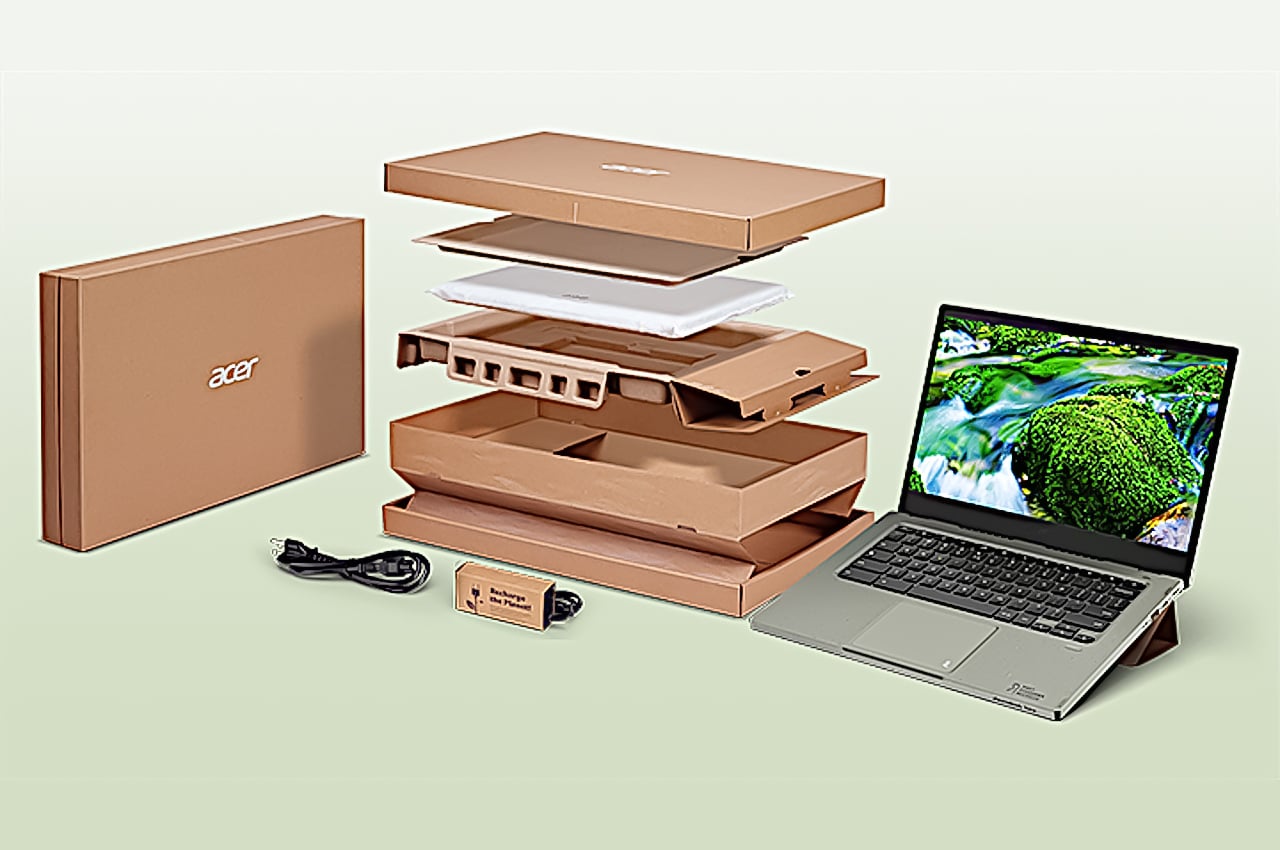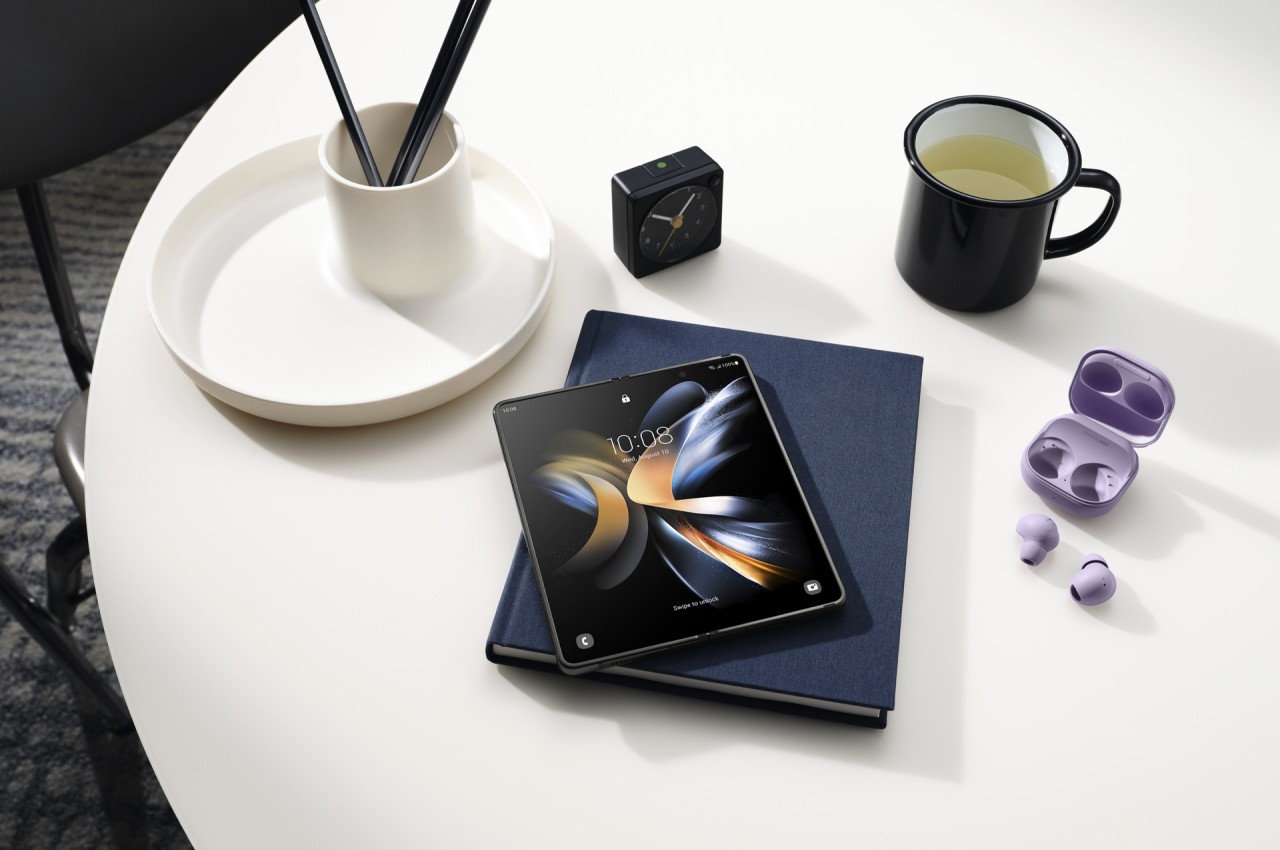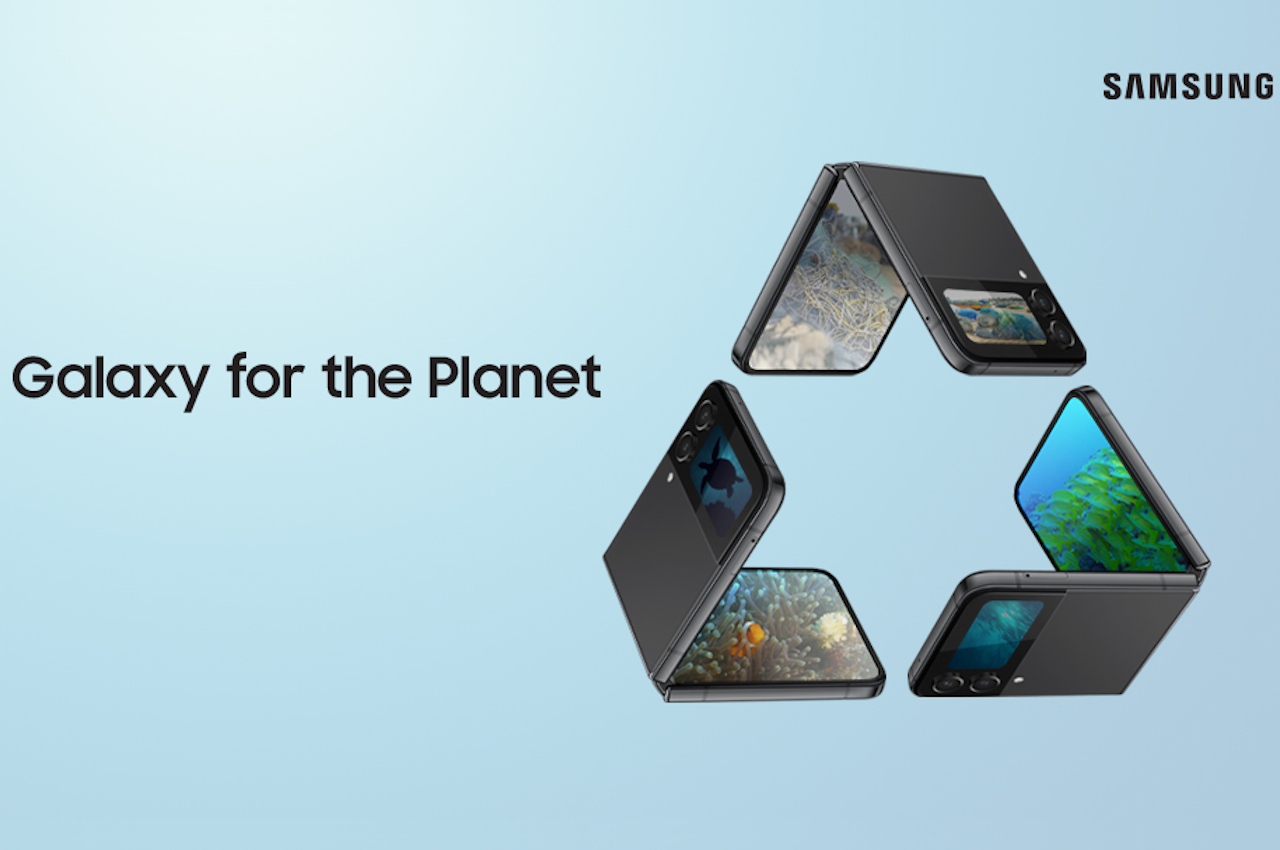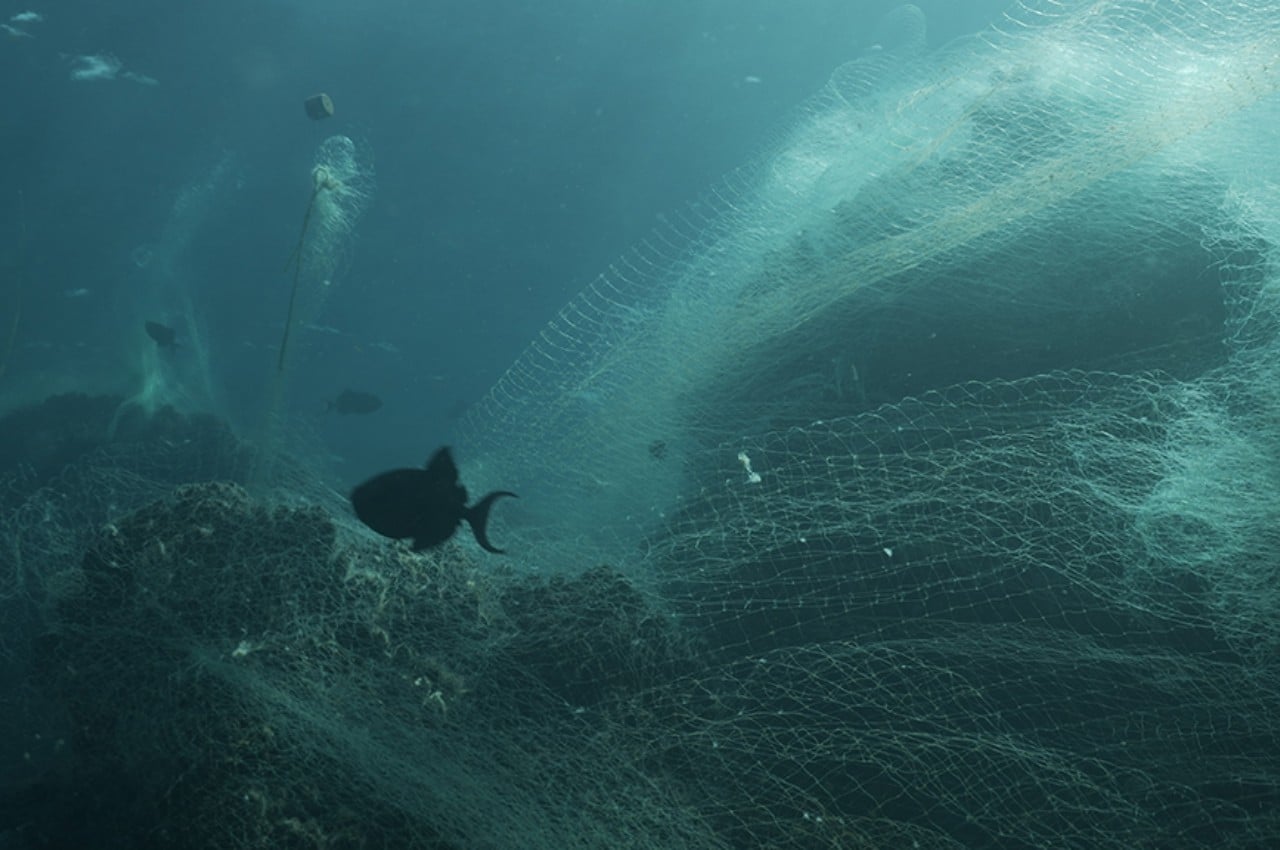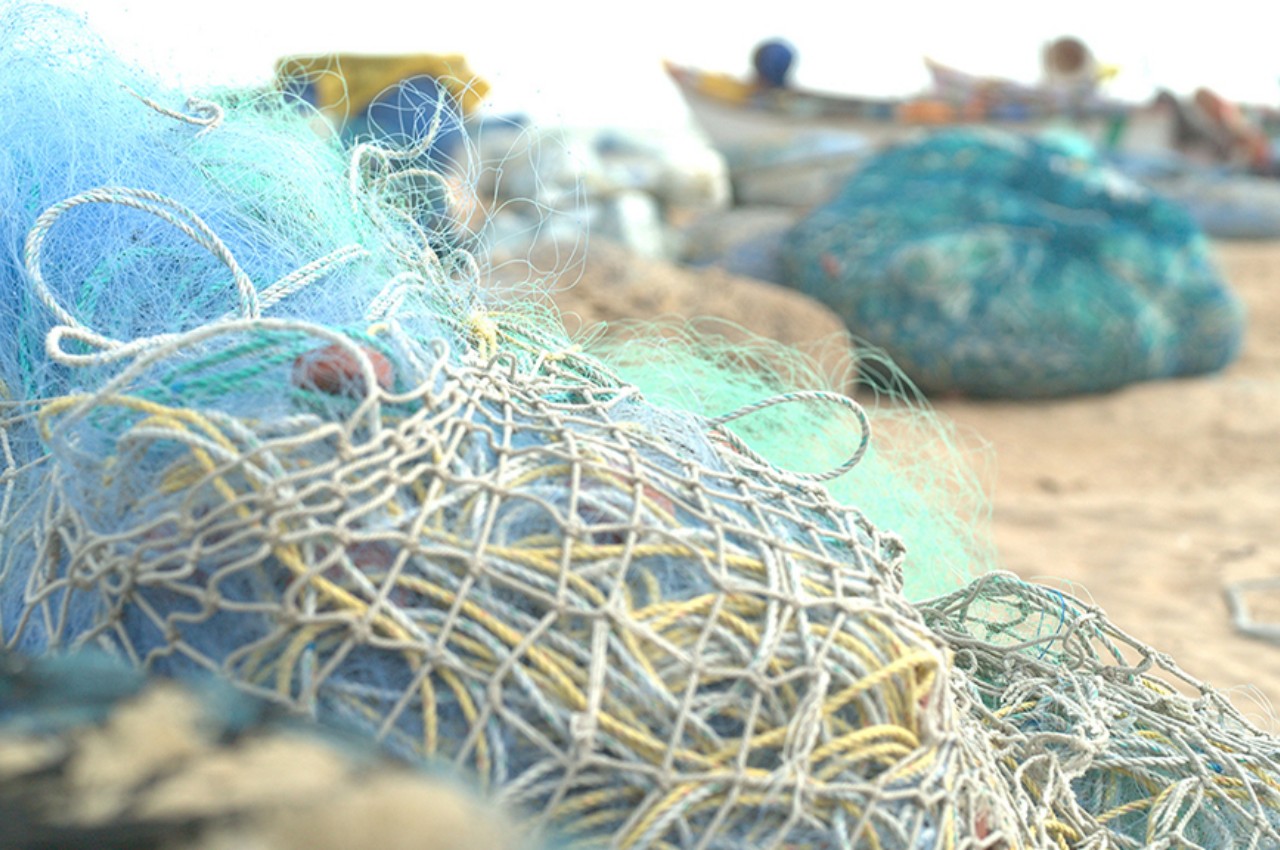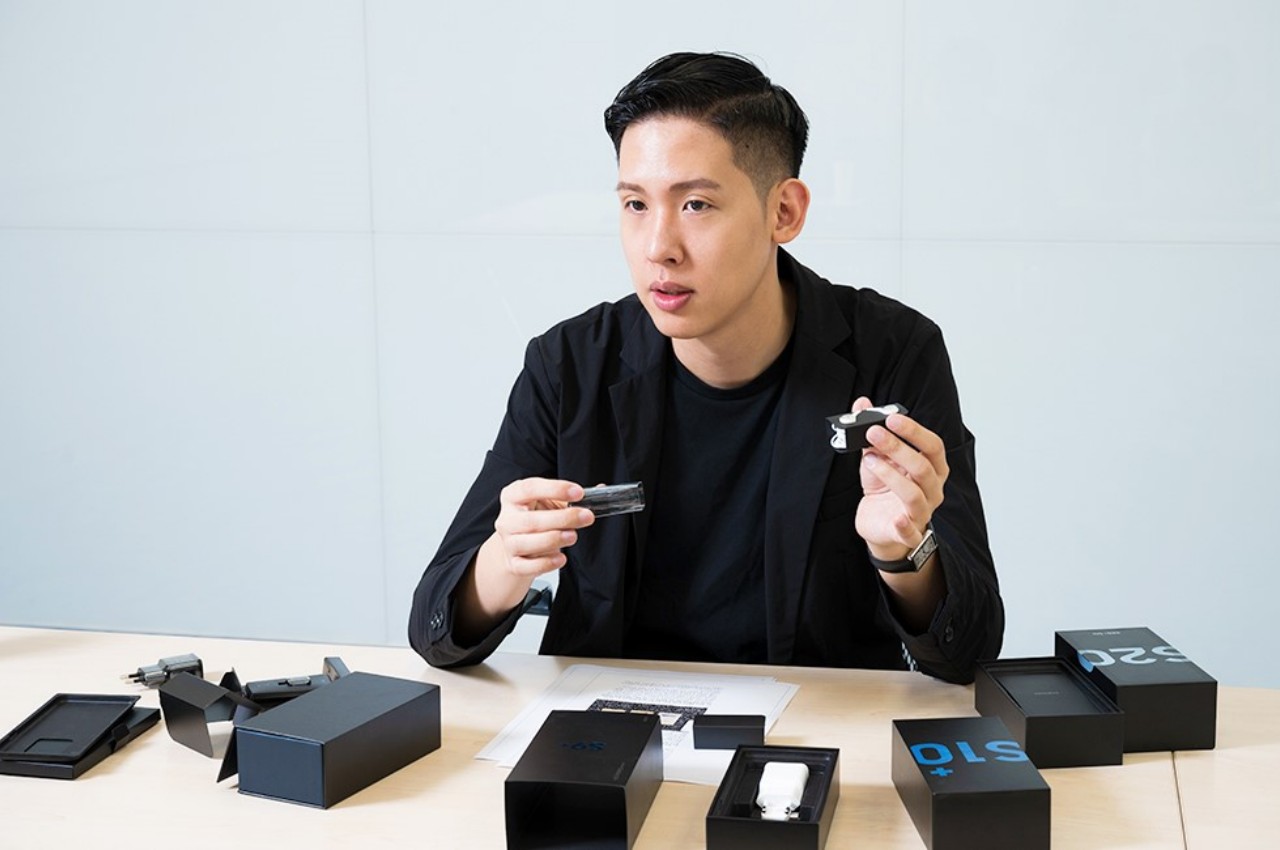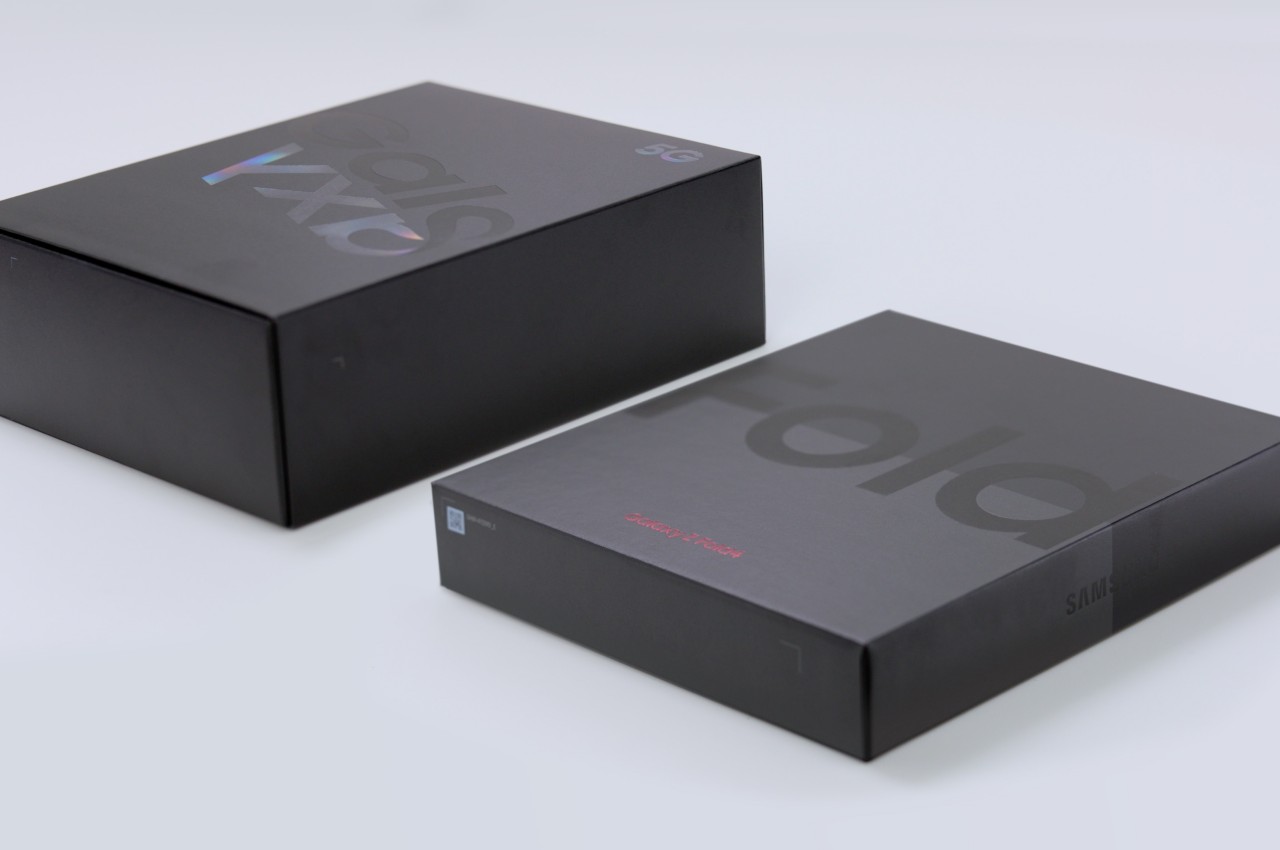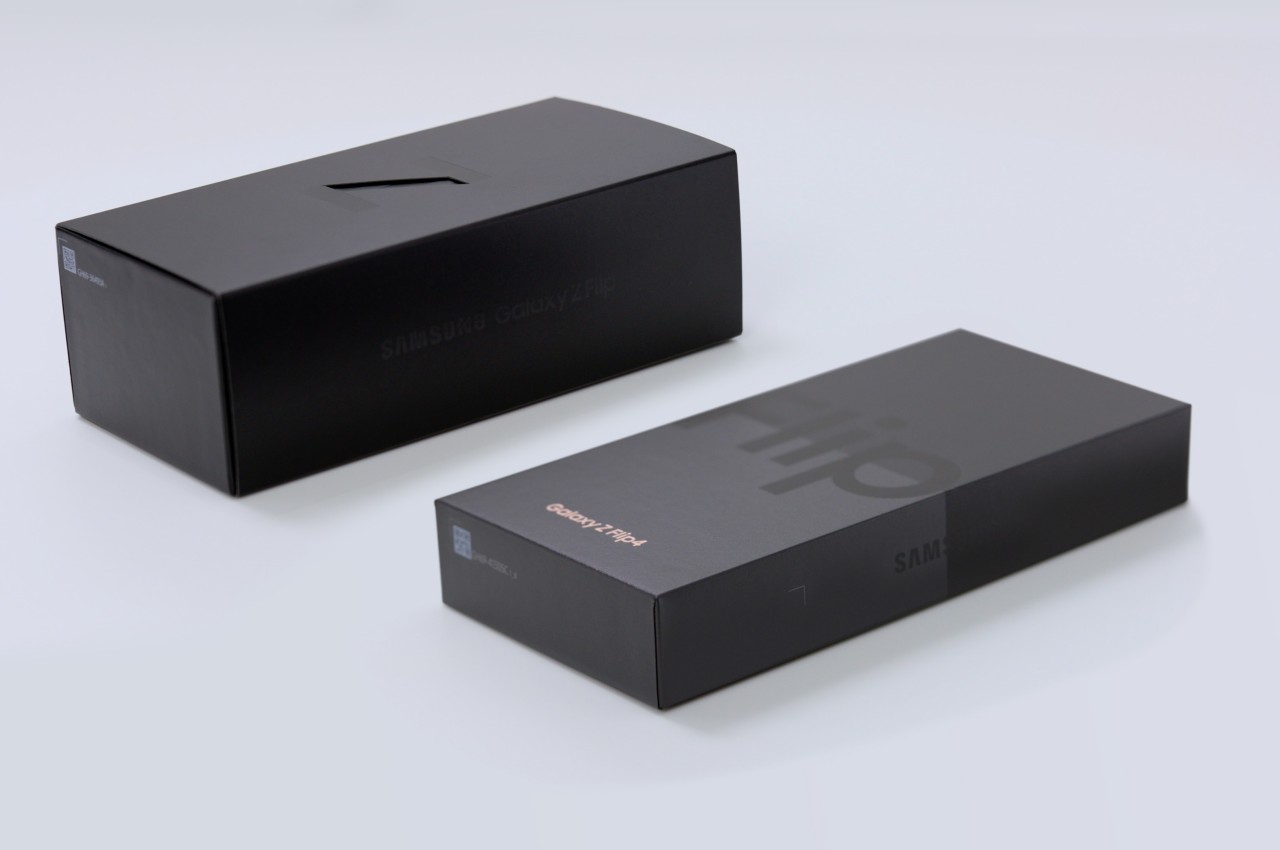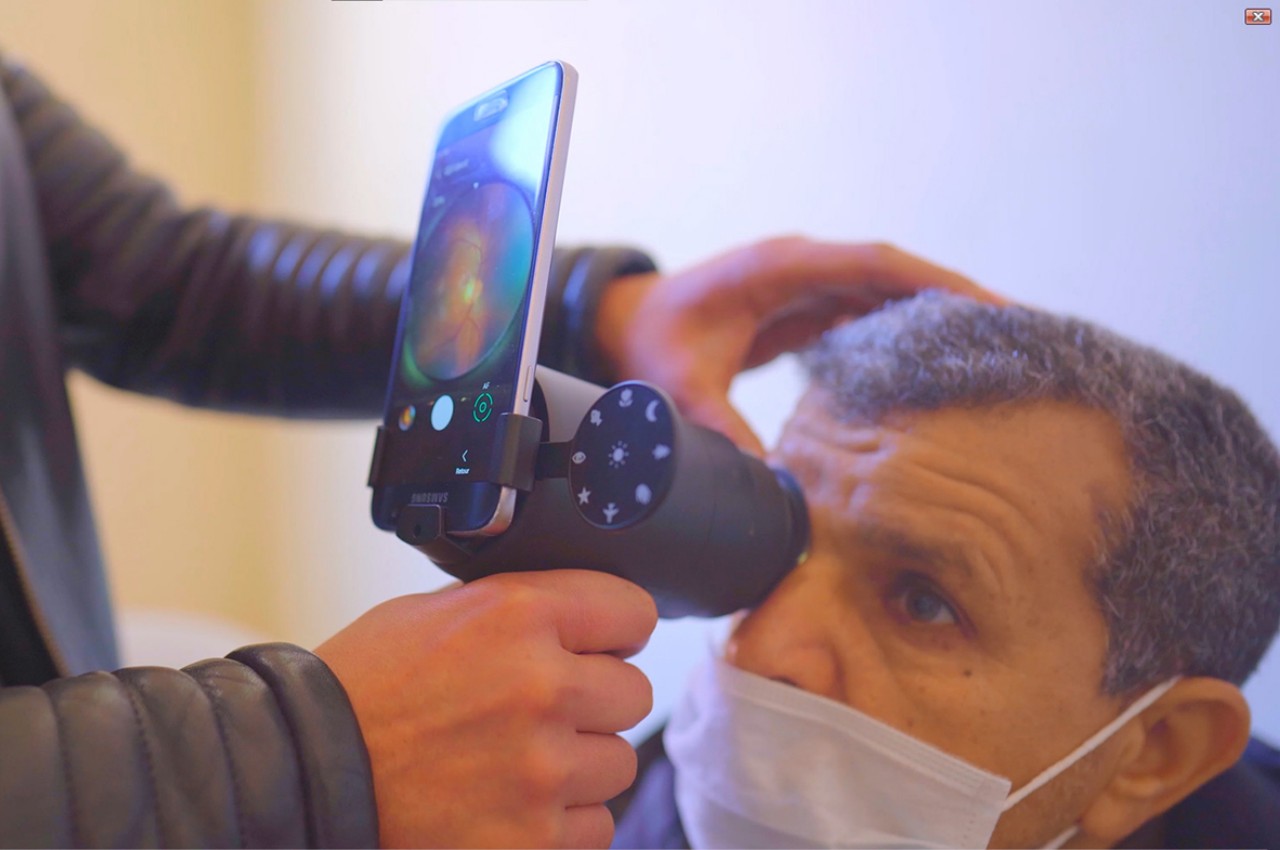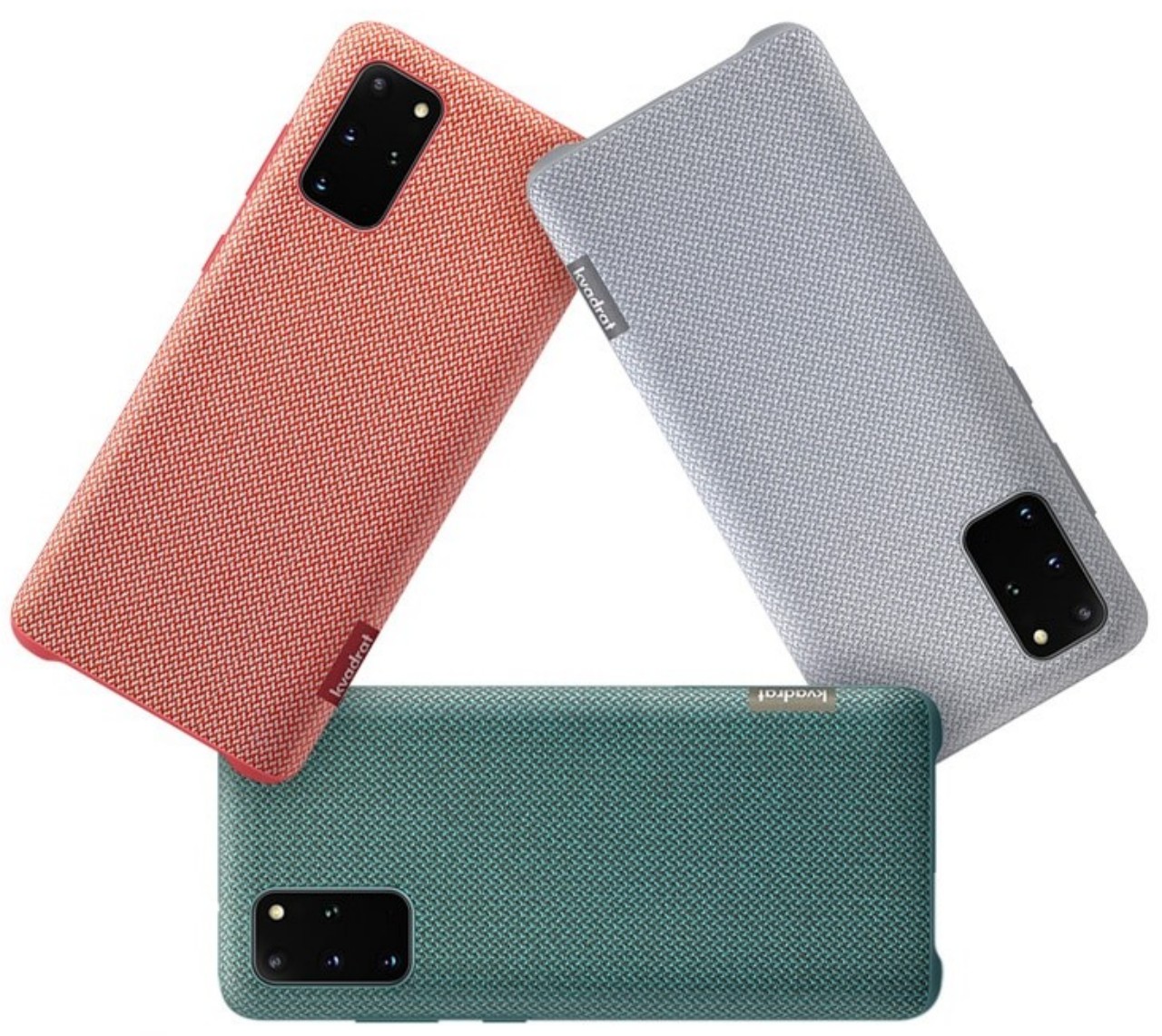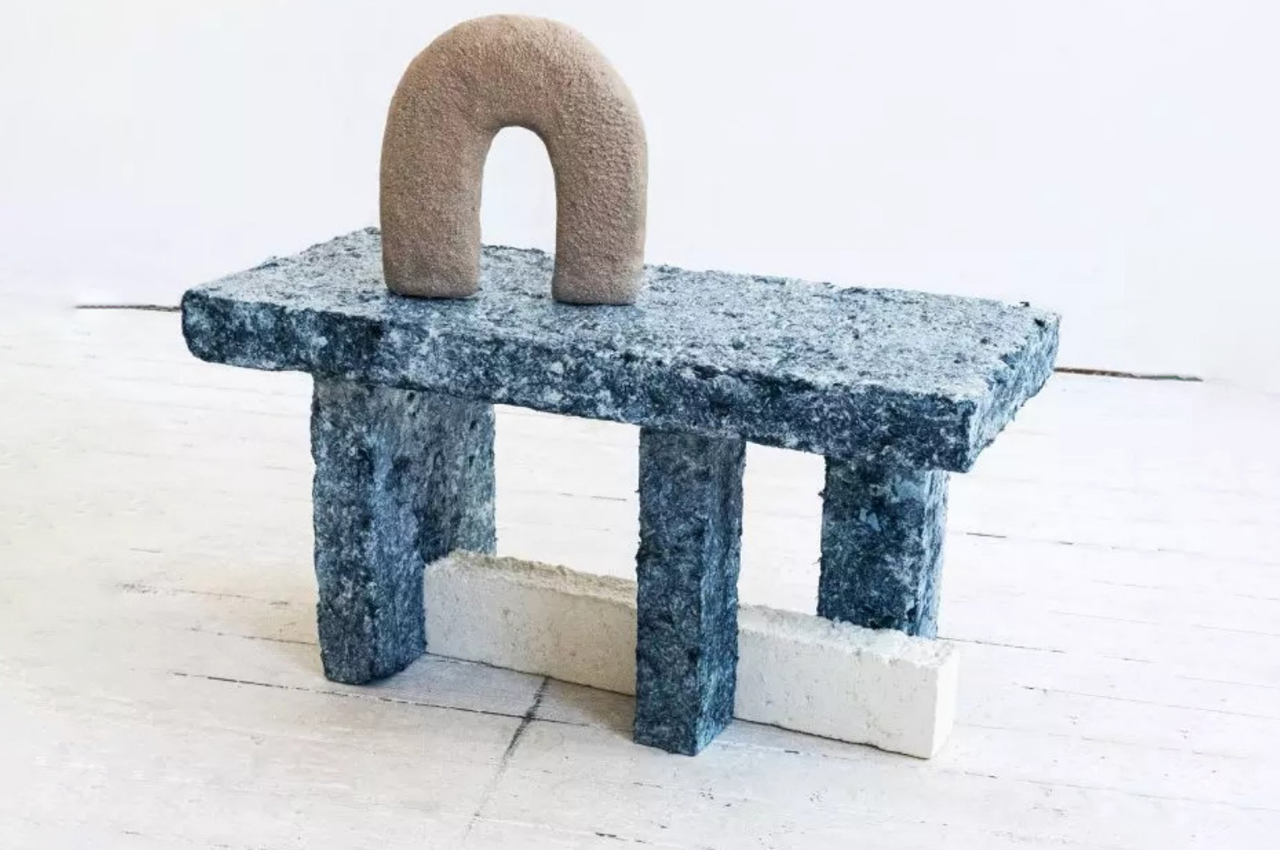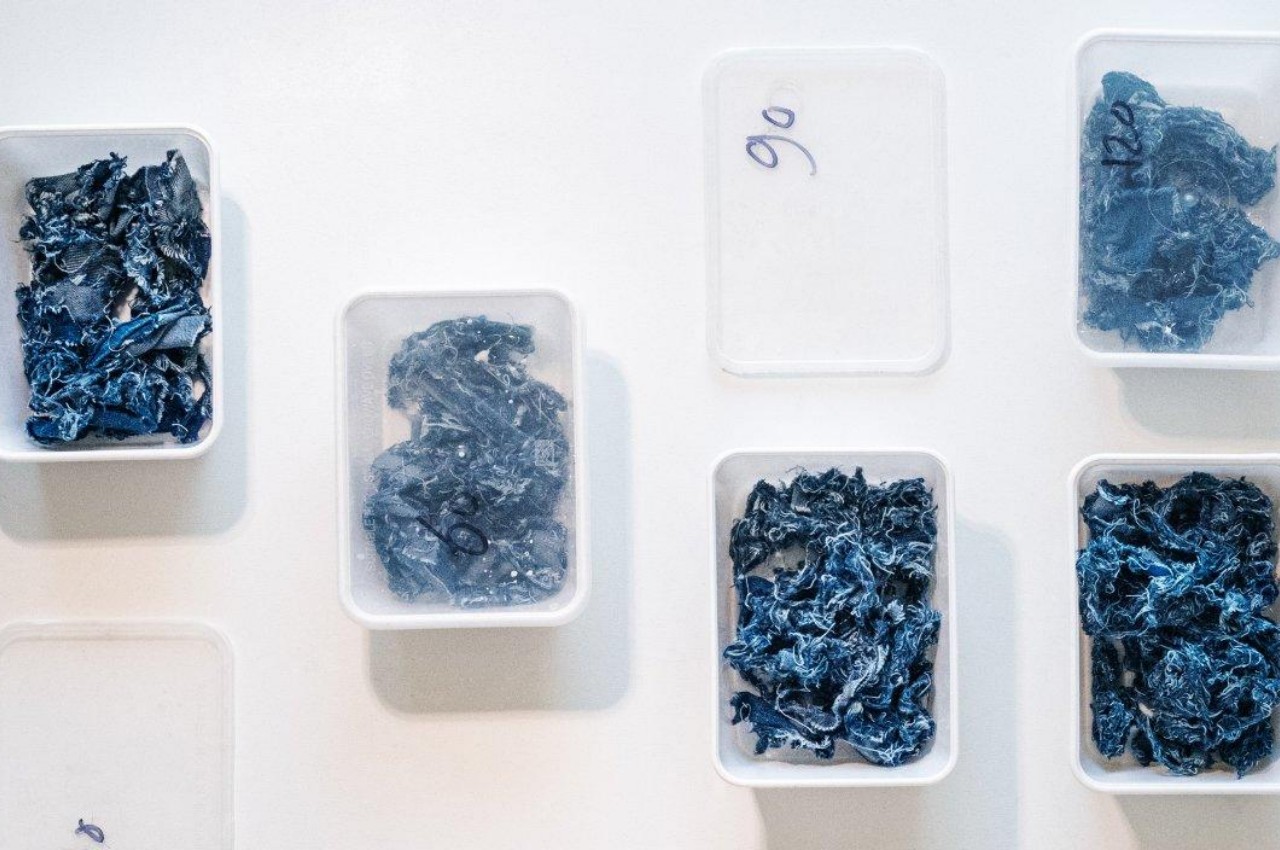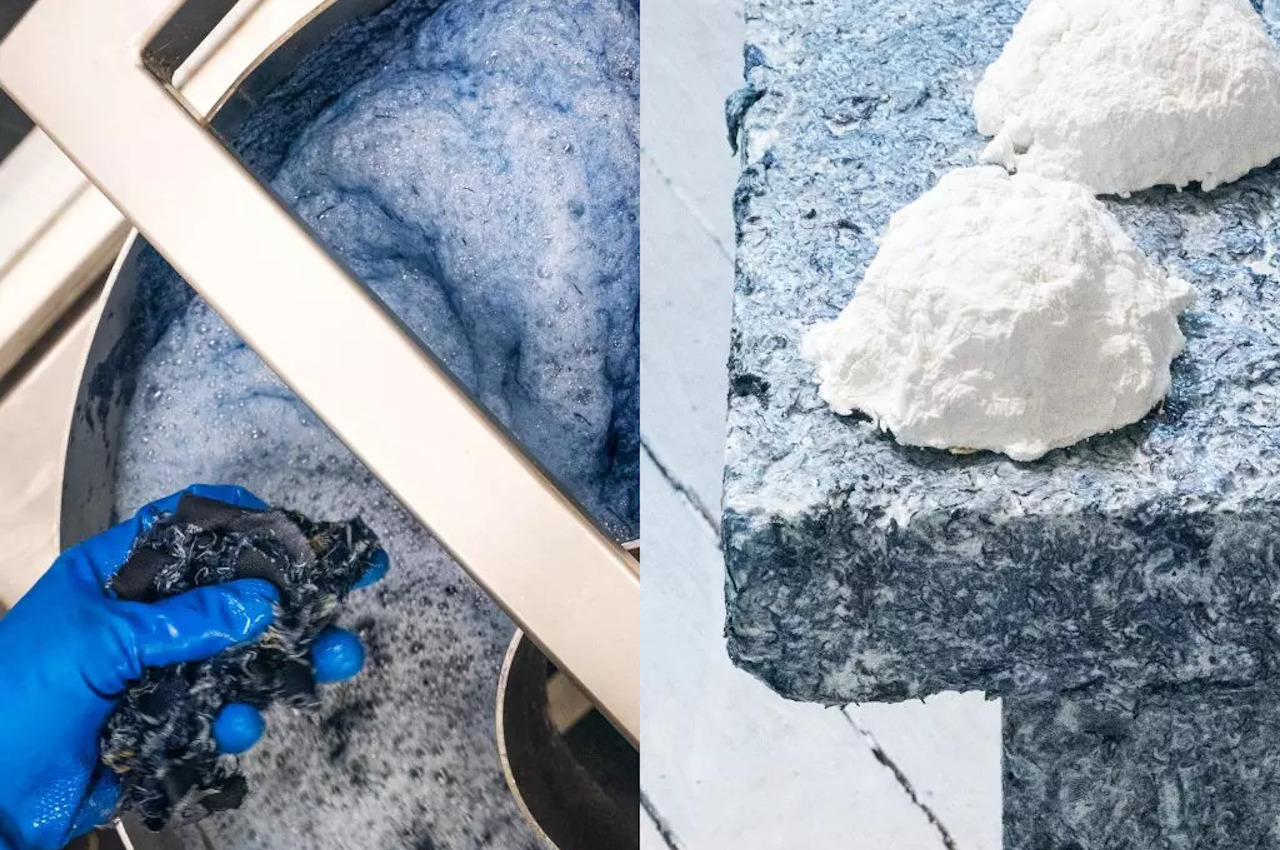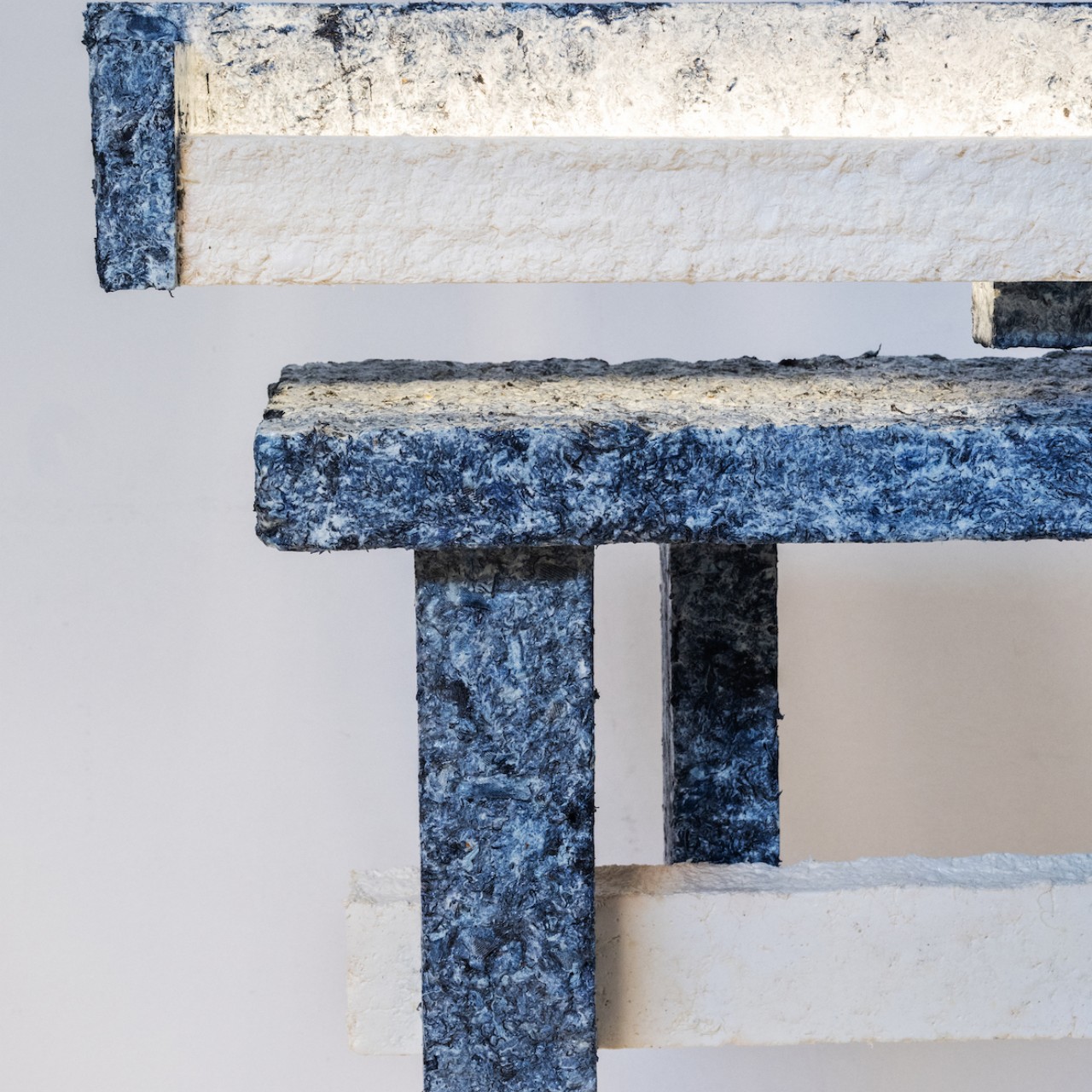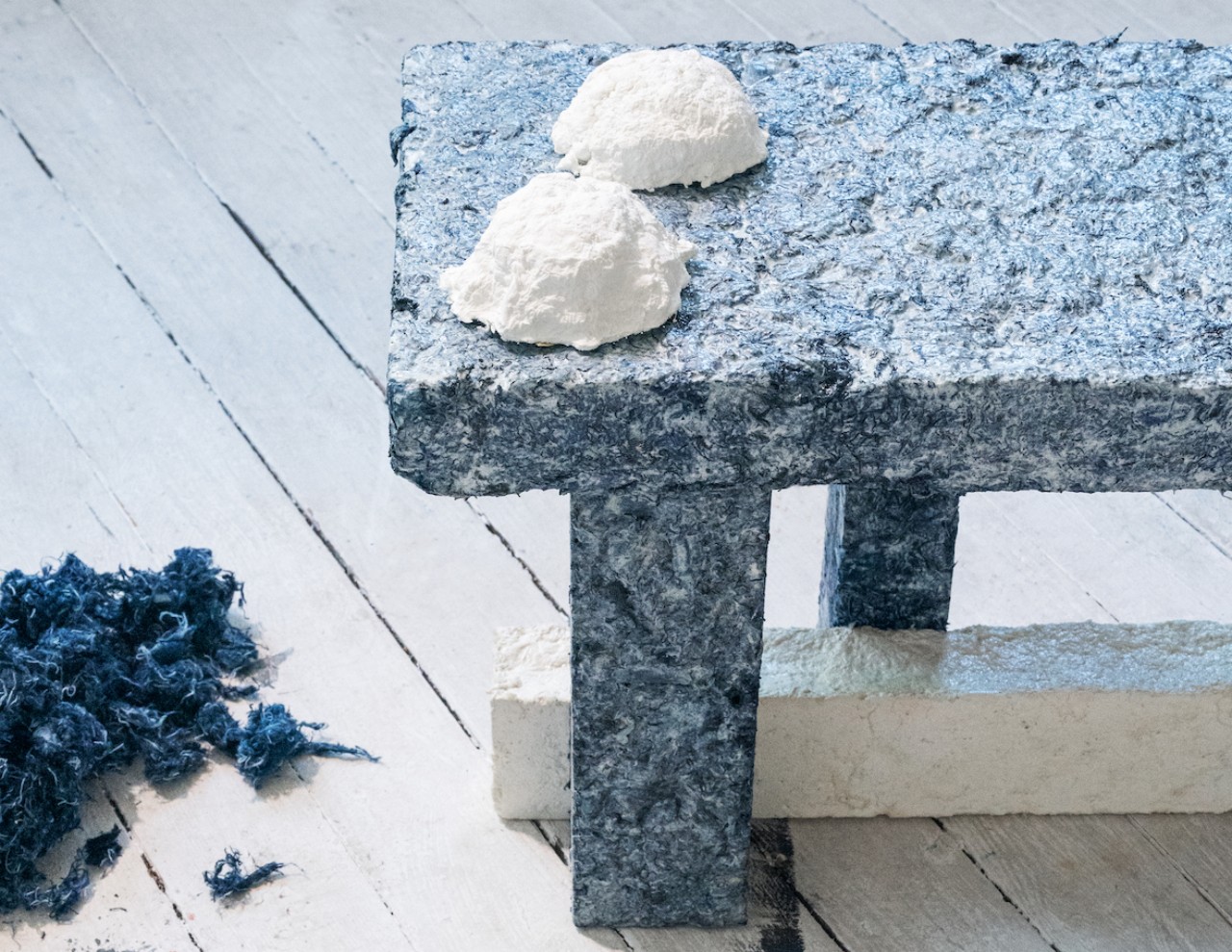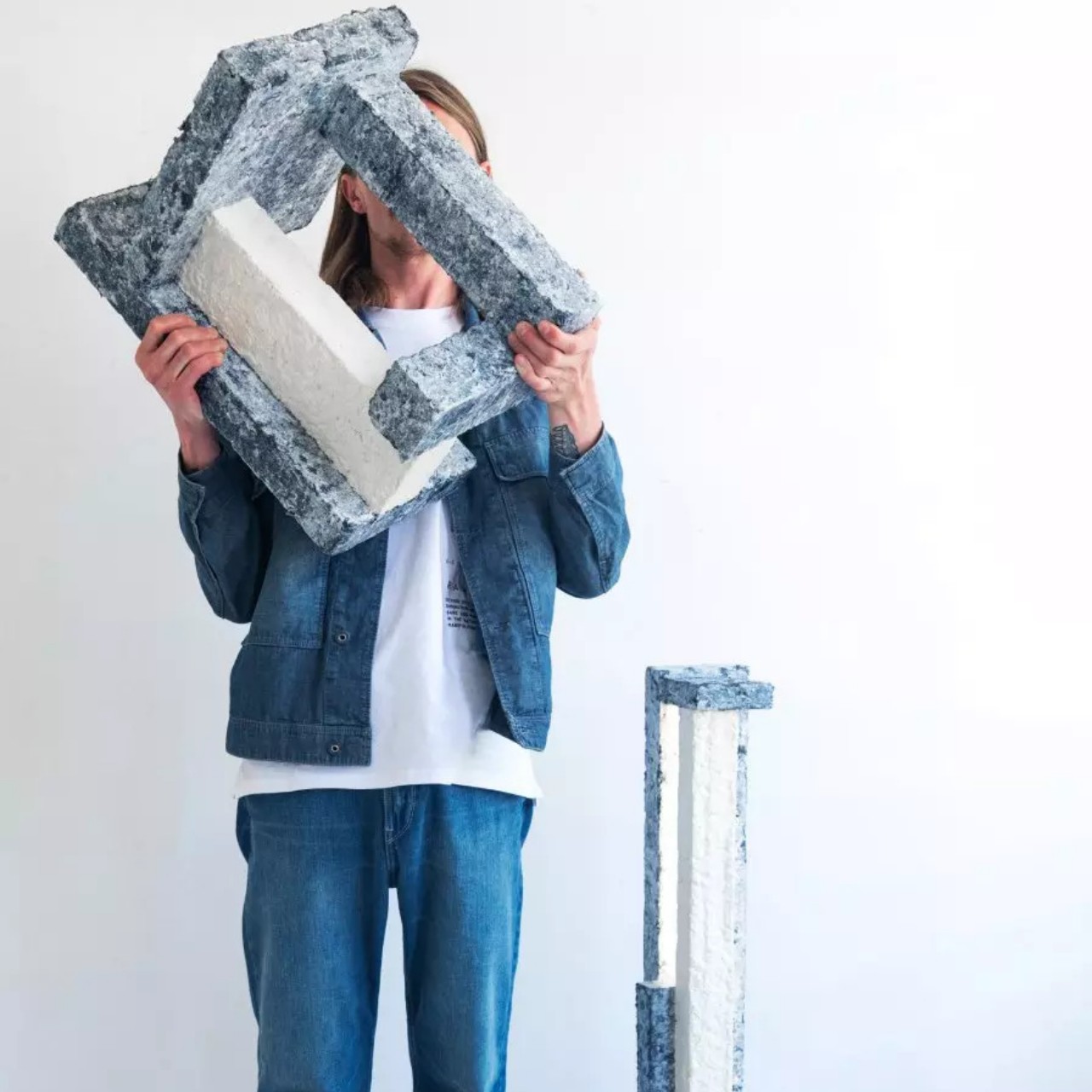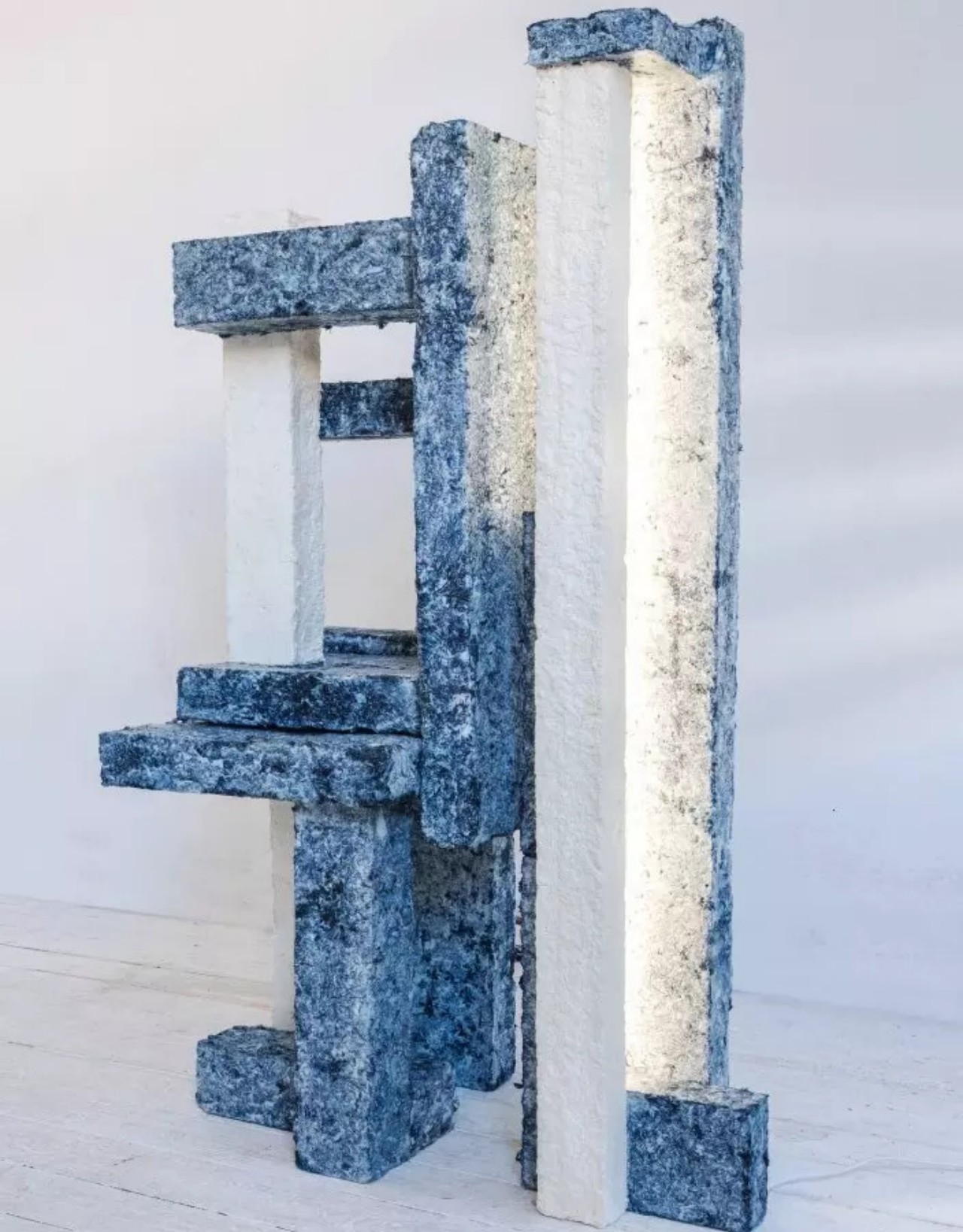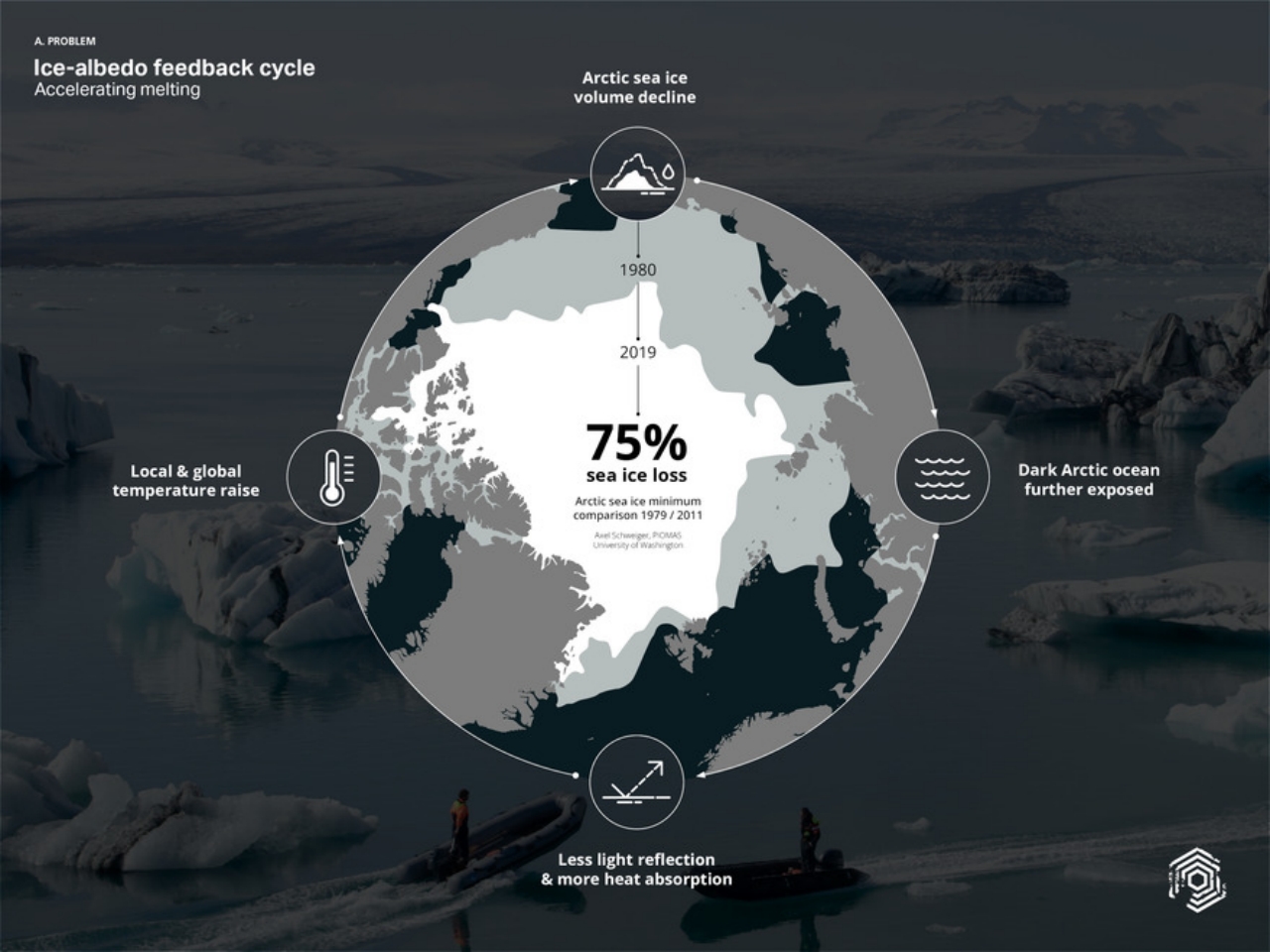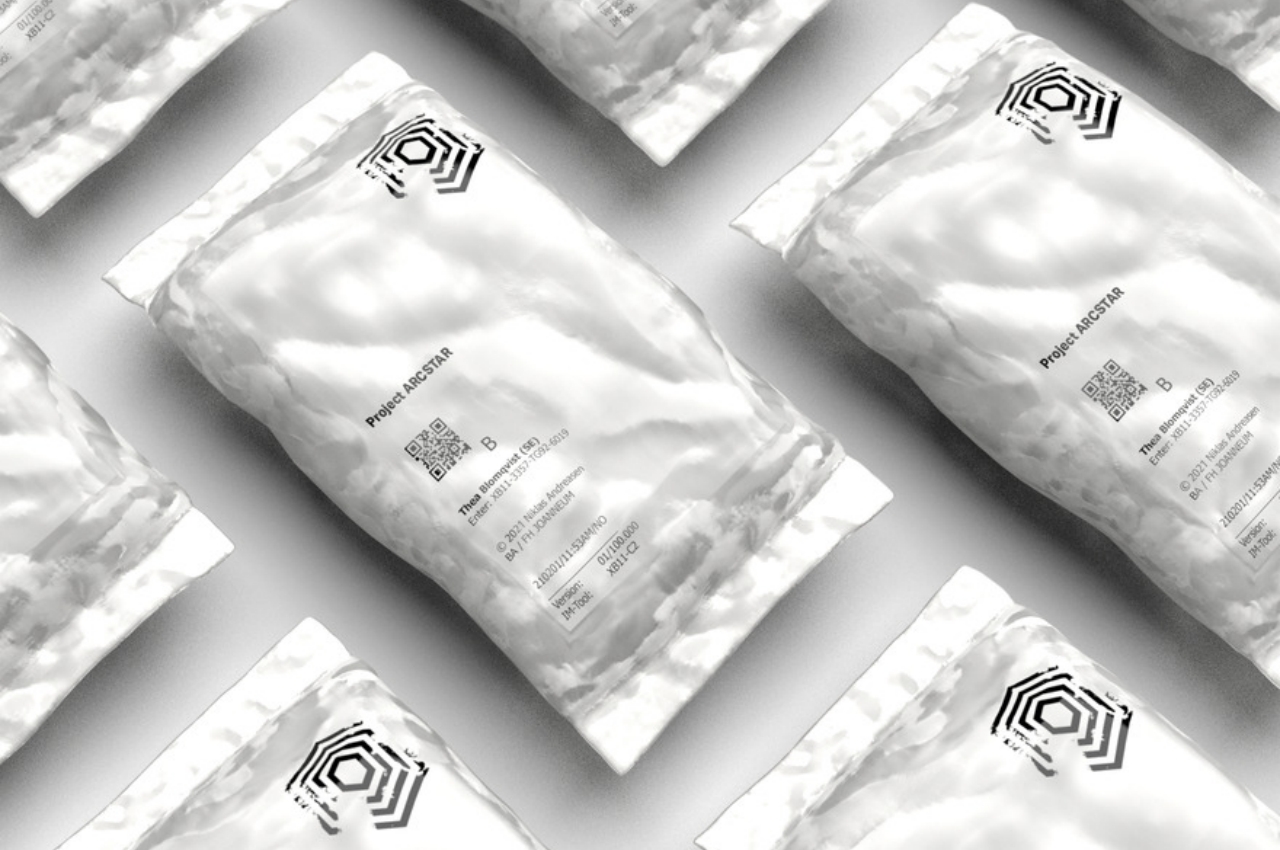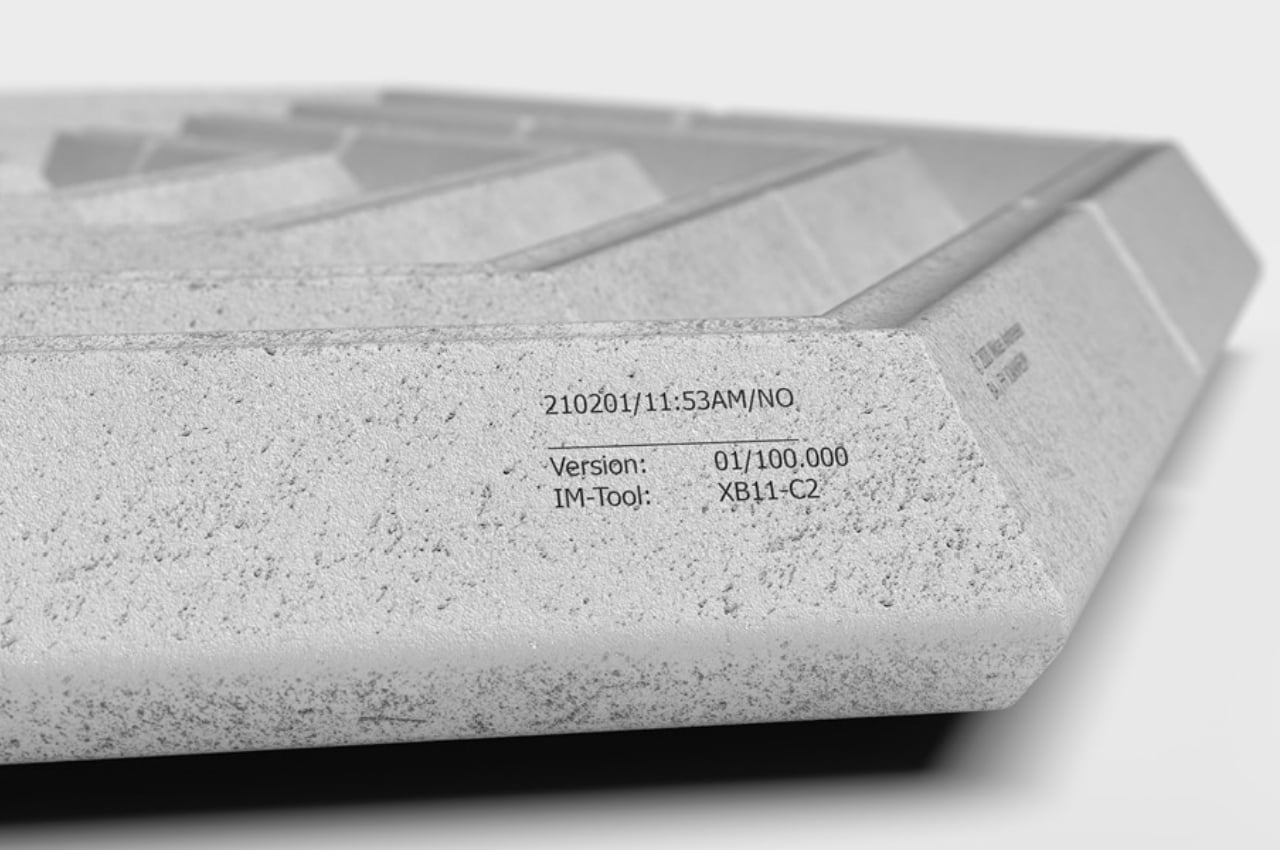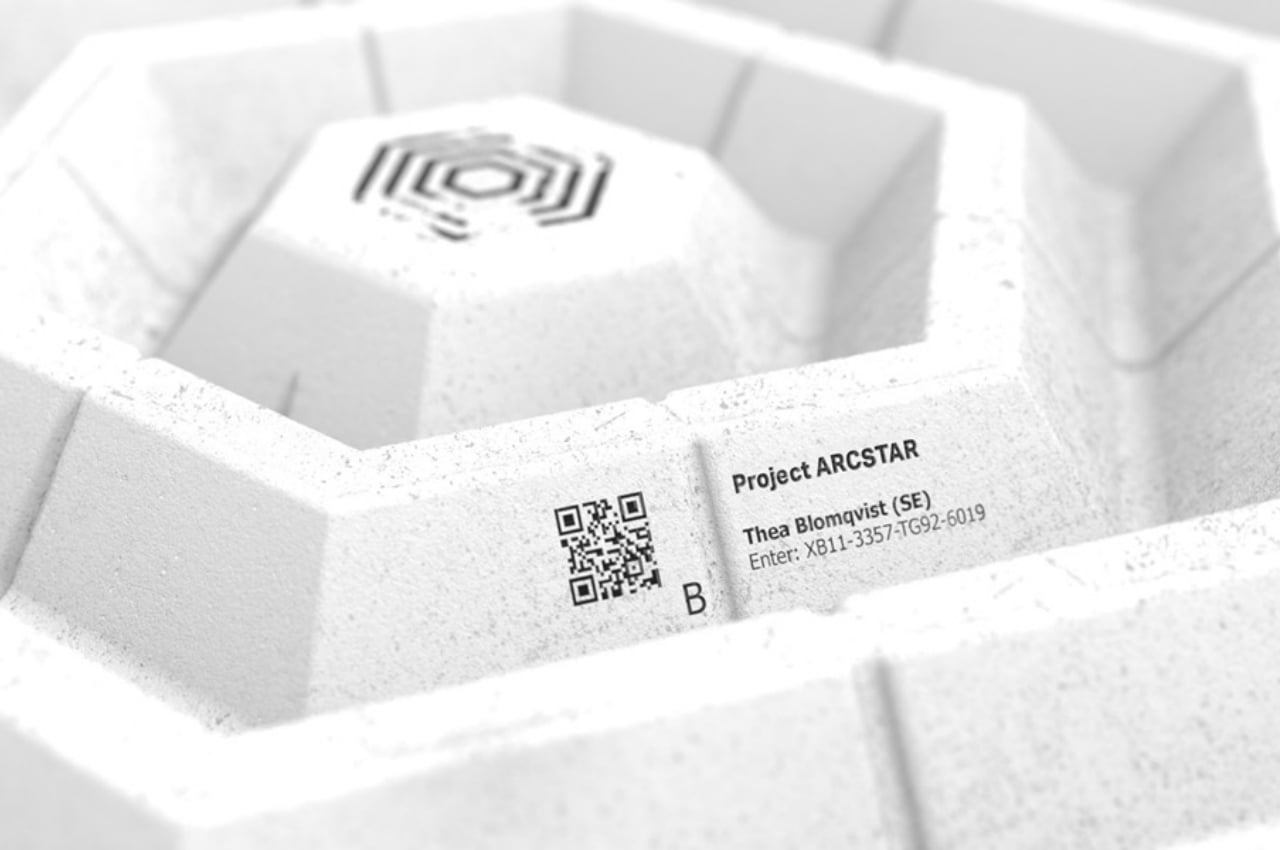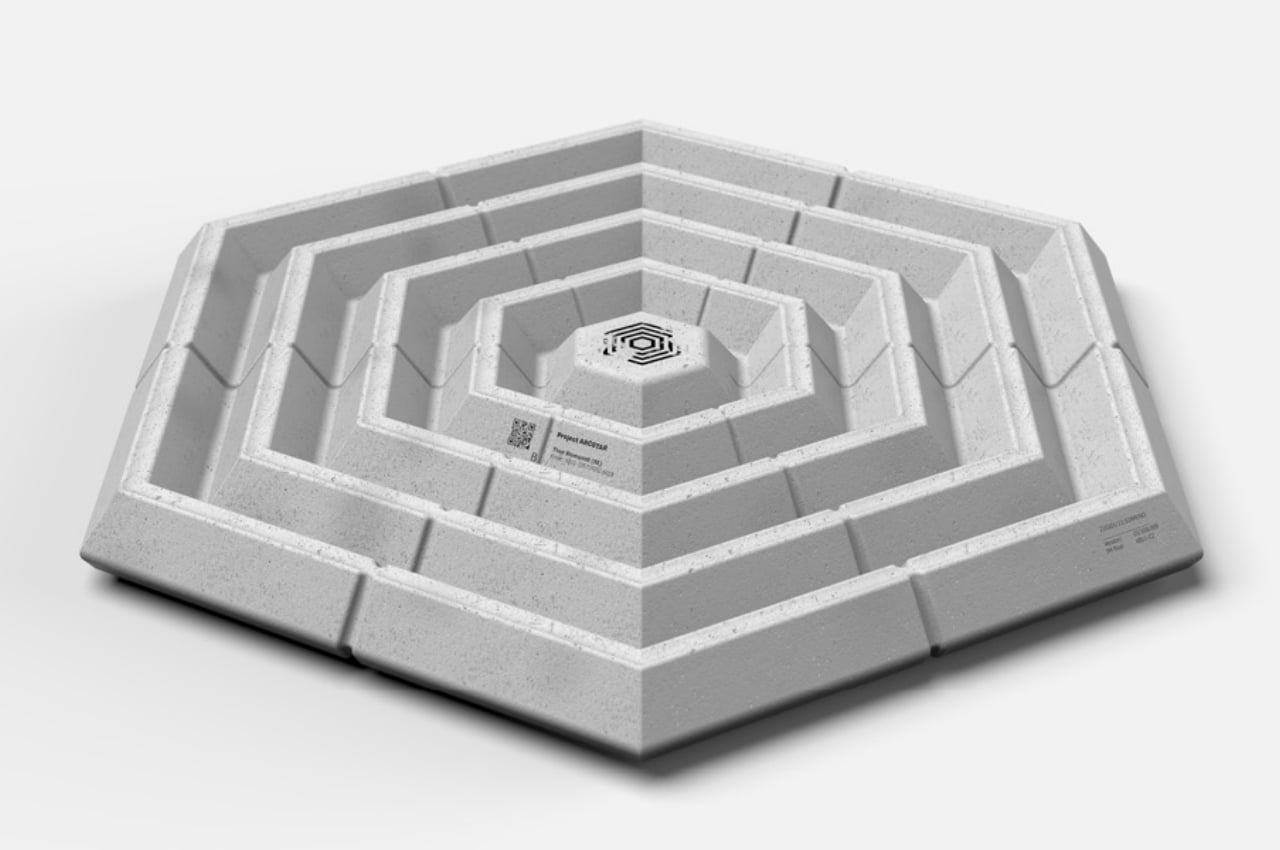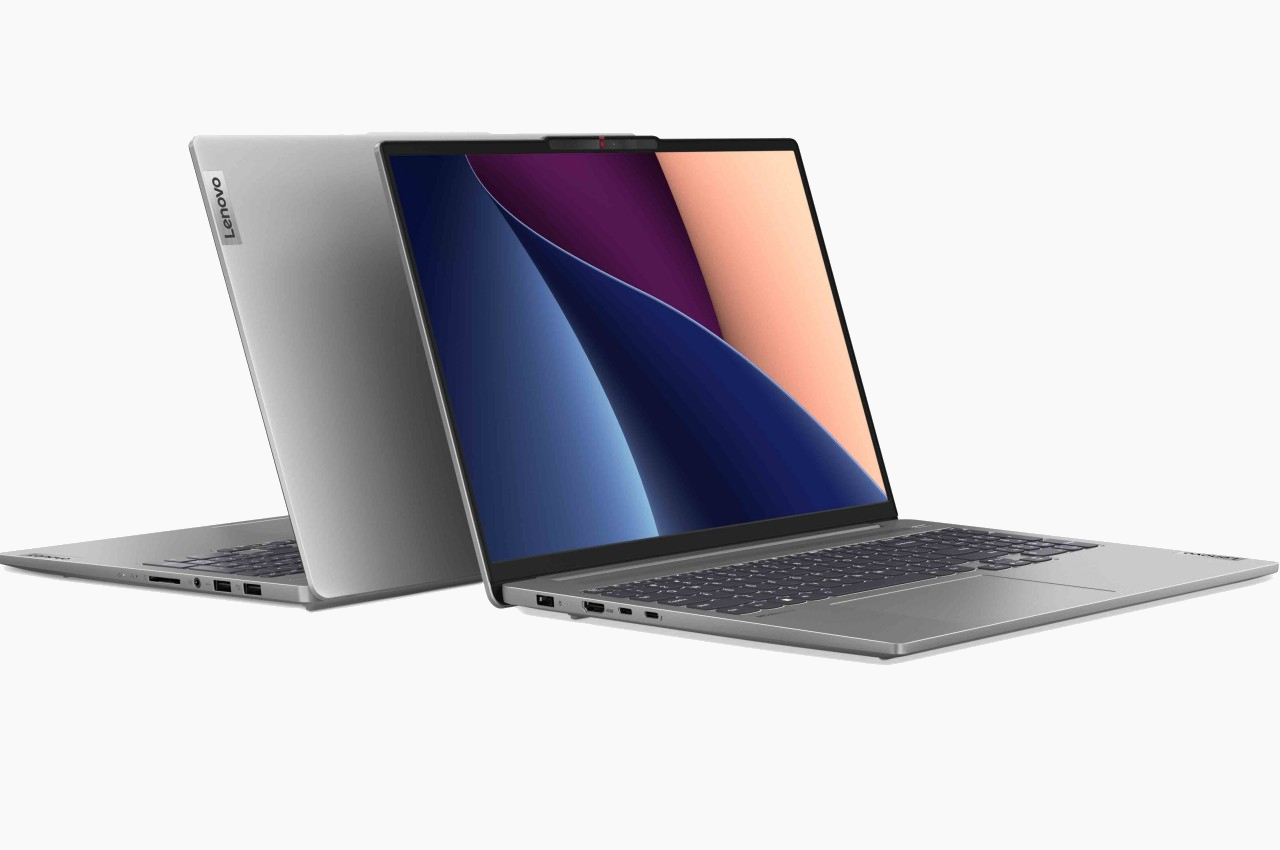
Not everyone who needs a computer has steep requirements and deep pockets. That said, it doesn’t mean that these people don’t deserve a respectable product that gives what they need at a more accessible price point. There is a never-ending balancing act between price and features in the computer market, and thankfully Lenovo has a wide portfolio to capture these different segments. While the ThinkPad line mostly targets business customers and professionals, the IdeaPad family aims for everyday users with more varied needs. In that regard, the upcoming IdeaPad Pro 5i and 5 laptops might just have the perfect balance of powerful features in a package that won’t burn a large hole in your wallet.
Designer: Lenovo
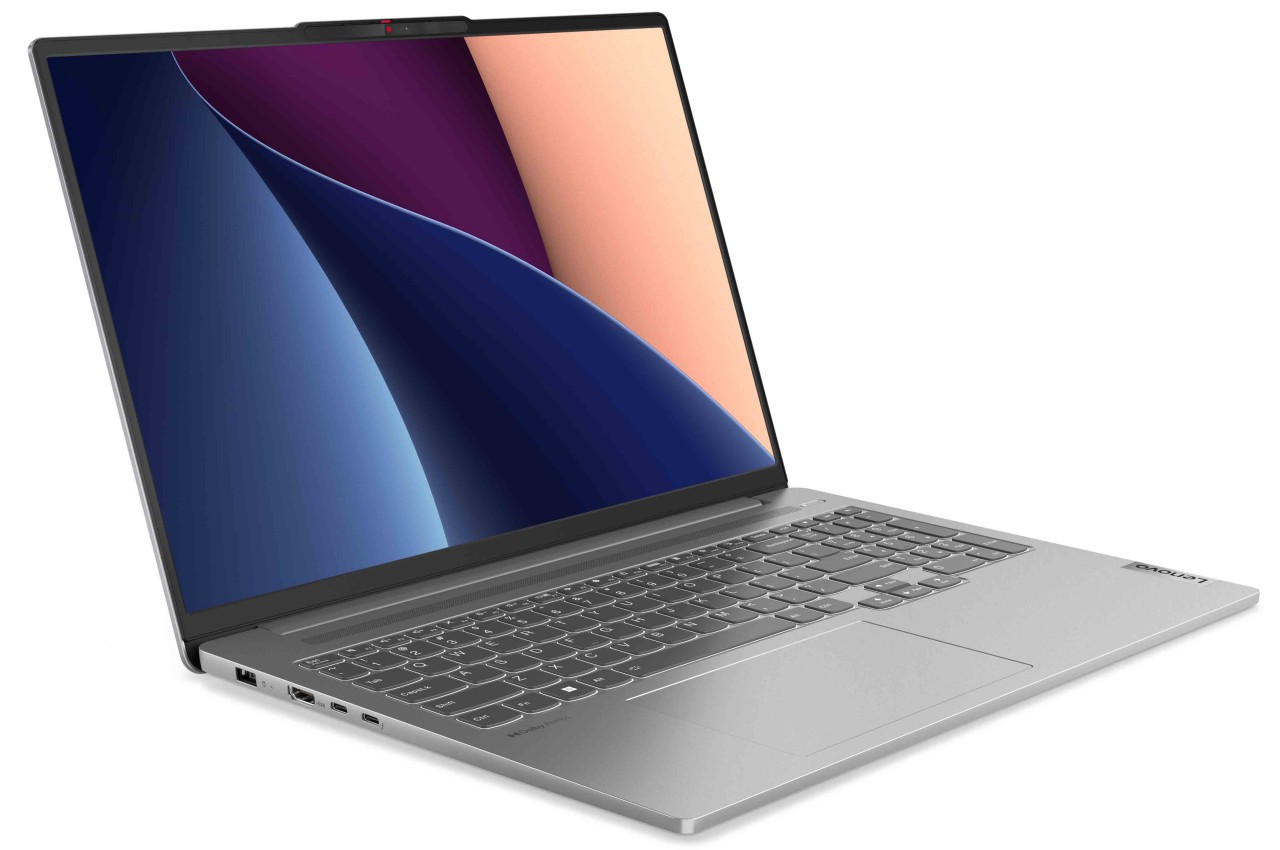
Just because you don’t want or even need all the bells and whistles of a premium laptop doesn’t mean you don’t deserve a decent portable PC. Since different people have different needs, such a computer will still need to check all the right boxes to be usable for all people from all walks of work and school life. That’s the ideal of the Lenovo IdeaPad, and the latest iteration of its “Pro” tier gives buyers the freedom to choose what they need and want, from the size down to the processors inside.

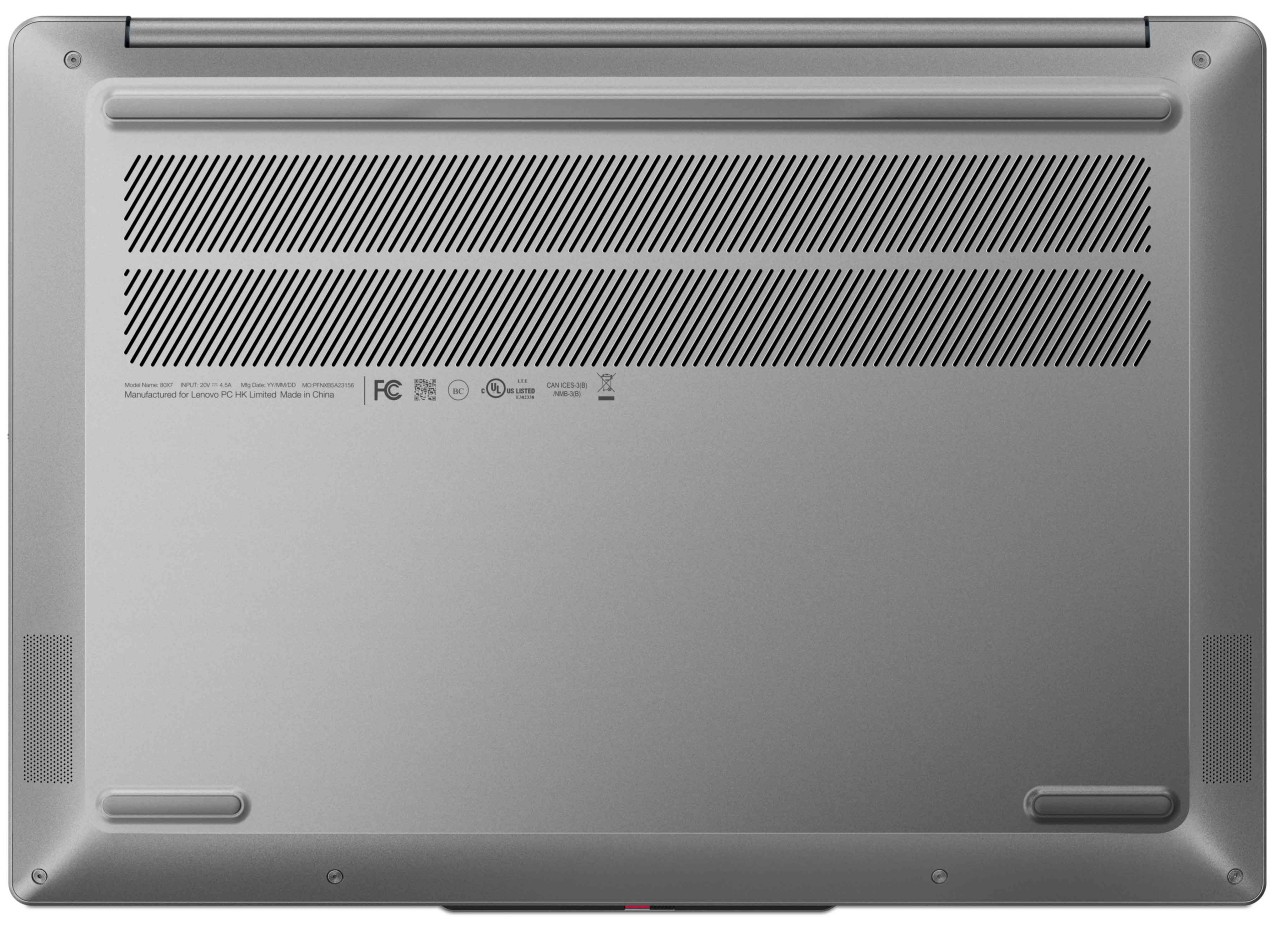
The IdeaPad Pro 5i and IdeaPad Pro 5 are nearly identical in specs, differentiated only in the CPU they use, both the latest in their category. The “i” in the IdeaPad Pro 5i signifies that it’s an Intel machine, while the IdeaPad Pro 5 goes with the rivaling AMD Ryzen. For the former, buyers get to choose whether to use Intel’s built-in graphics or spend a bit more to get a next-gen NVIDIA GeForce mobile GPU, turning the serious laptop into a light gaming machine. There’s also the choice between display sizes of 14 or 16 inches, depending on what you need to be productive.


Whichever configuration you choose, Lenovo promises a balanced set of features to cover any type of use case, from work to study to entertainment. A physical privacy shutter for the camera guarantees your online safety when you’re not on a video call, and a Smart Power feature learns from your habits to automatically adjust the laptop’s power and cooling functions to deliver optimal performance and battery life. As for that battery life, Lenovo advertises that charging the IdeaPad Pro 5i/5 for just 15 minutes will give it 25% more battery life, already equivalent to hours of use.

Sustainability has been a very big deal for Lenovo of late, and the IdeaPad family embodies those objectives. The IdeaPad Pro 5, in particular, uses 50% recycled aluminum for its bottom cover, a small but important step forward for the brand. The Lenovo IdeaPad Pro 5i and 5 will be available in May 2023 with a starting price of $1,499.99 for the 16-inch Intel model. Unfortunately, this will be the only configuration available for North American markets, while other models will be available in the EMEA region.
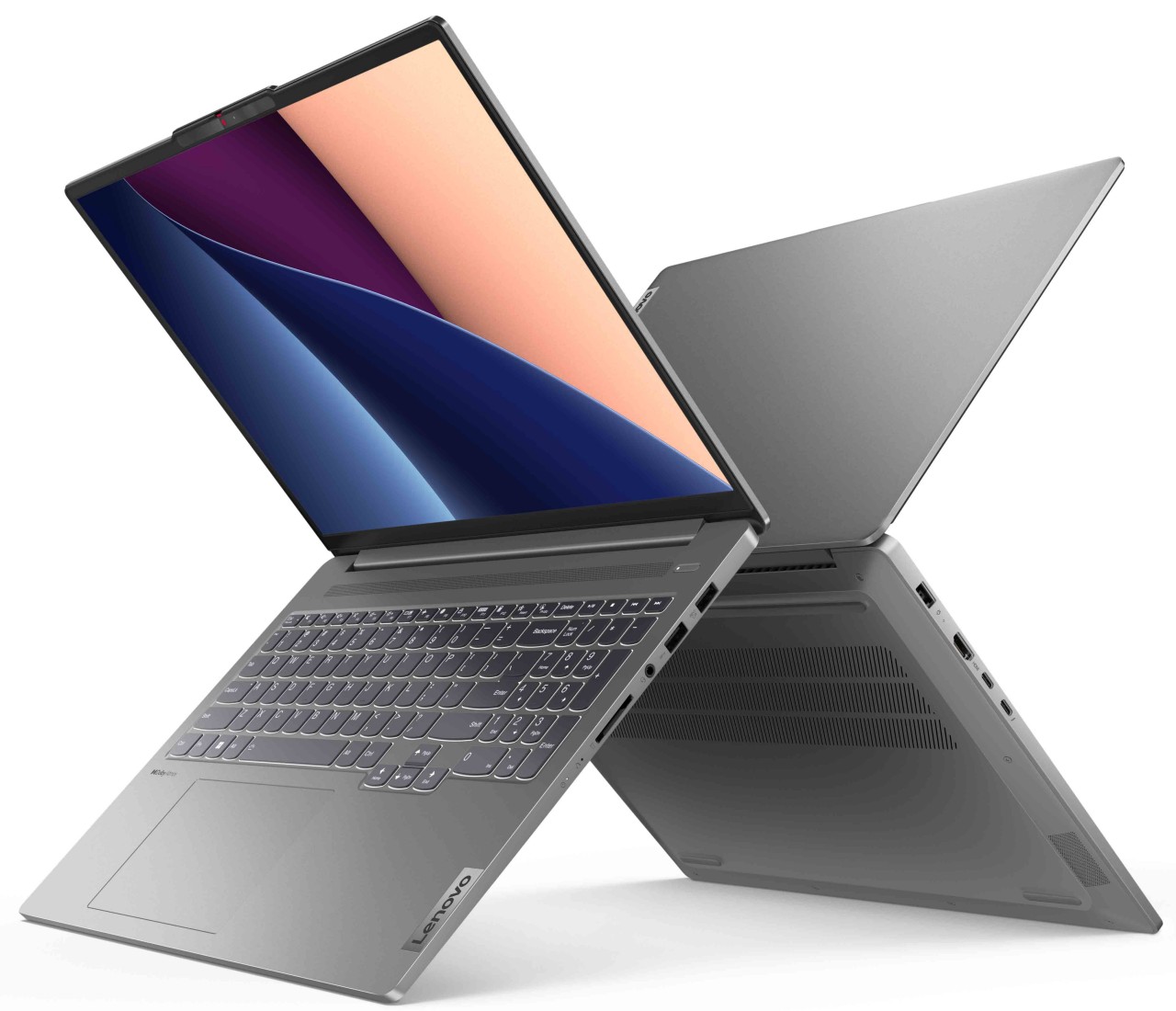
The post Lenovo IdeaPad Pro 5i and 5 offer reliable performance to mainstream users first appeared on Yanko Design.
